


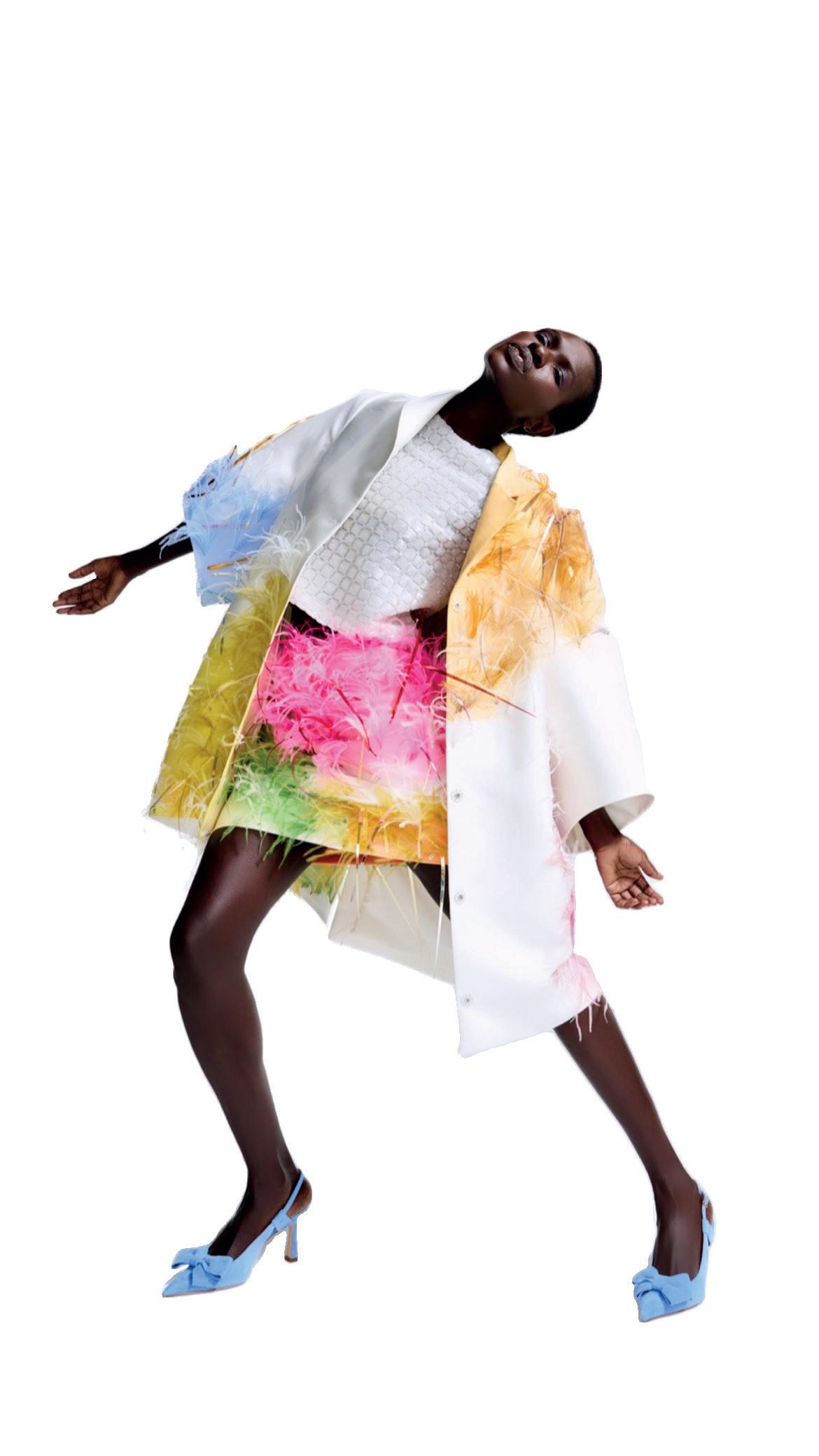


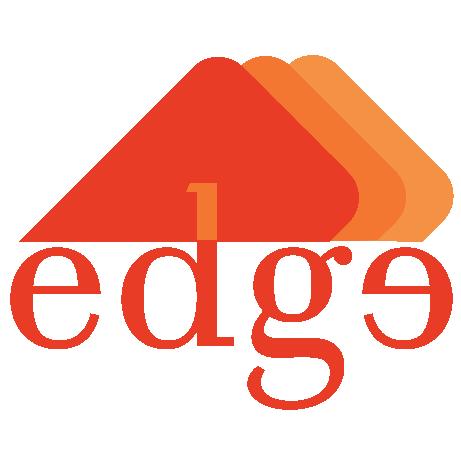

EAST AFRICA’S HOME OF FASHION
www.mycouture.africa/runwaykenya/
28TH - 30TH JUNE 2023, 4.30PM - 6.00PM
SARIT CENTRE, EXPO HALL
FREE ENTRY






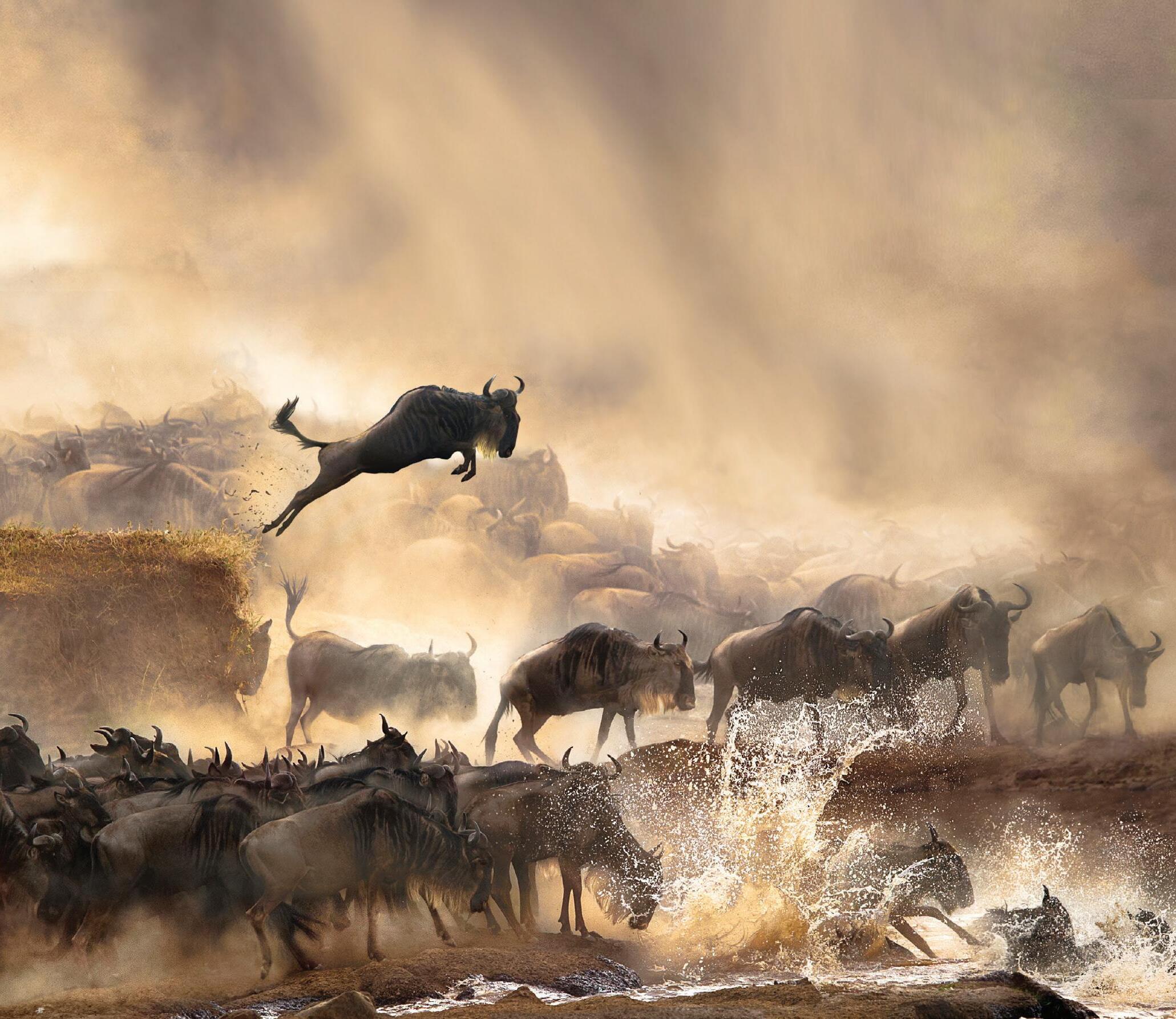




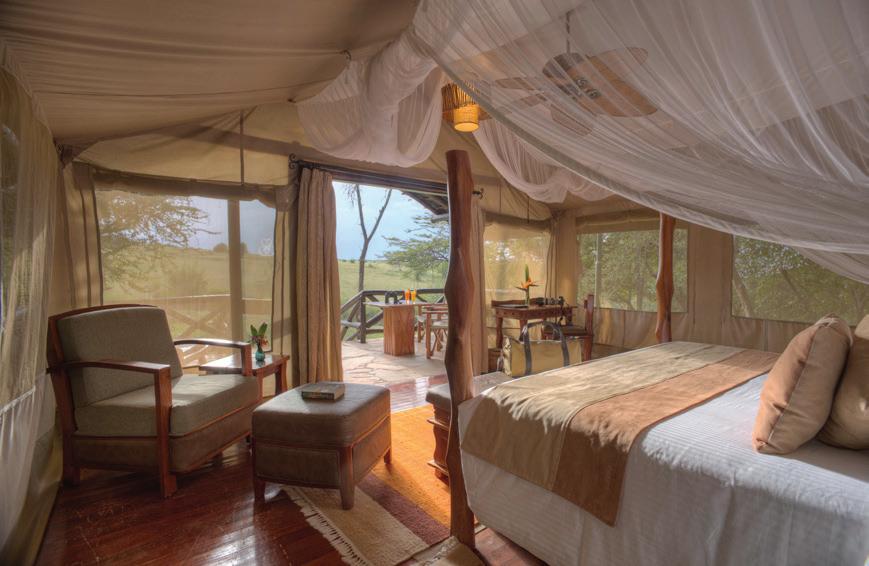










www.mycouture.africa/runwaykenya/
28TH - 30TH JUNE 2023, 4.30PM - 6.00PM
SARIT CENTRE, EXPO HALL
FREE ENTRY













It has been an exciting season at Couture Africa Limited with lots going on, and we cannot wait to share it with all of you.
First, comes our spanking new content site, www. mycouture.africa where we shall keep you up to date on the latest fashion, beauty and lifestyle news and trends from across Africa. The website has been a labour of love, and quite frankly a very long time coming - but better late than never, right... Then comes Couture Africa TV available on YouTube and our website. From exciting event coverage to innovative custom shows, CA TV shall be a lifestyle channel like no other! On the event front, 2023 is already an exciting year. We have Runway Kenya coming to you this June, followed closely by Couture Arica Fashion Week - the first of which was held in Addis Ababa Ethiopia, and of course, Couture Africa Style Awards. Not to mention lots of smaller events sprinkled through the year.
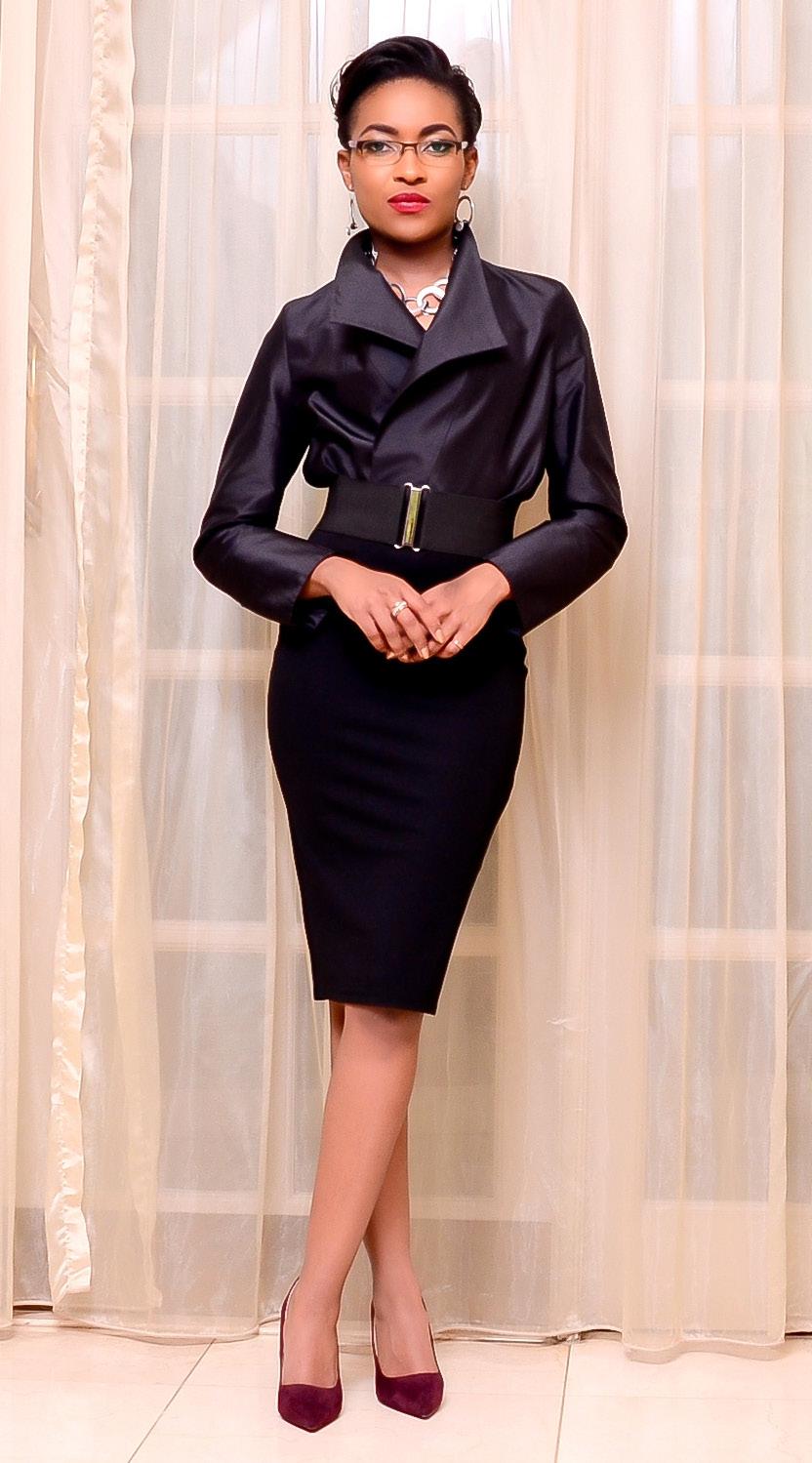
As we roll out the June issue of Couture Africa Magazine, we are excited to finally get back into our monthly publication cycle. This edition has been particularly interesting to put together as we share our take on Modern African Culture. We have exciting conversations with the best in industry from art and music to literature and dance. We also take a deep dive into your favourite foods and give you some tips on how to add a touch of contemporary African decor to your home.
On the fashion front, the IKOJN fashion shoot was an especially exciting one, at Manzili House - a Lamu-esque space in the heart of Karen. We also feature one of Kenya's leading Jewellery designers, MARO and bring you the latest style and accessory trends.
As a natural skin care enthusiast, the Beauty Section is a personal favourite, where we highlight traditional regimes for hair, skin and nail care that are still being used today. Did you know that there's a natural stone that works the same way a deo does? #MindBlowing!
I'm curious, what does African Culture mean to you? Drop me a line on olive@mycouture.africa because I love, love, love, hearing from our readers! If you're doing something interesting and exciting that you think we should feature, send that email. We're always looking for unique and informative content, and are of course keen on celebrating ALL THINGS AFRICAN!
Until next month, Love, Light and Blessings to All.

Caroline Warui | couture@mycouture.africa
STAFF WRITER
Leilah Namwezi | leilah@mycouture.africa
PHOTOGRAPHY
Khalifa Louie | @khalifa_louie
STYLING
Ruth Odhiambo | @ruthodhiambo
CONTRIBUTORS
The African Heritage House
Mwangi Maingi
HAIR & MAKE-UP
Joan Cheruiyot | @_lelesta | MAC Cosmetics
Christine Lando | @_teenar_
Dgohnie Hair Arts | @dgohniehairarts
KENYA OFFICE:
+254 11 431 7 633 | couture@mycouture.africa
The COUTURE House, Nairobi, KENYA
© Couture Africa (K) Ltd
COUTURE Africa Magazine is published by COUTURE Africa Limited of P. O. Box 2968 Nairobi 00621 Kenya.
All rights reserved. Reproduction in whole or in parts without written permission from the publishers is strictly prohibited. While every care is taken in preparation of this magazine, the publishers cannot be held responsible for the accuracy of the information held herein, or any consequence arising from it.
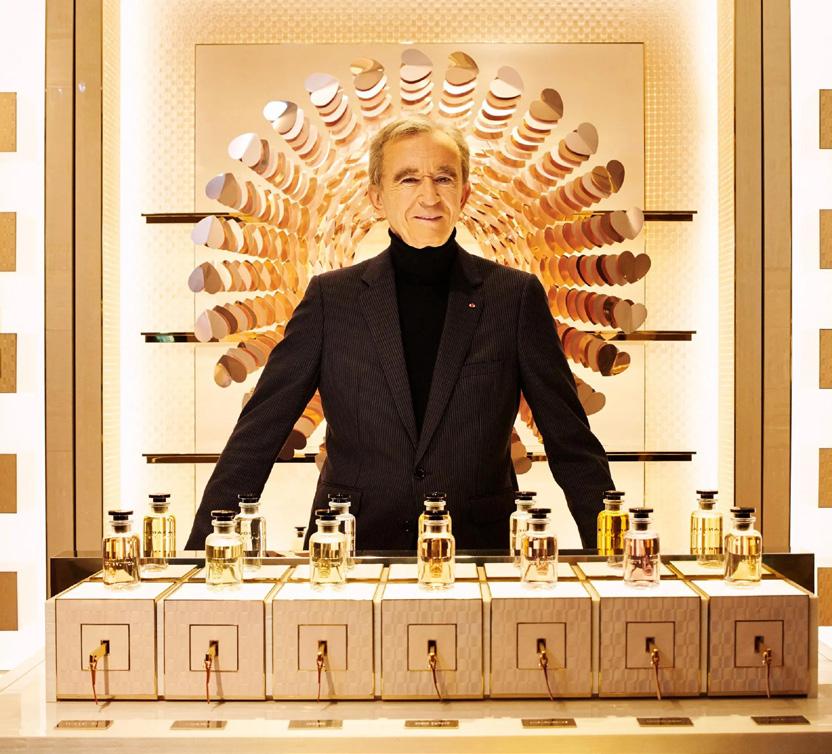

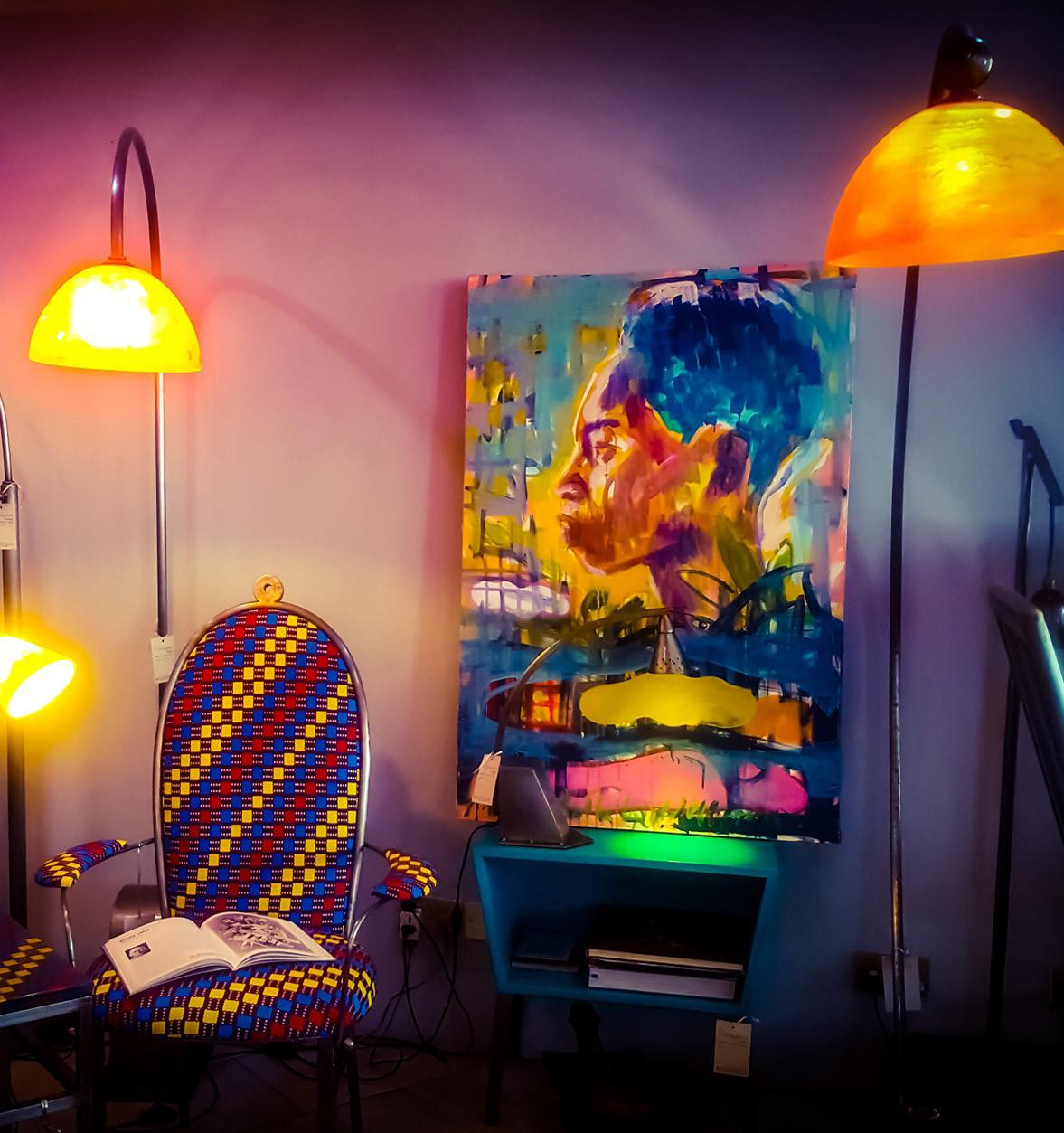

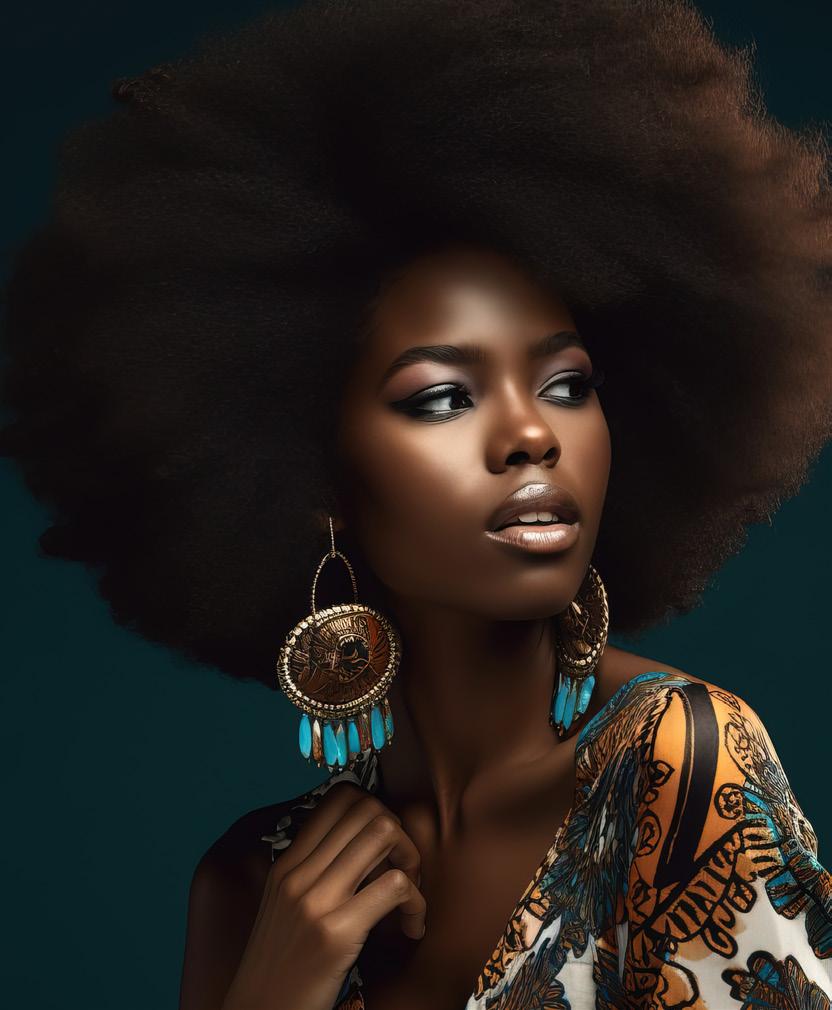
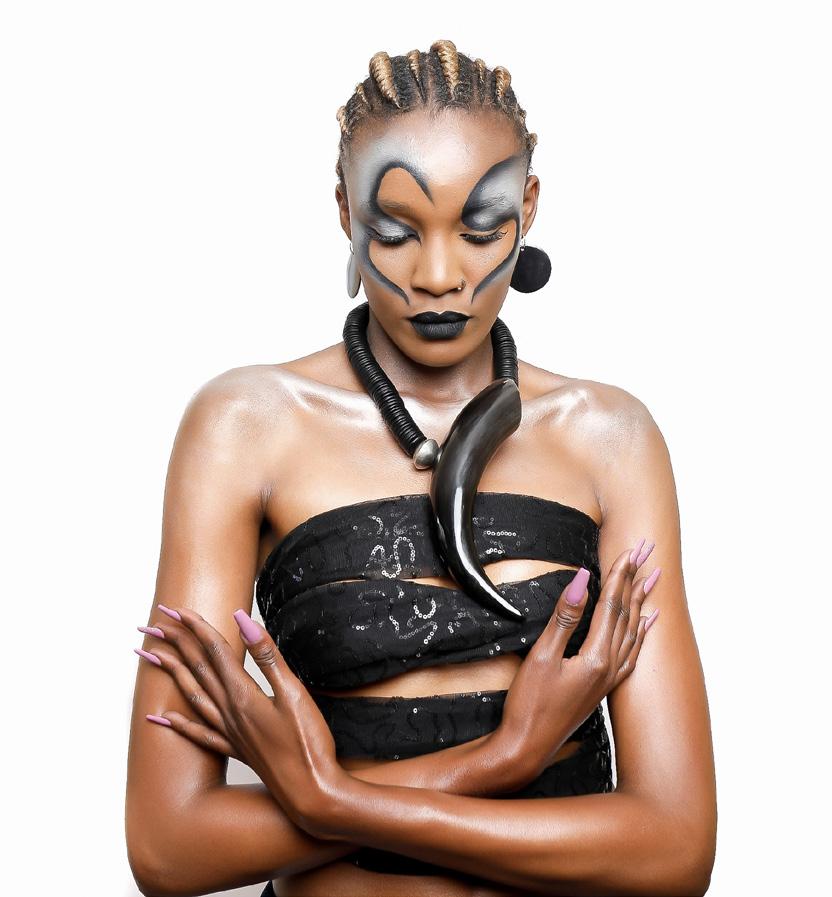
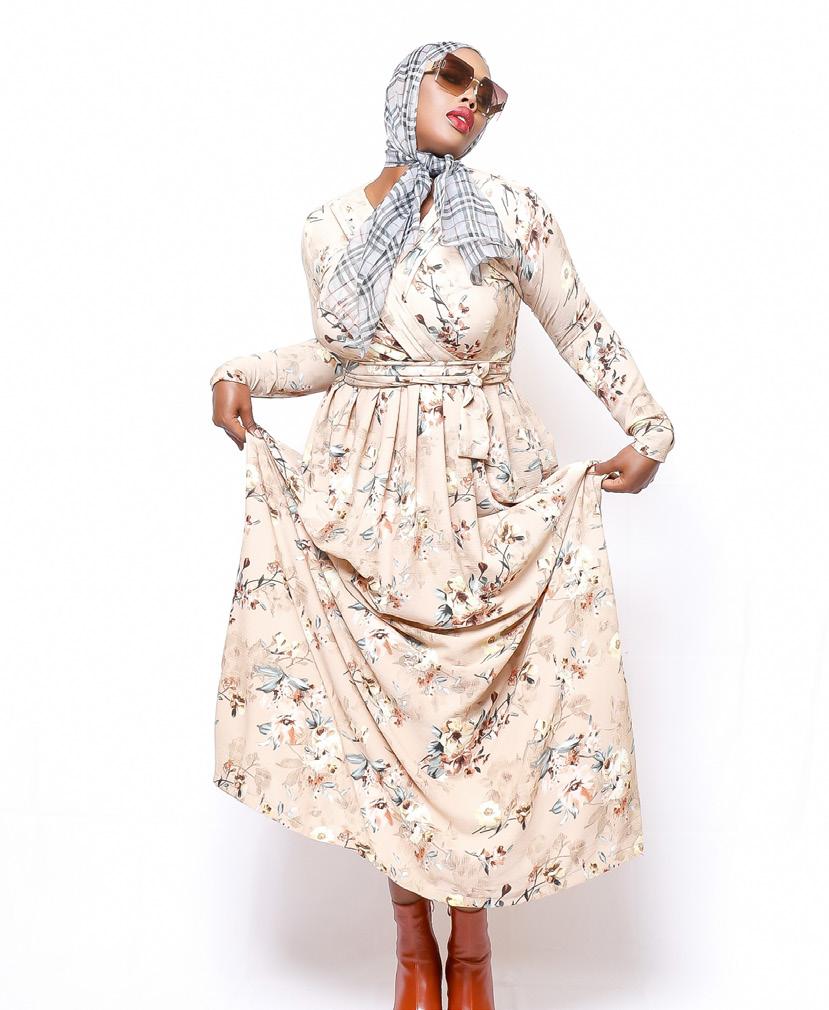
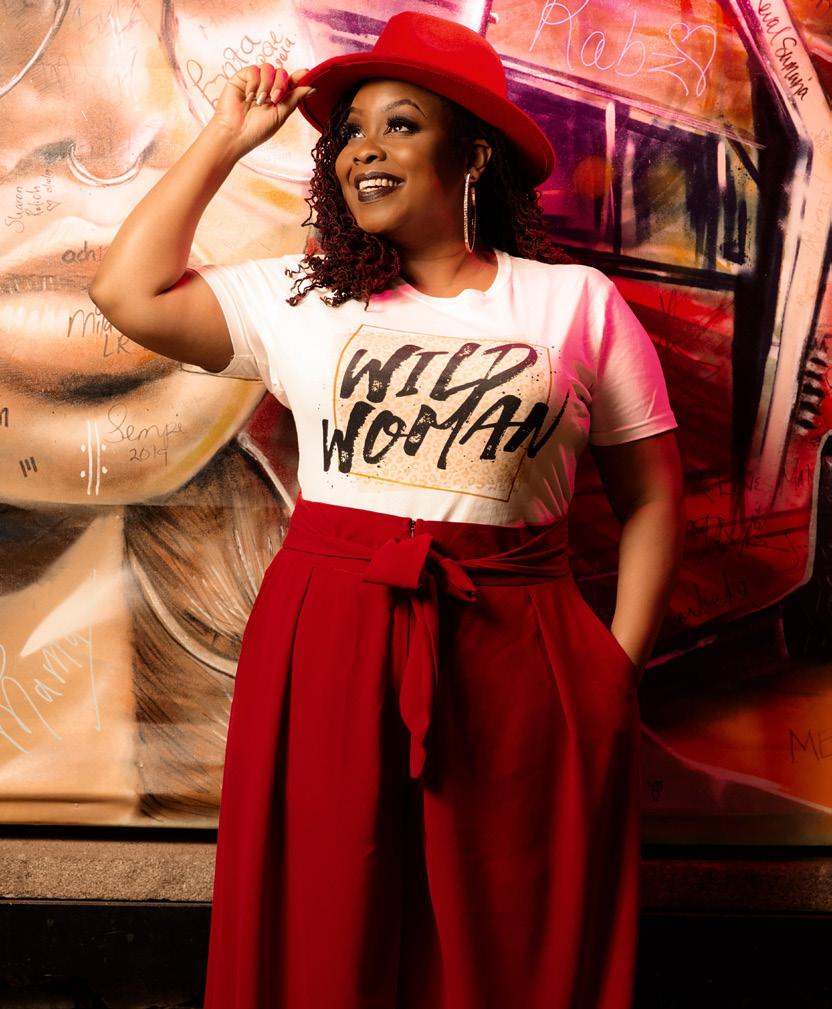

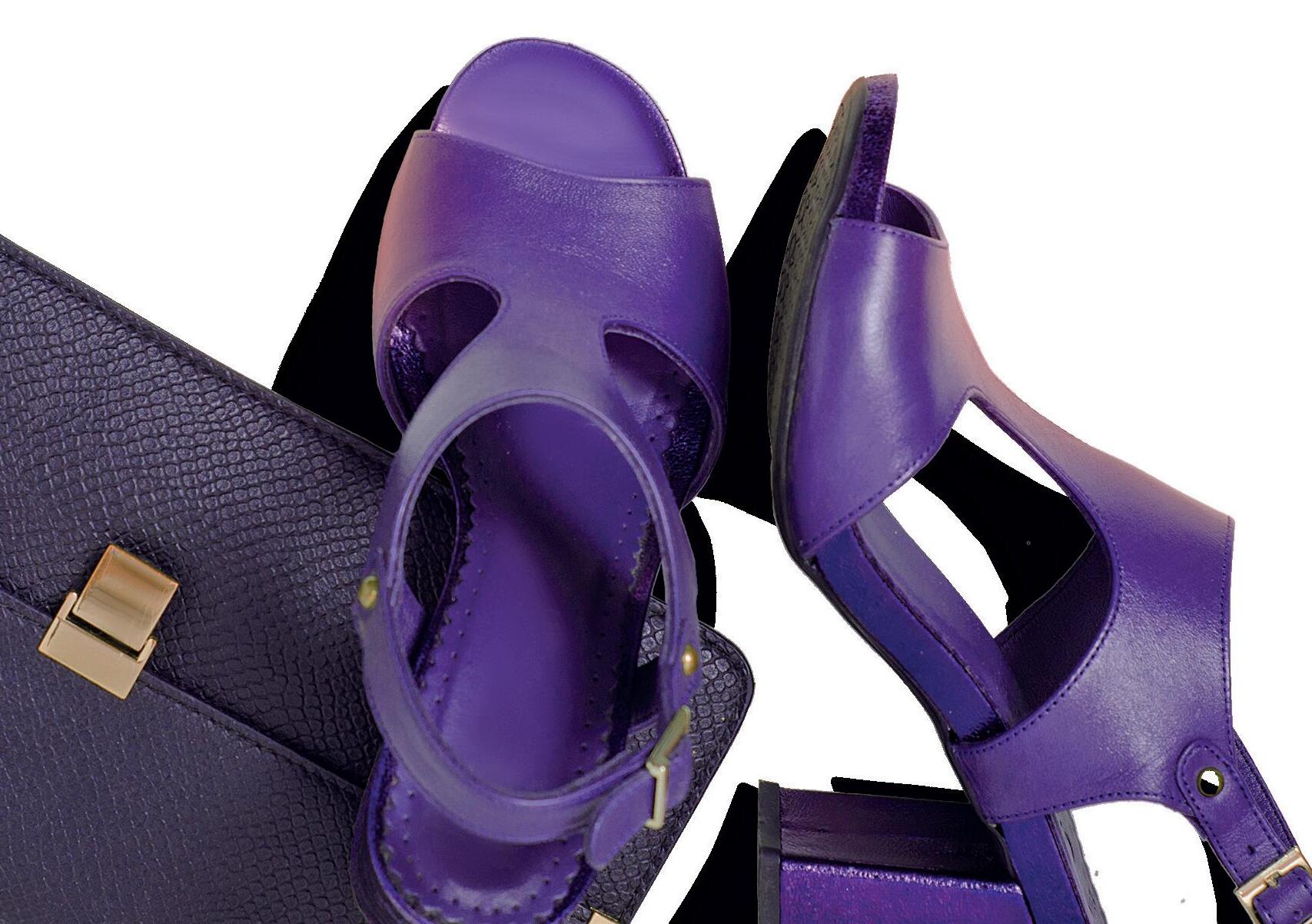 COUTURE AFRICA MAGAZINE PRODUCTION TEAM SHOOT ASSISTANT
COUTURE AFRICA MAGAZINE PRODUCTION TEAM SHOOT ASSISTANT






Queen Charlotte: A Bridgerton Story is a 6-part limited series that launched on Netflix on 4th May 2023. A prequel spin-off of the Netflix series Bridgerton, it focuses on young Queen Charlotte's rise to prominence and power. The Shondaland produced Netflix limited drama series had a luxe African launch event at the Quoin Rock Wine Estate, Stellenbosch, Western Cape, South Africa that saw media personalities and content creators from across the continent head down to South Africa for a truly glamorous high-tea experience. The regal event saw the best of African creativity expressed in Britain’s vintage imperial fashion-inspired outfits, presenting us with classic looks fit for royalty, in keeping with the theme, “High-society Bridgerton Garden Party with a hint of afro chic’.
Kamala Harris, the Vice President of the United States of America, recently visited Ghana as part of her Africa Trip that included Tanzania and Zambia. The visit saw Vice President Harris attend a cultural event at the Cape Coast Castle, one of Ghana’s most historic landmarks. It was built by the British in 1653 and has served as a reminder of the country’s dark history of slavery. During the event, Harris gained a greater understanding of the castle’s significance and the impact it has had on Ghana’s identity. She was also able to pay her respects to those who had been taken away as enslaved people and to honour their memory. It was a moving experience for the Vice President, who gained a deeper understanding of Ghana’s history and culture.
The Women In Film Awards [WIFA] Kenya is an event dedicated to celebrating the accomplishments of women in the film industry. The awards ceremony honours outstanding women who have made a significant contribution to the Kenyan film industry, as well as those who have excelled in various areas of filmmaking. The 4th Edition of the Women in Film Awards Ceremony that took place on 8th March 2023 at the Kenya National Theatre and recognised and honoured 26 women filmmakers in various categories such as best director, best editor, best cinematographer, best screenplay, best actress, best producer, best sound designer, and more. By celebrating the achievements of women in the industry, the event is helping to create a more inclusive and diverse film industry in Kenya. In addition, it provides a platform for women to share their stories and perspectives, inspiring others to pursue their dreams.
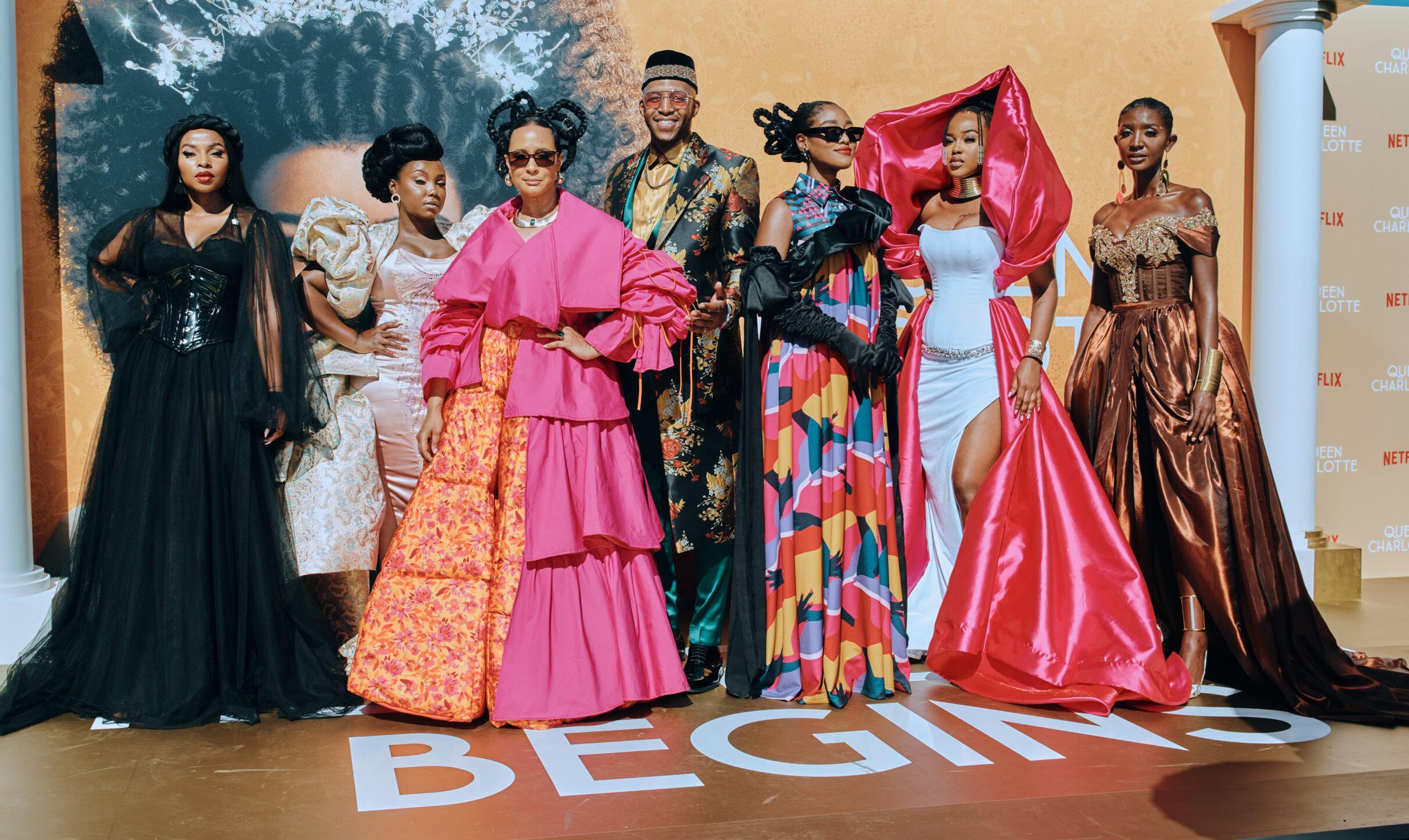



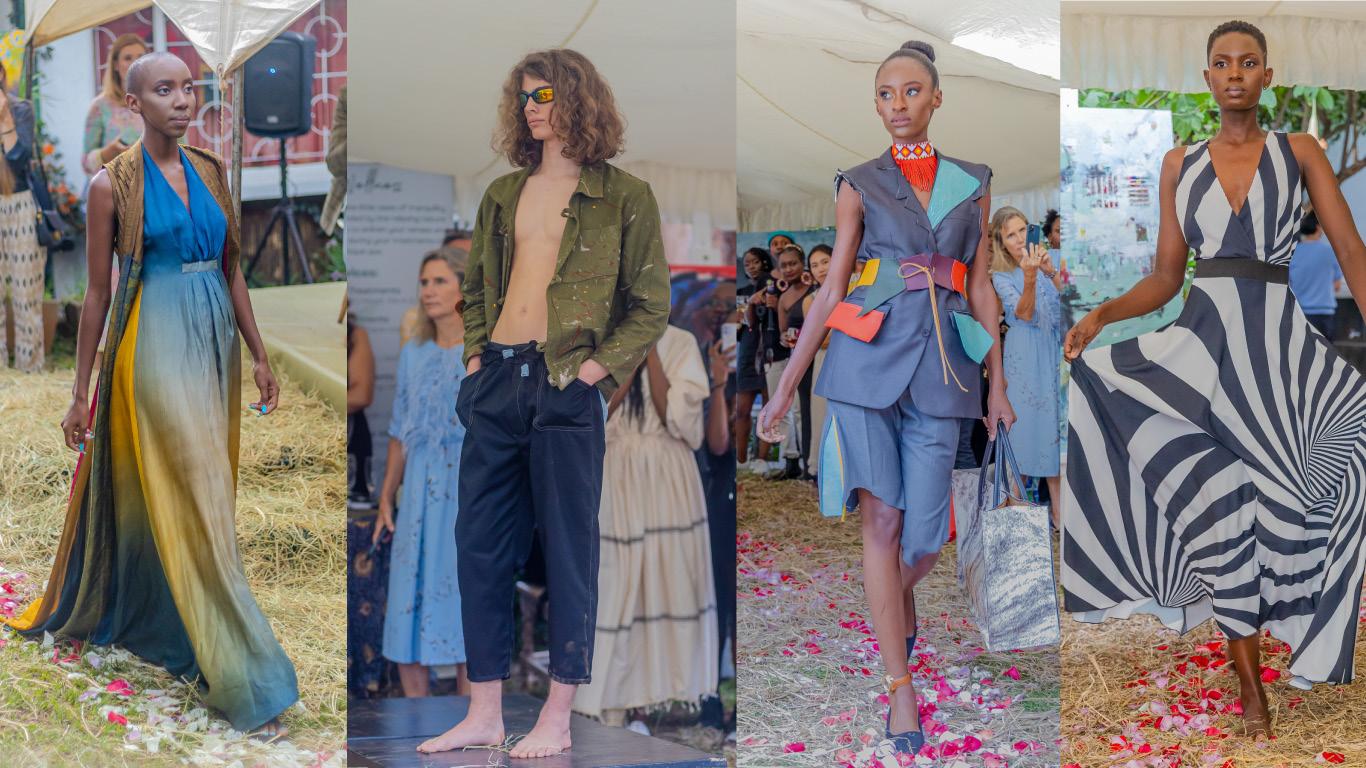
Nairobi Fashion Week organized a unique afternoon event that combined fashion and art to promote their “JUST Fashion” initiative at Chez Sonia Restaurant in Nairobi. They delved into a topic that calls for a fundamental shift in the way we think about fashion. A talk about sustainable fashion, moderated by Yvonne Ndege, was held at the event with a panel that included Katrin Aidnell (the Regional Environment and Climate Change expert), Bangalore Simidi (General Manager of Africa Collect Textiles) and Deepa Dosaja (a pioneer of Sustainable fashion). Subjects covered were the importance of creating a fair and eco-friendly fashion industry in Kenya; a shift away from the fast fashion that has become so pervasive and destructive to our planet. They talked passionately about the need for a more ethical and sustainable approach to fashion and the importance of caring for our world, our people, and our clothing.
First curated in 2018 by Couture Africa and Ajuma Limited, RUNWAY KENYA is a ready-to-wear fashion showcase that focuses on the business of fashion; from linking fashion and accessory designers to new markets to unpacking the fashion value chain for notable partnerships and networks to facilitate the growth of the Kenyan apparel and accessories industries. This year, RUNWAY KENYA shall take place within the East Africa Textile and Leather Week at the Sarit Centre Expo Hall, Nairobi. The showcase is aimed at highlighting the trade potential of fashion designers from Africa. The fashion and textile industry is the second-largest sector after agriculture in Africa, with an estimated market value of $31 billion in 2020 and growing every year, with the potential of creating jobs for millions across the continent, especially for women and youth.

Global beauty brand, The Body Shop, has entered the Kenyan market aiming to meet the growing demand for ethically and sustainably produced beauty products. The British-founded, changemaking beauty brand which retails over 800 products opened its first outlet at The Village Market through exclusive franchisee, The Mask Retailers. The Body Shop has also disclosed plans to launch an e-commerce platform to enable consumers in the East Africa region easier access to their products. Sarah Jackson, The Body Shop EMEA Franchise Business director said Kenya is a fast-developing economy which is well positioned to attract global brands and they are aiming to strategically have a share of this market. "The Kenyan consumer deeply cares about how ethically and socially conscious a business is across its entire value chain and also value for their money," Jackson said.
The natural skin care trend has seen an upsurge in the demand for traditional oils that have been used for centuries in Africa as part of natural skincare regimes. This famously includes shea butter, coconut oil, baobab oil, marula oil and argan oil amongst others. International beauty brands cannot seem to get enough of these oils as they aim to meet consumer demands and keep up with trends. In the same breath, the natural skincare trend has also seen the birth and drastic growth of African brands that are successfully serving both local and global markets. Whilst many of these brands strive to be conscious manufacturers supporting the communities they extract these precious oils from, we are yet to see large economic gains for African countries as a result of these previously overlooked commodities. This however cannot be far down the road as we believe we are still at the beginning of conscious consumption and organic beauty production. What is your favourite skincare brand? View a list of our Top African Beauty Brands on www. mycouture.africa.
With millennials being the first generation to grow older online, the need to stay and look forever 25 has never been so rife. This, perhaps, may be the reason why the fresh-faced natural make-up look is taking root globally, making it a trend that is quite likely to become a revered classic. Natural makeup is all about enhancing your natural beauty, only using makeup to create a flawless finish. This versatile look is not as easy to achieve as many people think and can best be positioned as the minimalist’s approach to makeup. With the increasing power of social media influencers and the woke-ness of GenZ’s, those seen to be overly made-up [or airbrushed for that matter] are being shunned for not being realistic in the depiction of their real appearance to their followers. So if you’ve never been big on statement eyes, and louder-than-life lips, you can rest easy, your natural beauty is now in vogue.



"Queen Cleopatra" is a captivating 4-part documentary series that explores the life of one of the most renowned, influential, and often misunderstood figures in history, Cleopatra. The life of Cleopatra has been a topic of much discussion and myth. However, this docu-series aims to reevaluate this aspect of her intriguing story, including her romantic life, in a fresh perspective. Additionally, the series is positioned to showcase Cleopatra's intellect as one of her most potent assets. The series trailer has brought mixed reactions - especially from Egypt - with some noting that the actress and other cast members do not resemble the lighter-skinned and more European-looking Egyptians of Cleopatra's time. The Egyptian government also issued a statement from its Ministry of Tourism and Antiquities, citing artefacts and coins from the time that suggest Cleopatra had a 'light complexion' with Greek 'Hellenistic characteristics.' Dr. Mostafa Waziri, secretary-general of the Egyptian Supreme Council of Archaeology, called the Netflix project “a falsification of Egyptian history and a blatant historical misconception”. “Everybody in that movie who is supposed to be Egyptian looks like they came from West Africa or the south of the Sahara. We as Egyptians are being called invaders and intruders in our own culture. This has been going on systematically,” said Egyptian comedian Bassem Youssef.
From Tsitsi Dangarembga, the author of the bestselling and widely influential Nervous Conditions, comes a ground-breaking essay collection on feminism in Black skin, Black and Female Essays. Dangarembga explores Zimbabwe's history of colonization and the creation of customary laws that have unfairly oppressed African women. She highlights the impact of this history on present-day society and emphasizes the importance of studying the past to address current issues, not just in Zimbabwe but globally. This paradigm-shifting essay collection weaves the personal and political in an illuminating exploration of race and gender. In her book, Dangarembga shares a personal story of being separated from her parents as a young child. She uses this experience to draw parallels to the damaging effects of human trafficking and enslavement in Africa. Dangarembga also criticizes the ruling party in Zimbabwe for only including women in certain areas while ignoring the valuable contributions of self-actualized feminists.
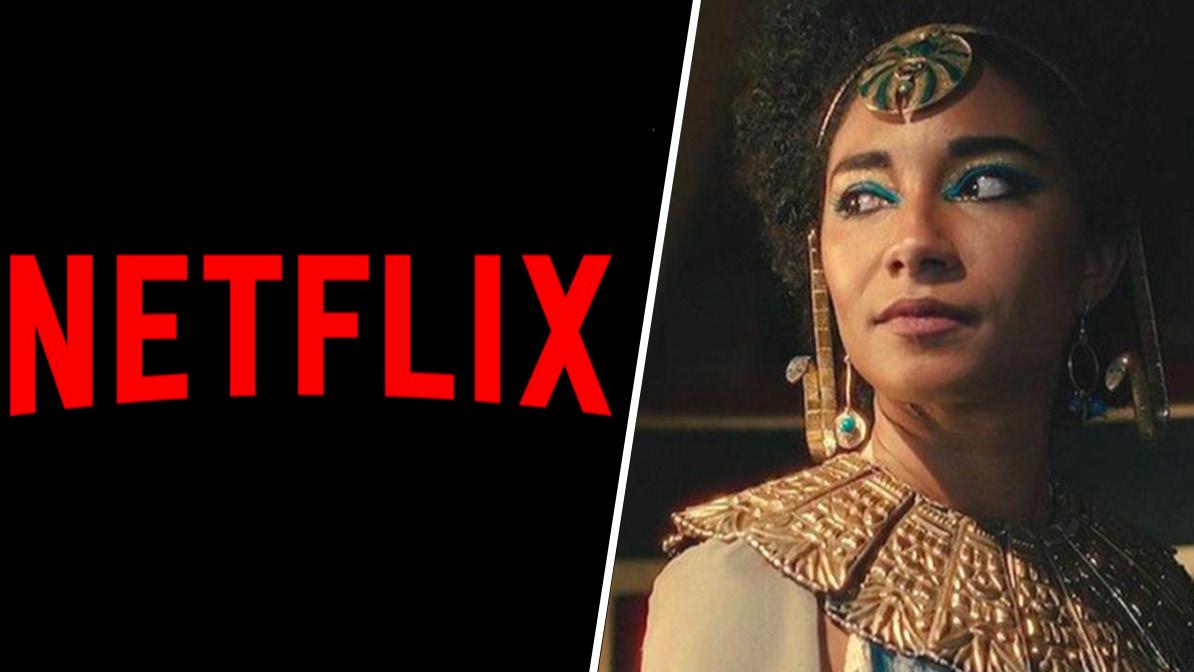

WHEN: Saturday 4th February 2023
WHERE: Tribe Hotel, Nairobi
WHO: Fashion Lovers and Enthusiasts
A warm dazzling night in Nairobi gave way to an extraordinary time at The Tribe Hotel on Saturday 4th of February 2023 as the most fashionable and outstanding of Nairobi’s fashion scene gathered to celebrate the 12th annual, Tribal Chic 2023. The night was focused on show casing 11 designers with the theme “Sustainability”. The night kicked off with an influx of guests eager to watch the show and a flow of drinks and bitings for guests to enjoy. Finally, the show begun with a bang and the hosts looked fabulous – with Angela Wambui in a glamorous green gown and Valentine Njoroge in a chic yellow jumpsuit – as they seamlessly guided us through the night. Designers that showcased on the runway included Aulgah Nato with Poetic Trends, Mariam Couture, Koki Designs, Studio Namnyak with Africa Lifestyle Hub, Seamline Atelier, Wildlife Works with Kapoeta by Ambica, Deepa Dosaja, Shenu Hooda and Lakira, Katush by Katungulu Mwendwa, Sors and Kiko Romeo with We are NBO.
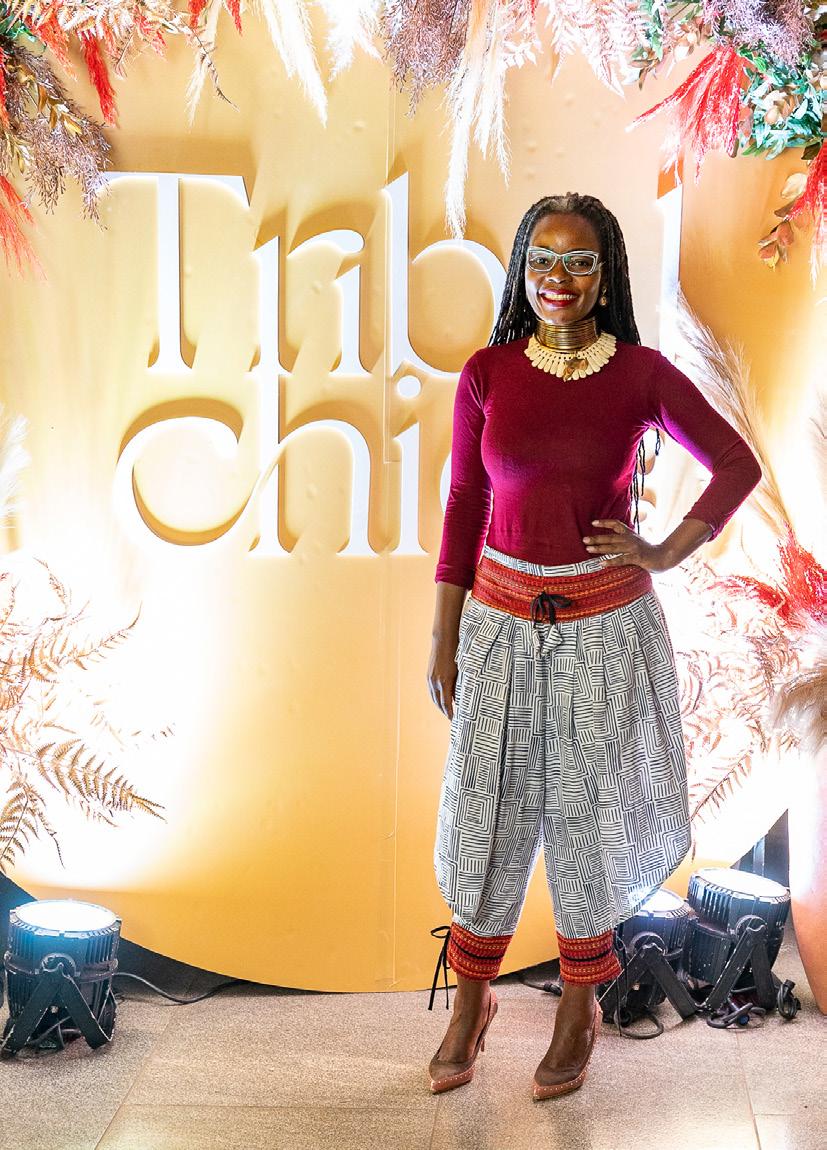

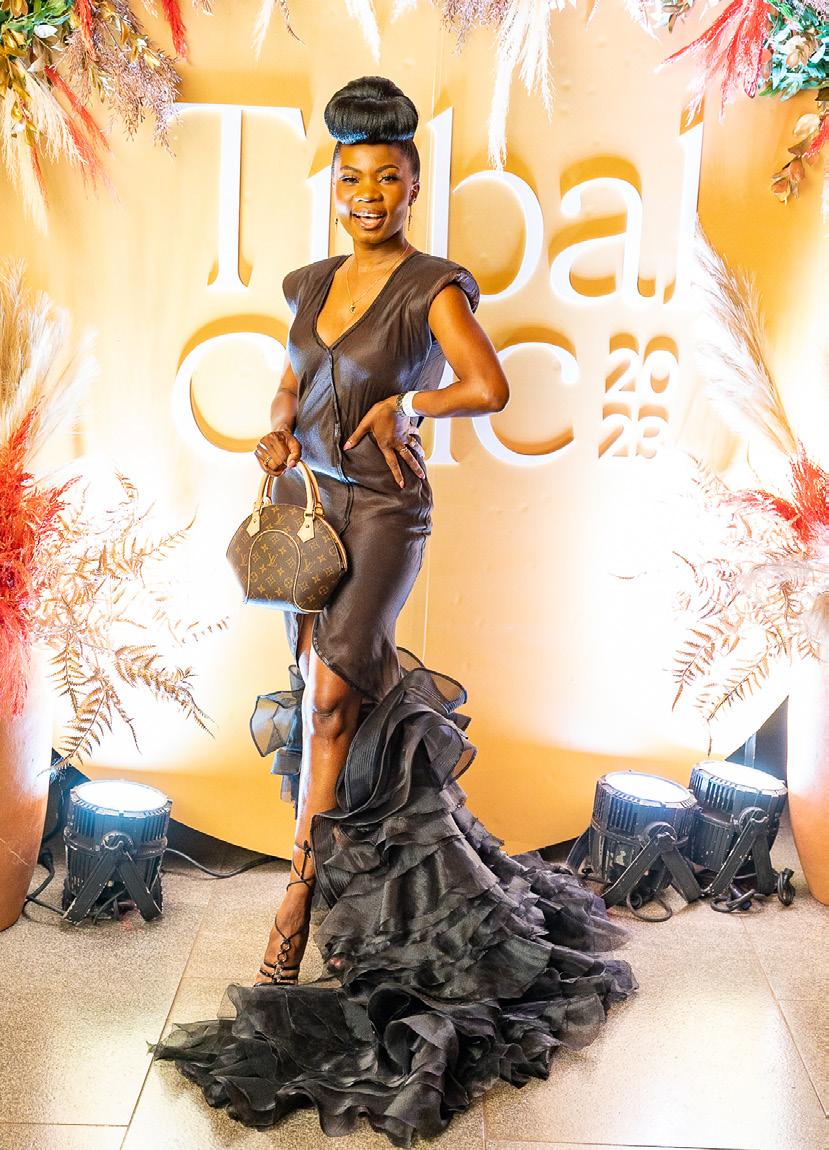

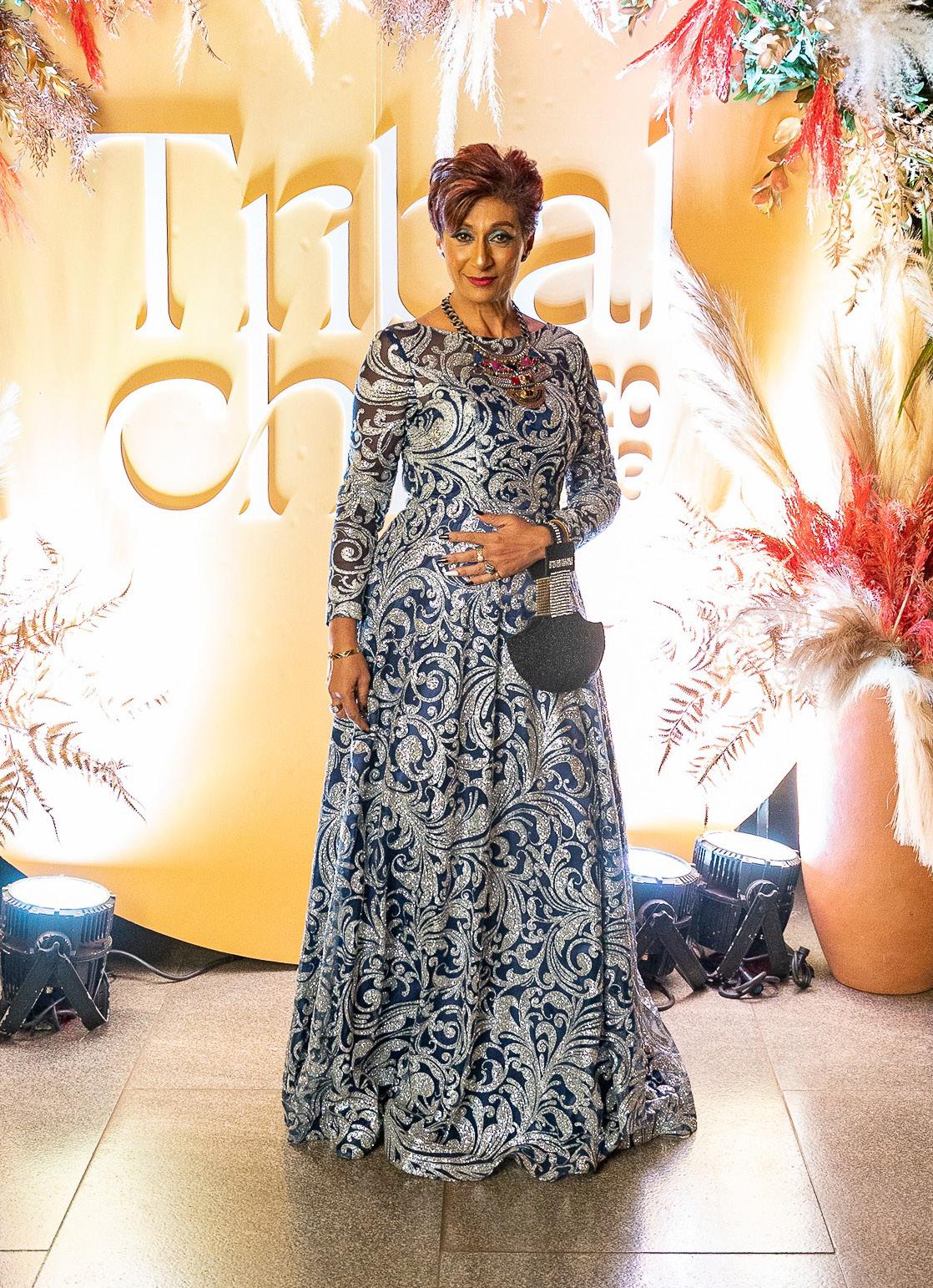
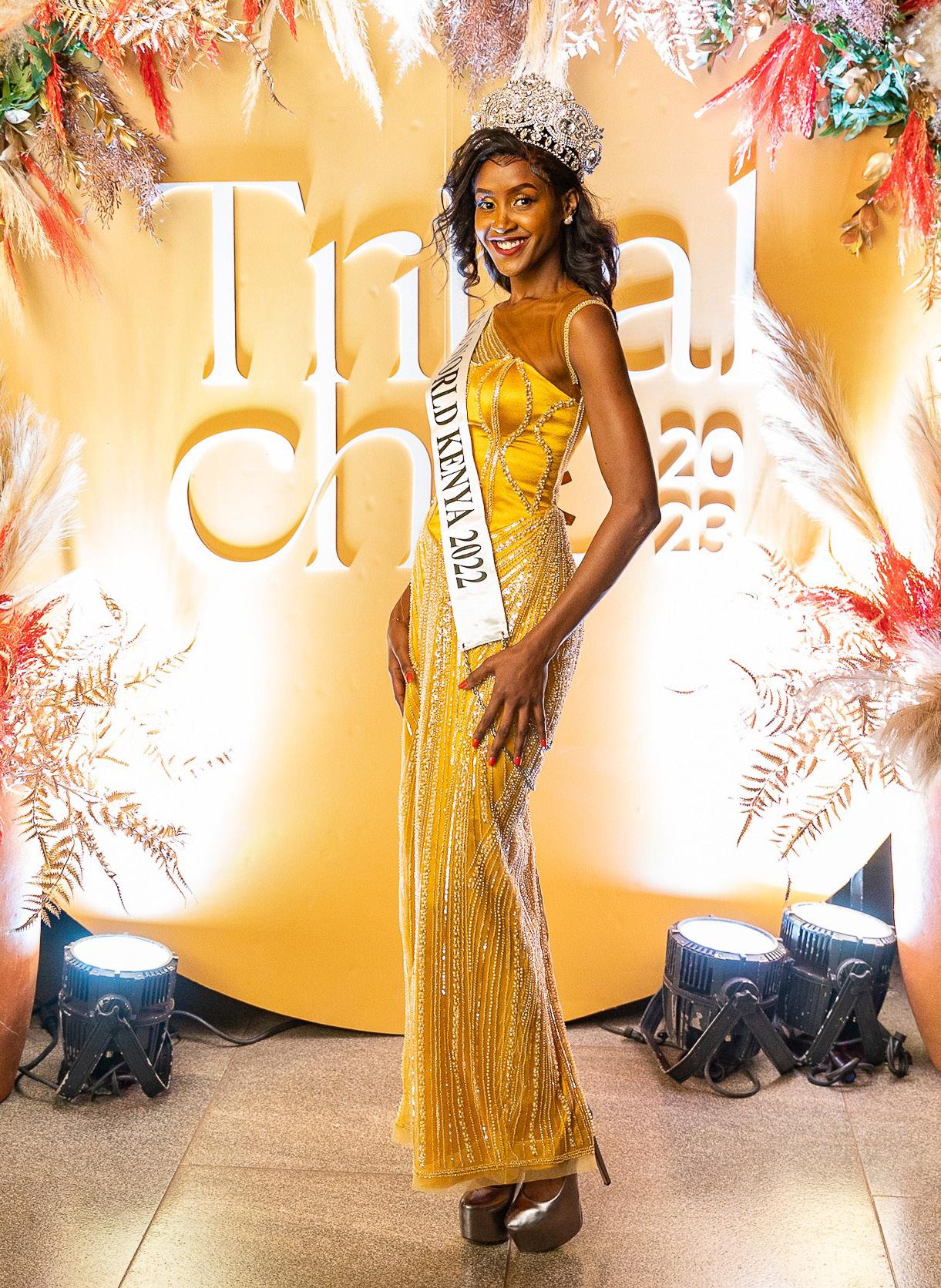


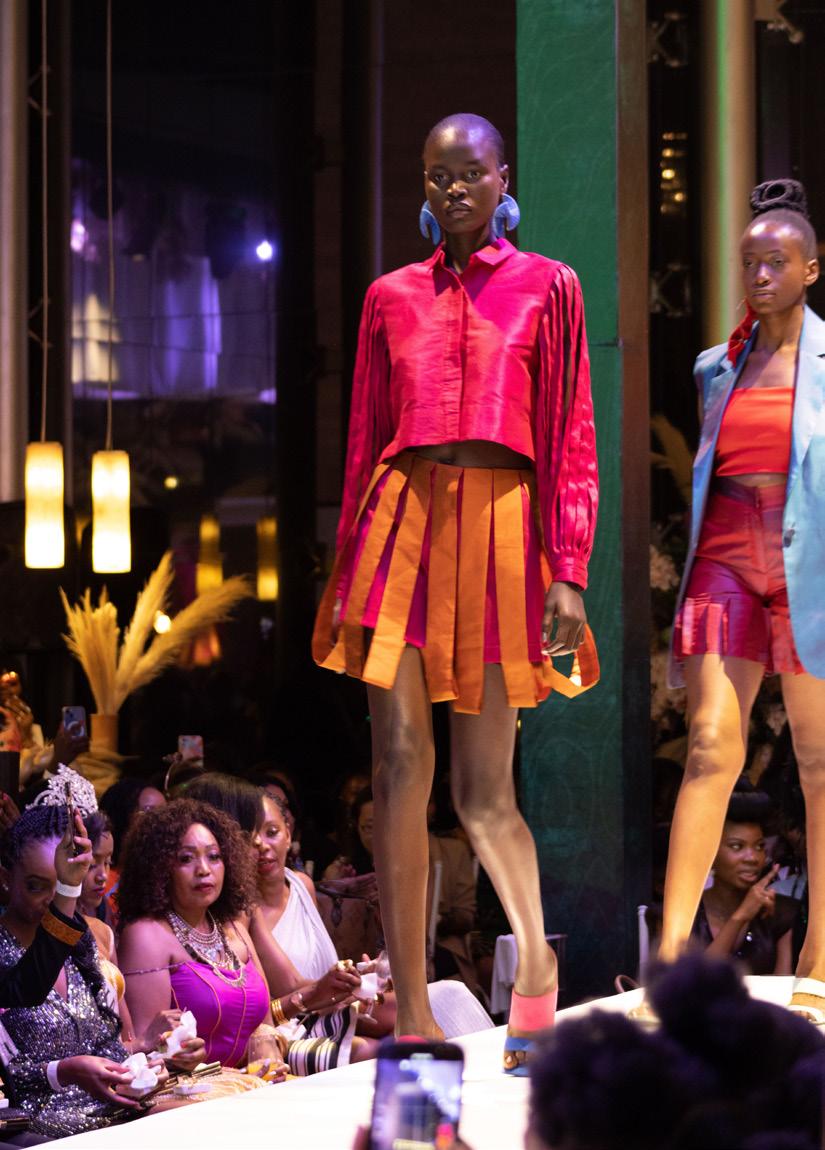

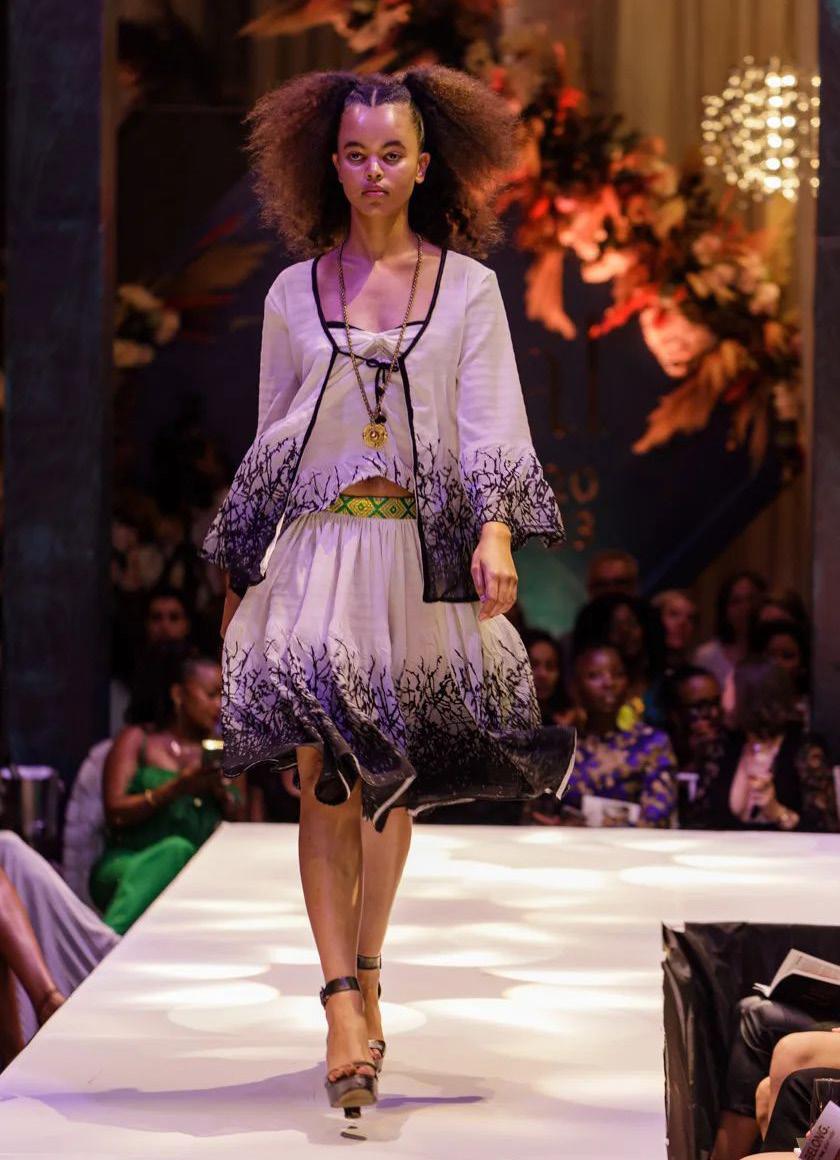


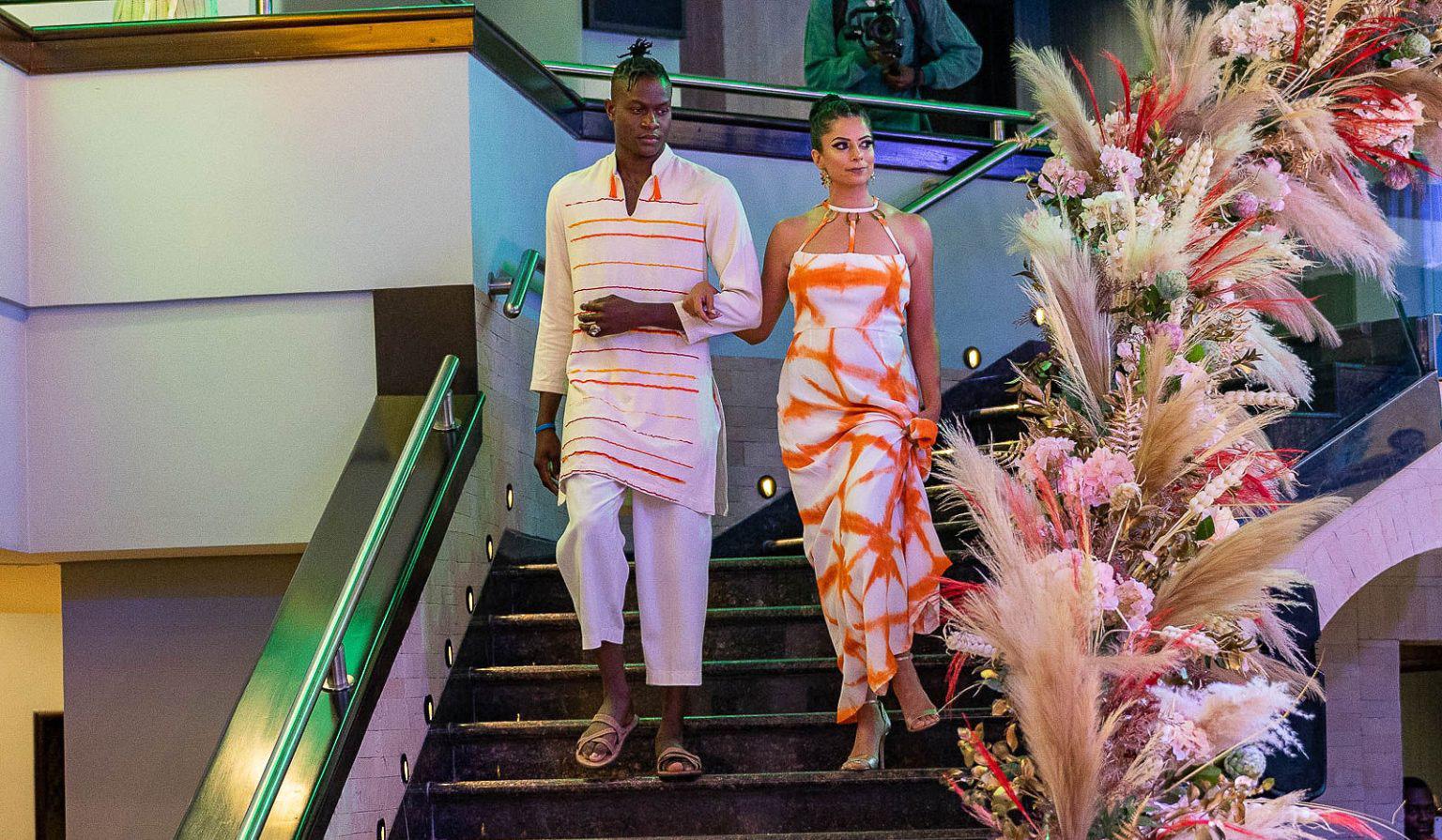
WHEN: Saturday 25th February 2023
WHERE: Zen Gardens, Nairobi
WHO: Fashion Lovers and Enthusiasts
This year’s Fashion High Tea was a luxurious experience exquisitely put together featuring fashion and beauty exhibitors, gorgeous guests dressed to impress and plethora of drinks. As expected, the event brought together lovers of fashion from all over Kenya and brands both local and international, culminating in a warm, glamorous and entertaining afternoon for all those in attendance. Proceeds for the 2023 event went towards Kenya Women and Children’s Wellness Centre [KWCWC] in support of Gender-Based Violence survivors. The afternoon began with an outstanding flow of guests dressed to the nines, decked out in gorgeous dresses and suites to striking fascinators and glamorous make up. The creme Nairobi’s social scene showed up and show out. The fashion show featured designs by Afrostreet Kollektions, Cocolili, JR Passion for Jewellery, Kipépéo, Koki Designs, Shenu Hooda, My Soul Tonic and Opium by Khalida Wild.



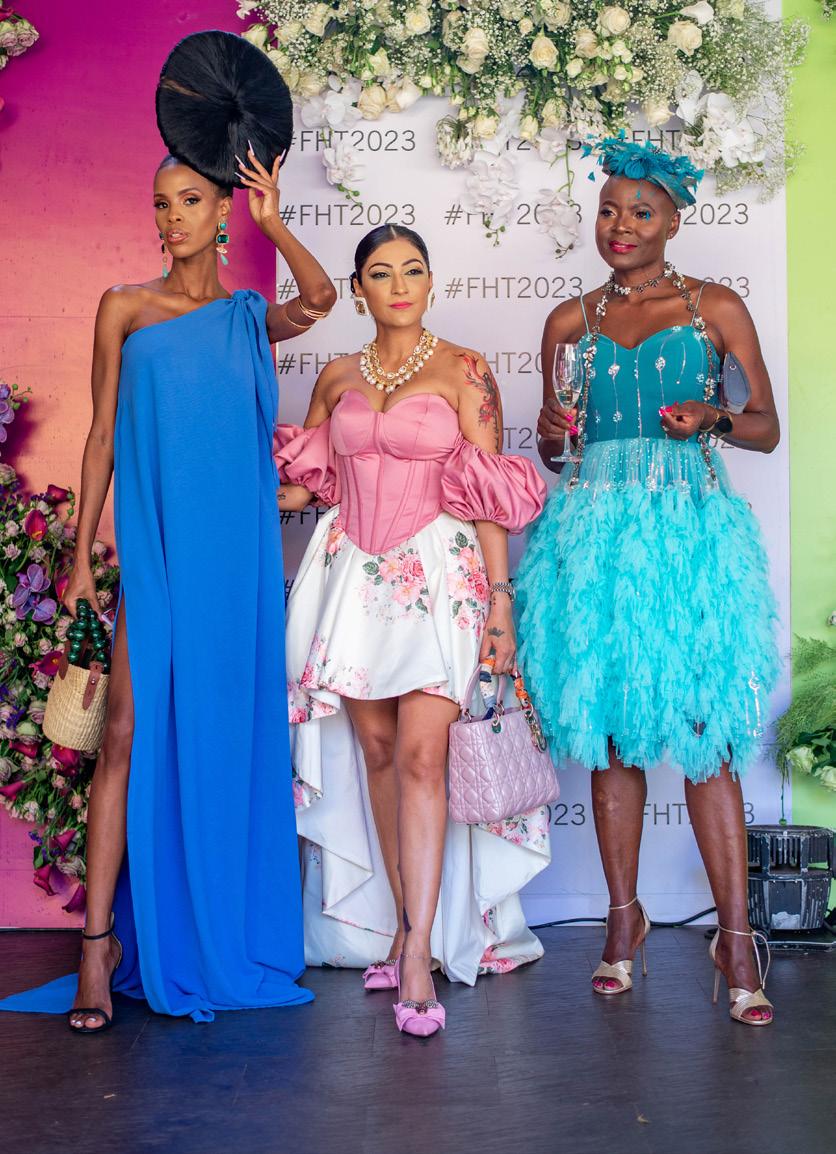

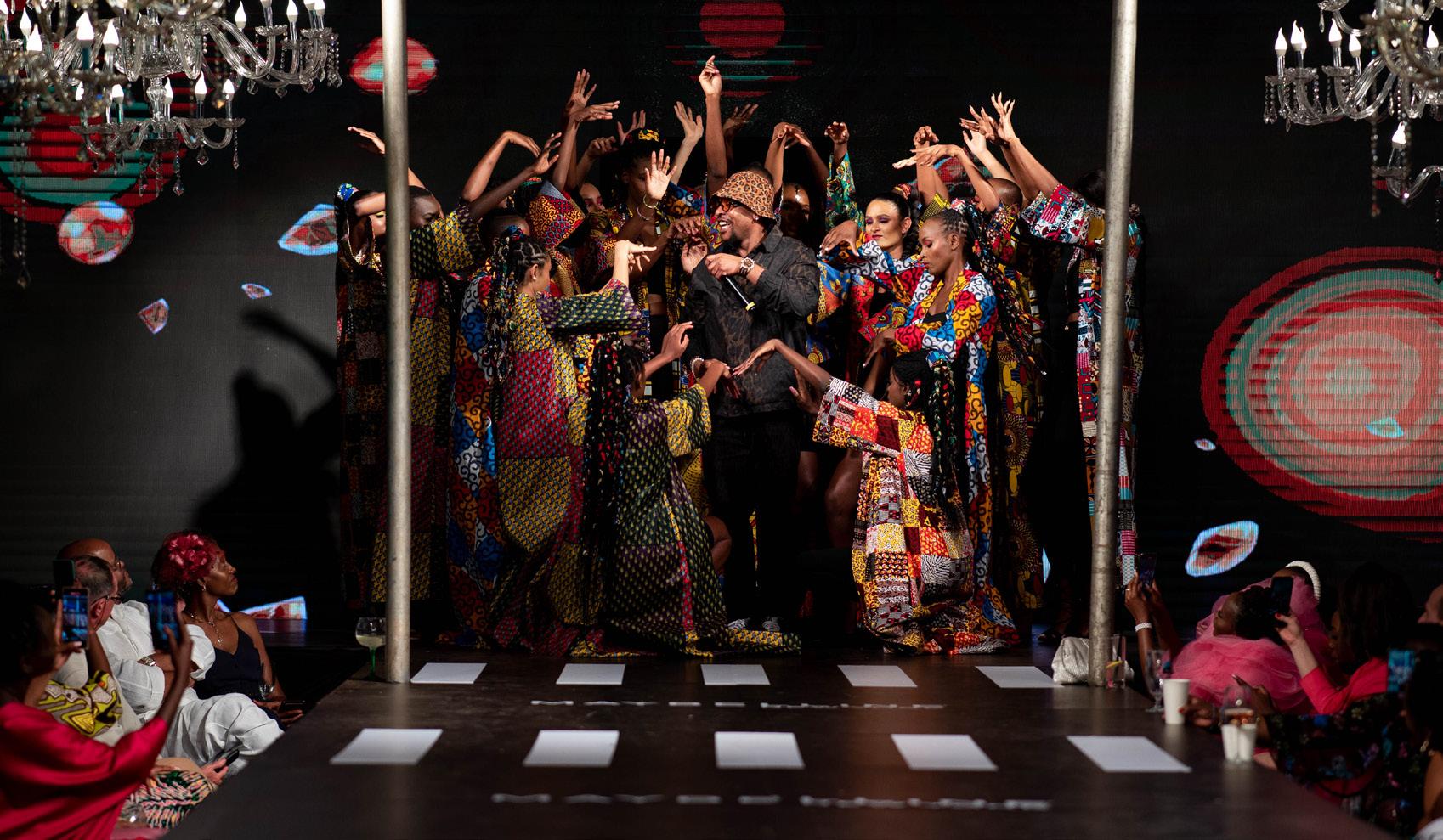

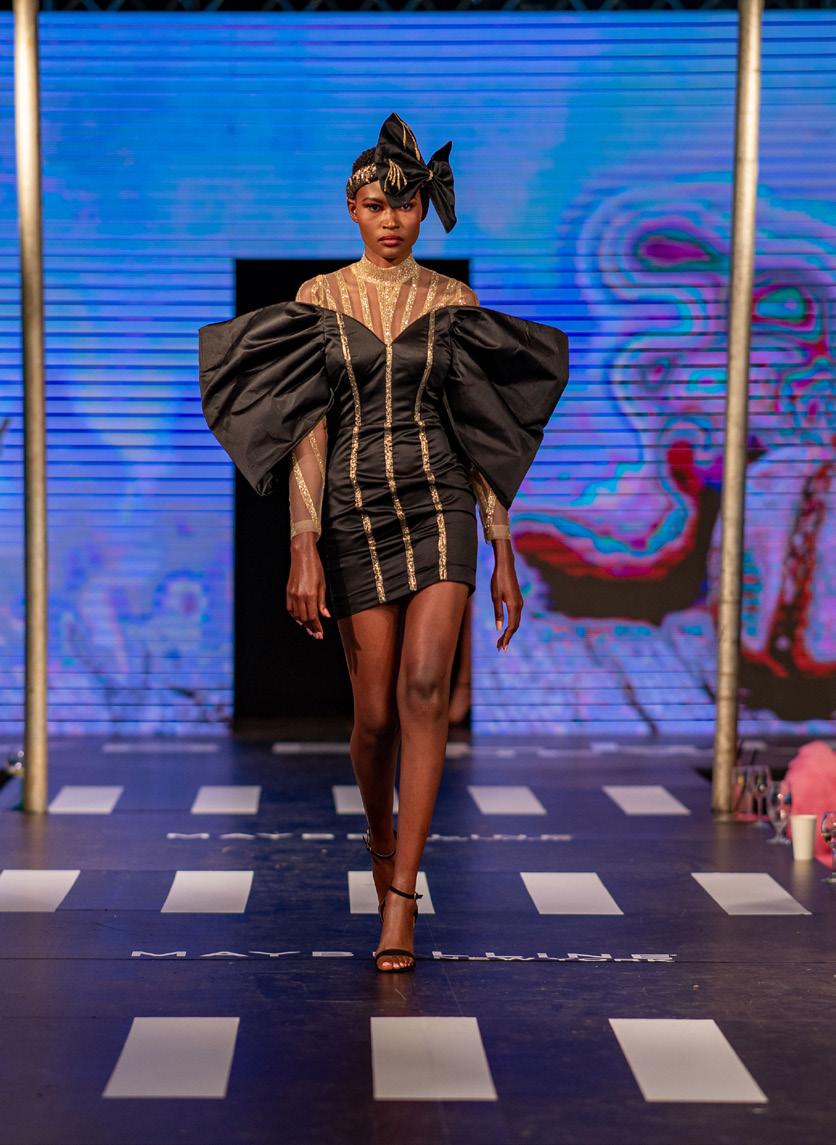




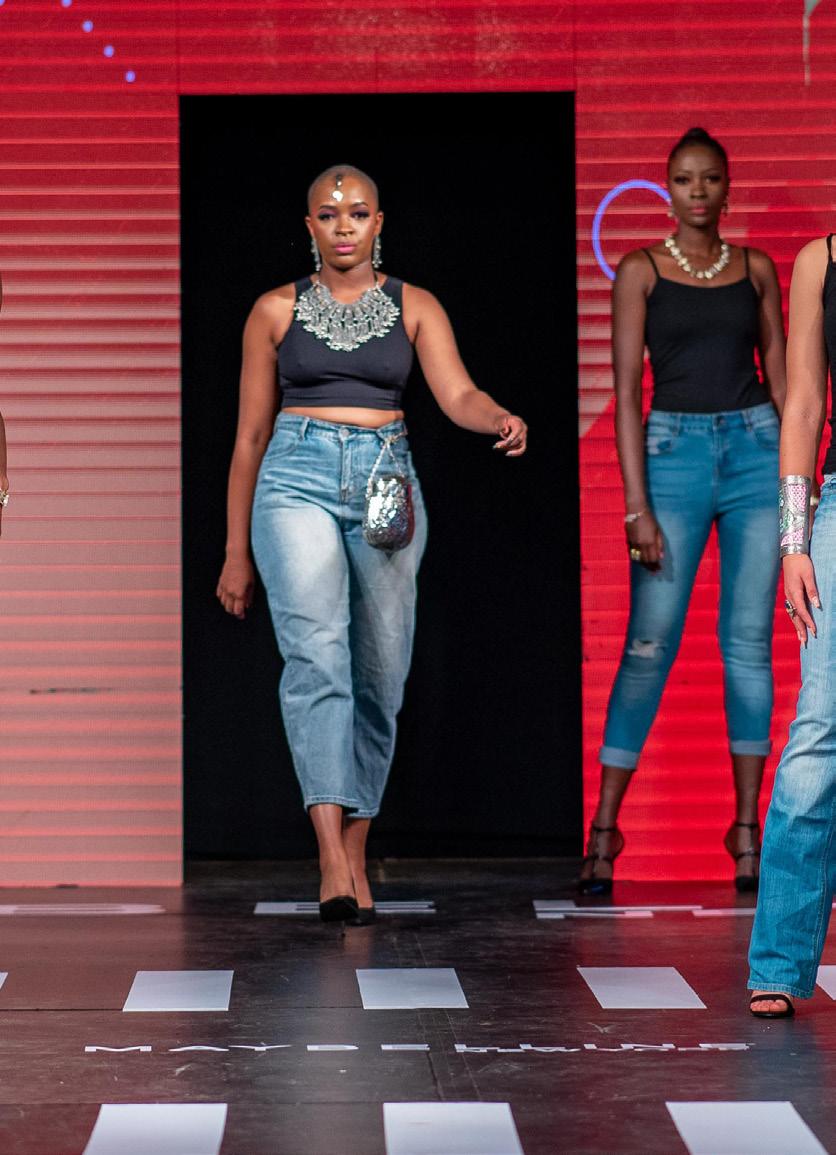
WHEN: Saturday 18th March 2023
WHERE: Qaribu Inn, Waiyaki Way, Nairobi
WHO: Women in in media from across Kenya
As women across the world continued to mark the now commonly referred to as “Women’s Month”, AMWIK was not left behind. The Association of Media Women in Kenya (AMWIK) brought together female media practitioners from across the country for an exciting networking event on Saturday 18th March in Nairobi. Themed Beyond Newsrooms: Opportunities for Women in Media, the event was a great opportunity to exchange ideas, brainstorm on opportunities and explore possibilities of what women can achieve within the media space – in all the various forms it now comes in. Chief Guest, Amb. (Dr) Amina Mohamed gave a heart-warming speech where she encouraged all present and listening in to carry out their roles with ethics and integrity. “Journalists are the biggest influences a country has. You have the power to control the narrative, and with that power, comes responsibility.” She emphasised. Ambassador Mohamed is now running the Ambassador Amina Live Foundation, and we shall definitely be giving you more information on that soon. Preceding her keynote was an introduction to AMWIK by the newly appointed Executive Director, Patience Nyange and the AMWIK Chairperson Dr. Jane Thuo. “Change is the Only Constant” seemed to be the underlying theme from the panel discussion moderated by our very own Olive Gachara. Joining her was former KBC anchor, host and reporter-turned superstar politician and Member of Parliament, Hon. Naisula Lesuuda, media personality, content creator and director of PinKE Media, Pinky Ghelani, magazine publisher and Carol Mandi Media CEO, Carol Mandi, social media and content marketing expert, Janet Machuka as well as veteran journalist-turned digital strategist and trainer, Rose Lukalo.

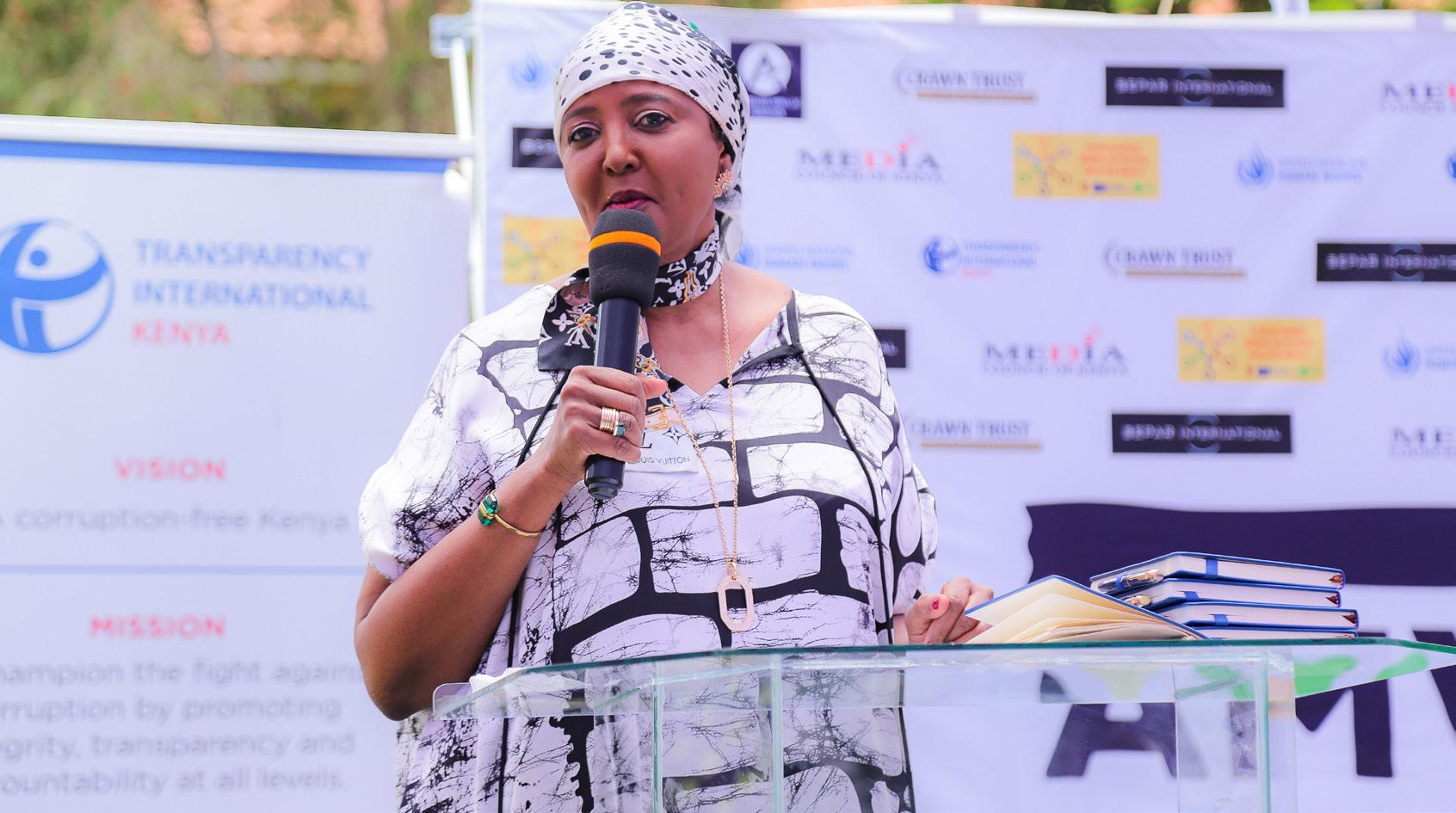

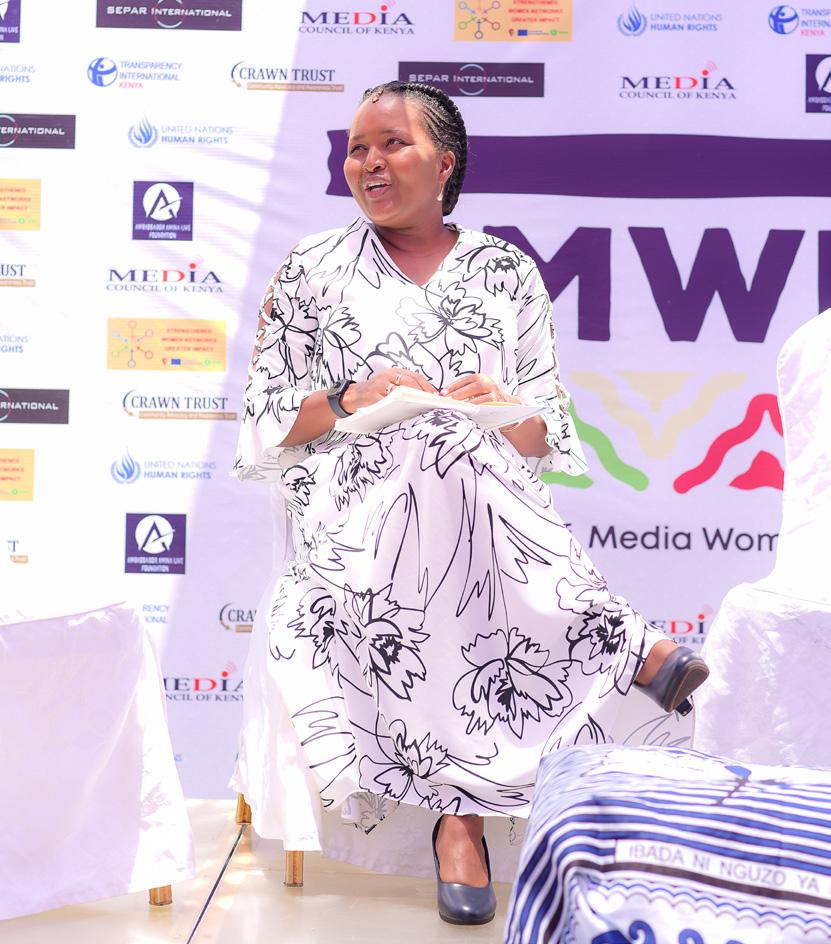
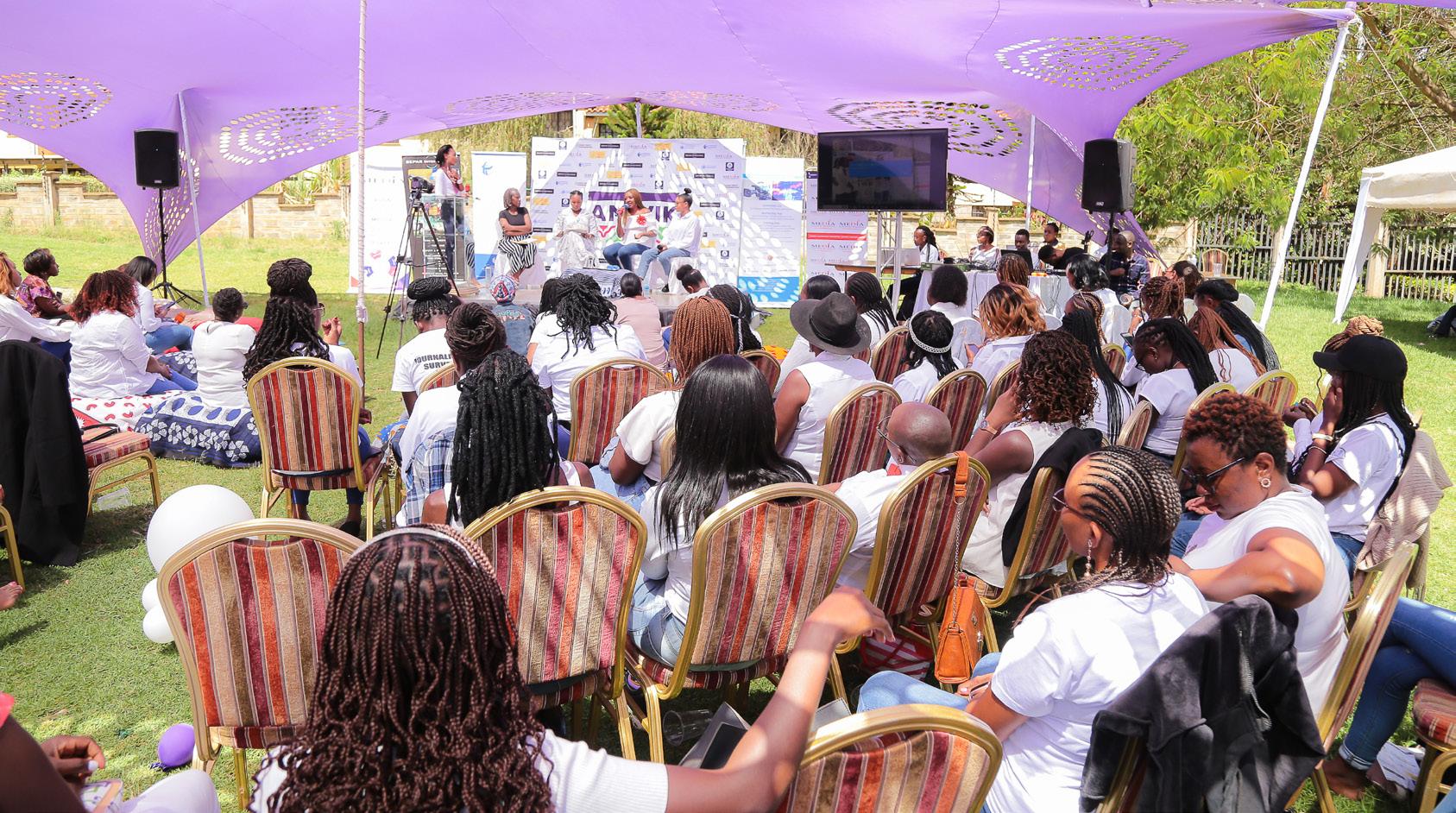
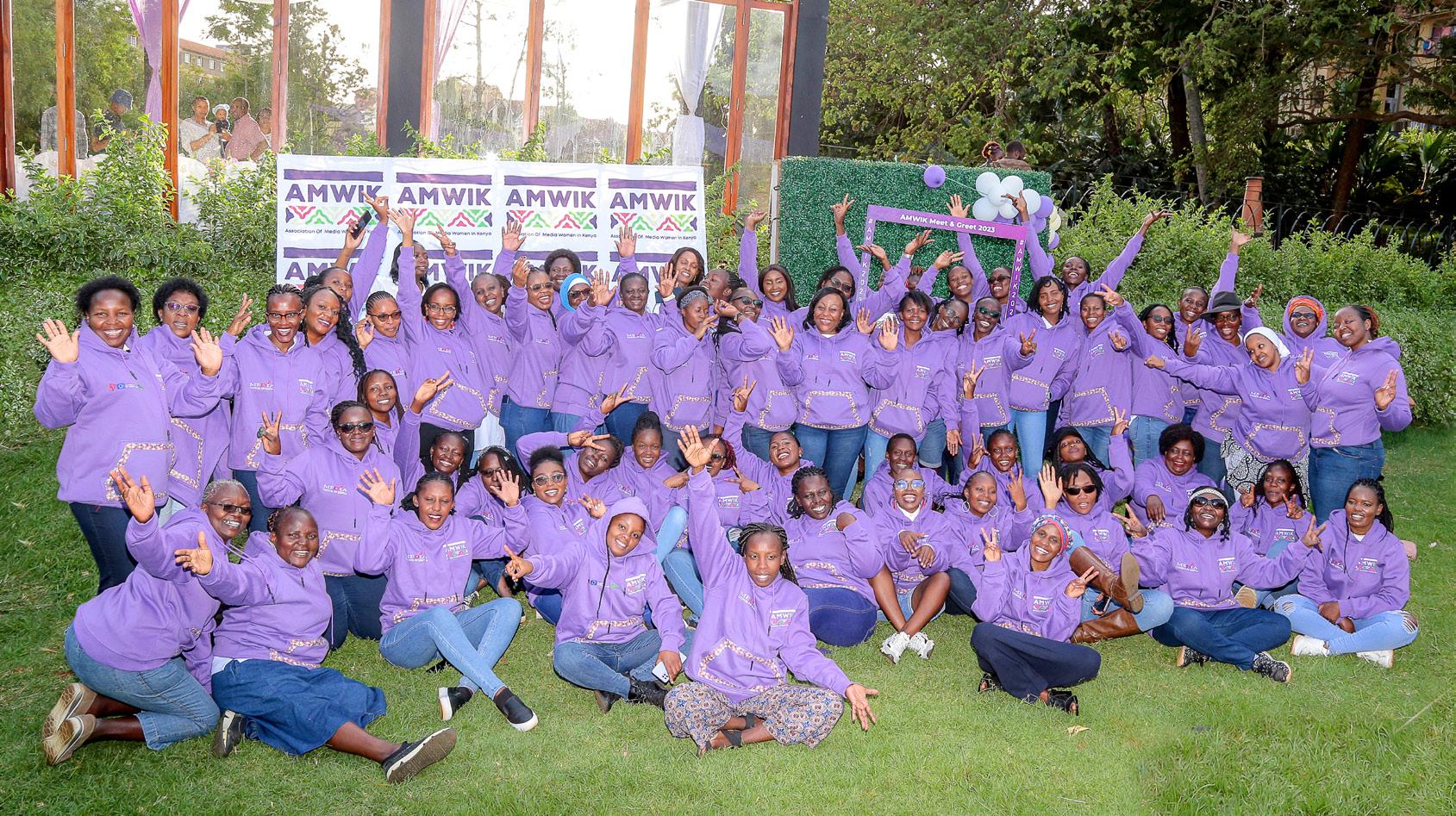







They're classic, they're retro, they're eternally cool!!
Large square glasses not only a tocuh of fab to any look, but are also great in providing the much needed protection to the thin skin that surrunds your eyes from the damaging effects of the sun.
A. Black and white square sunglasses: KES 1,200 at Ruth Odhiambo Styles
B. Brown square frameless sunglasses: KES 1,500 at Forever Trendy
C. Black framed box sunglasses: KES 1,200 at Ruth Odhiambo Styles
D. Clear frameless square sunglasses: KES 1,500 at Ruth Odhiambo Styles

E. Light pink geometric sunglasses: KES 700 at Forever Trendy
F. Nude box sunglasses: KES 600 at Notable Trends
G. Graduated pink square sunglasses: KES 500 at Forever Trendy
H. Graduated black sunglasses: KES 1,500 at Ruth Odhiambo Styles
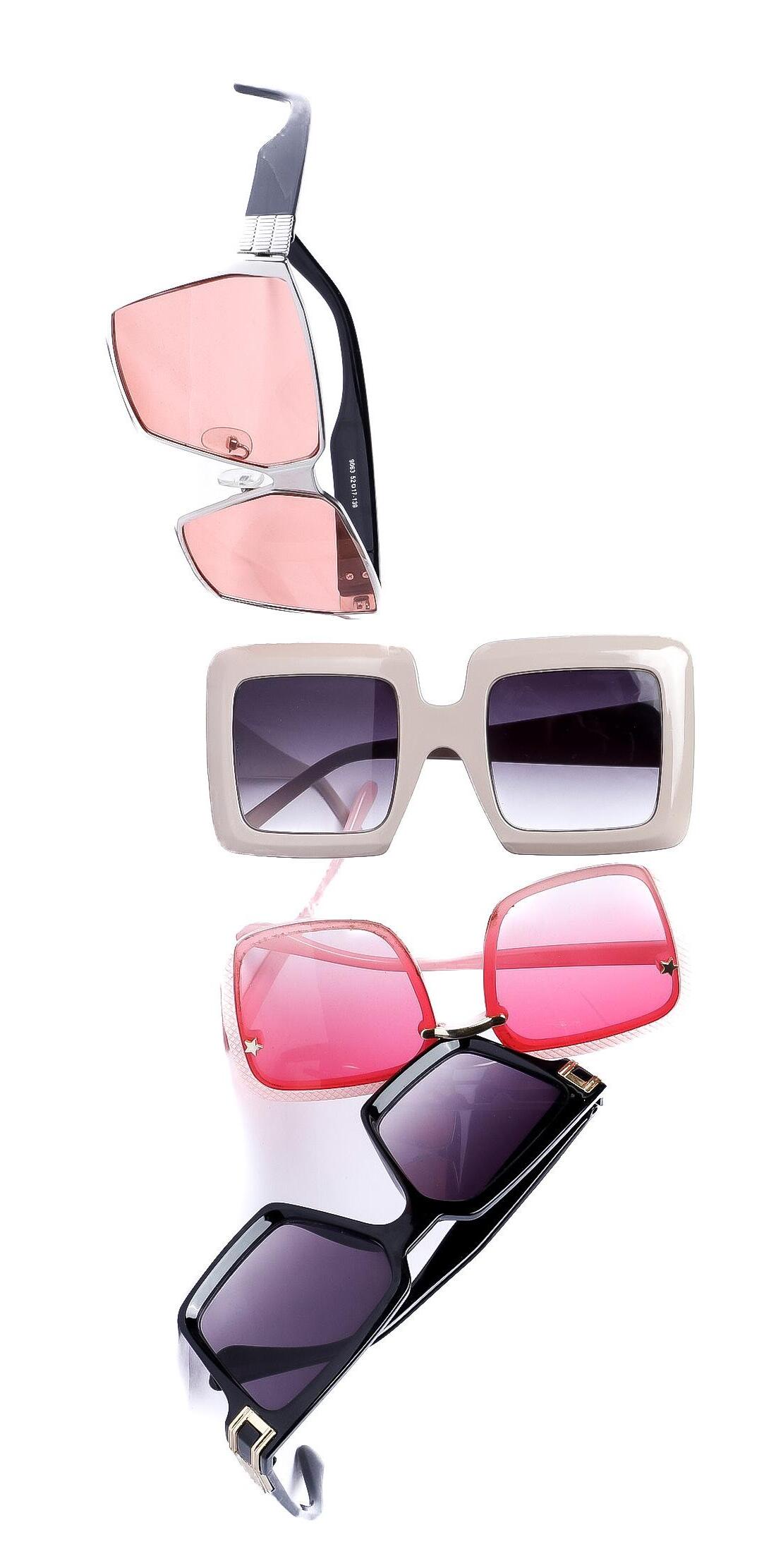
Adding a scarf to any look can be a form ot artistic expression. Whether you choose to tie it around your neck, wear it as a headband or even tie it to your handbag, scarves are always a great way to bring out your personality and brighten up any look.
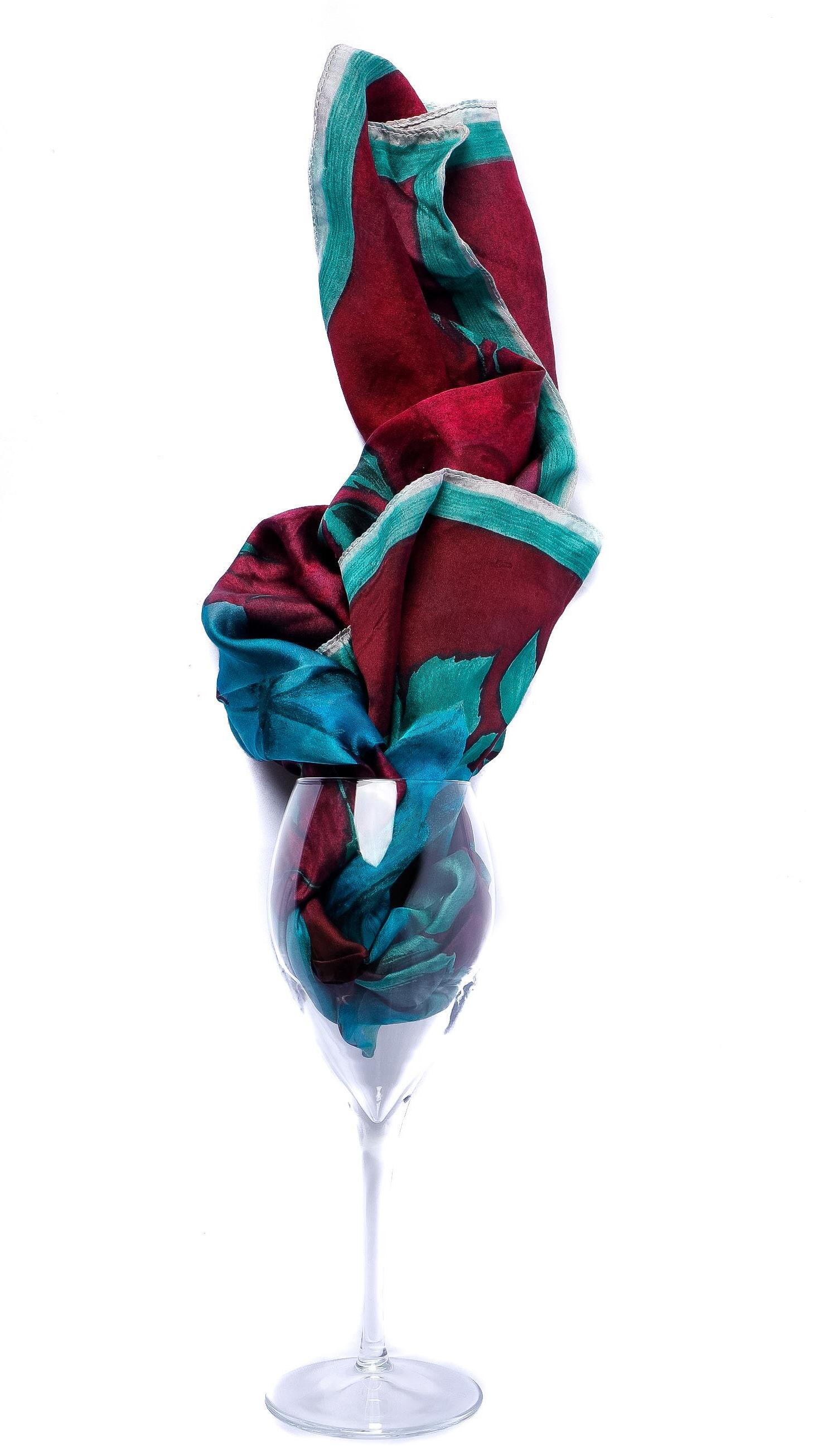 Maroon and teal floral scarf: KES 1,500 at Ruth Odhiambo Styles
Maroon and teal floral scarf: KES 1,500 at Ruth Odhiambo Styles
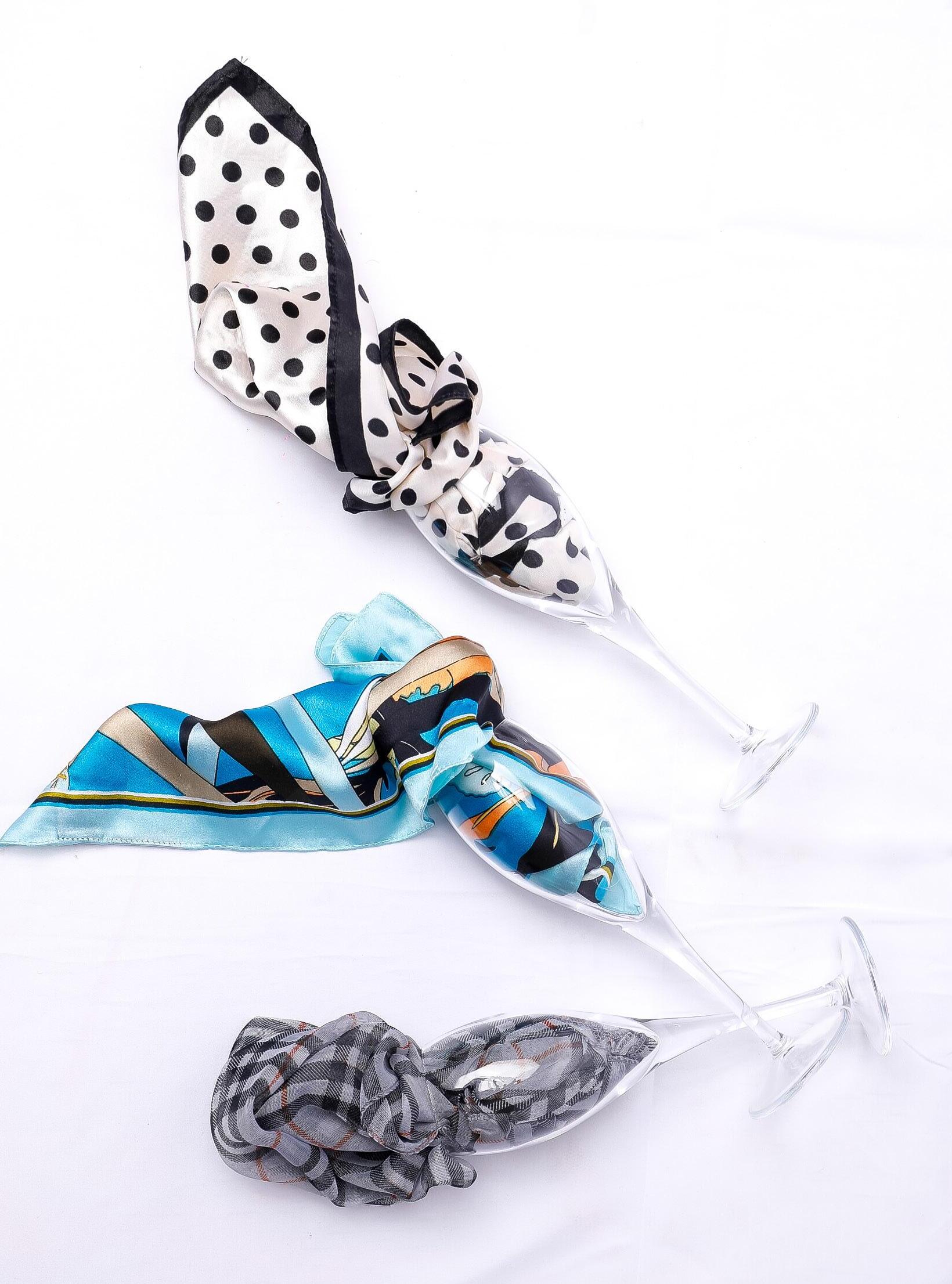 A. Black and white polka dot scarf: KES 1,500 at Ruth Odhiambo Styles
B. Multishade blue, orange and black scarf: KES 1,000 at Forever Trendy
C. Grey checked scarf: KES 500 at Elegance Fashion House
A.
B.
A. Black and white polka dot scarf: KES 1,500 at Ruth Odhiambo Styles
B. Multishade blue, orange and black scarf: KES 1,000 at Forever Trendy
C. Grey checked scarf: KES 500 at Elegance Fashion House
A.
B.
Modest fashion has become increasingly popular as a growing number of women seek to express their personal style while adhering to their religious, cultural, or personal beliefs regarding modesty. Modest doesnt have to be bland. Instead, look and feel fabulous in bright and dynamic prints!


Outfits available at Mode.rne Kenya
Photography: Khalifa Louie
Model & Styling: Ruth Odhiambo
Make-up: Christine Lando
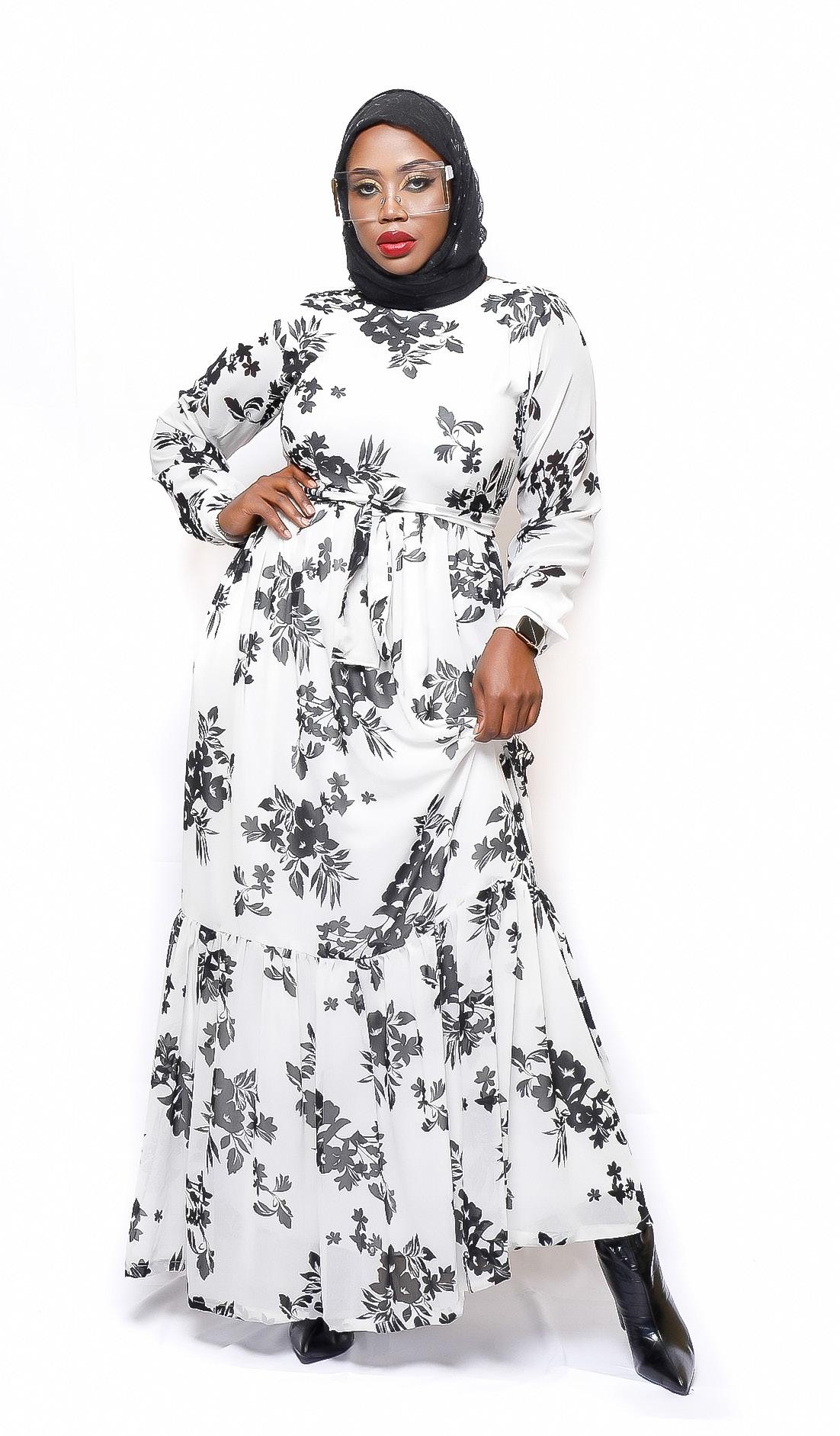
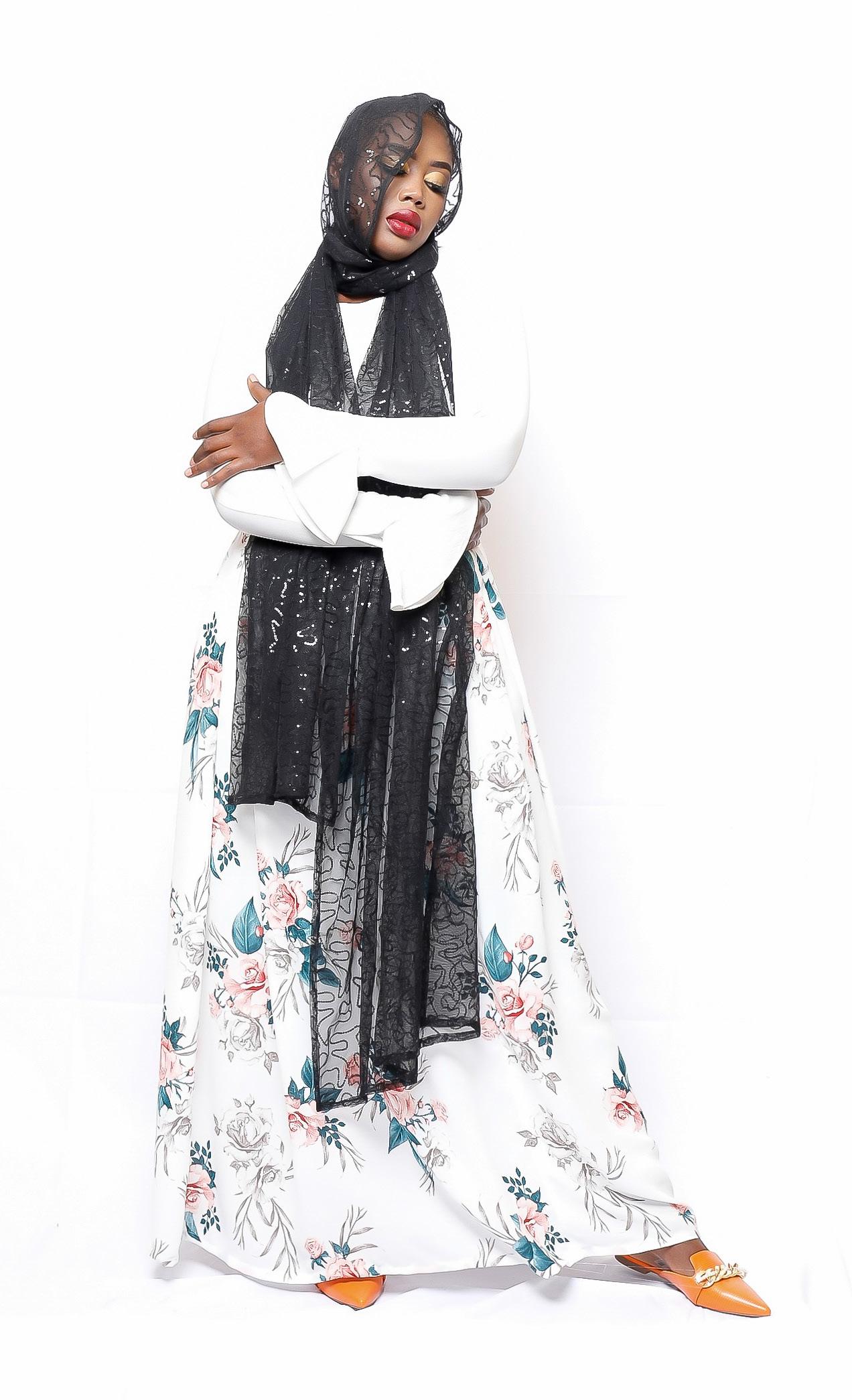

MARO Designs by Marie-Rose create contemporary jewellery from cow horn and cow bone along other materials. MARO stands for high quality, every bead is hand-worked and chosen for unique necklaces, bracelets and earrings. The clean, graphic aesthetic is both bold and playful, incorporating influences of European fashion with modern and ancient African art.
The contemporary African Jewellery can be found in most hotel gift stores in East Africa and are also shipped to various European markets. For more information on where to buy, visit www.maro-designs.com.
Photography: Khalifa Louie
Assistant Photographer: Hillary Obillah
Styling: Ruth Odhiambo
Make up: Joan, courtesy, MAC Cosmetics
Model: Bianca

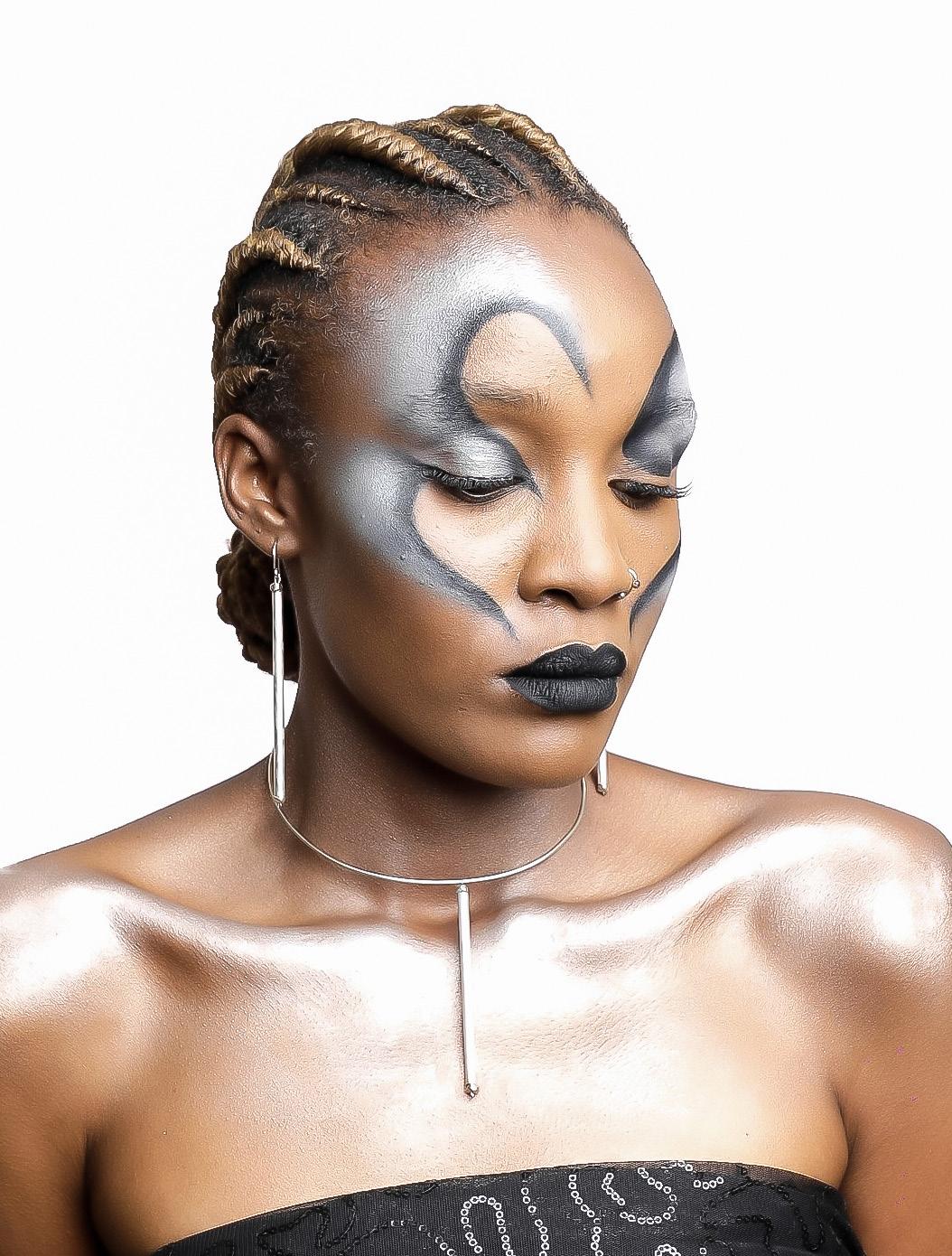




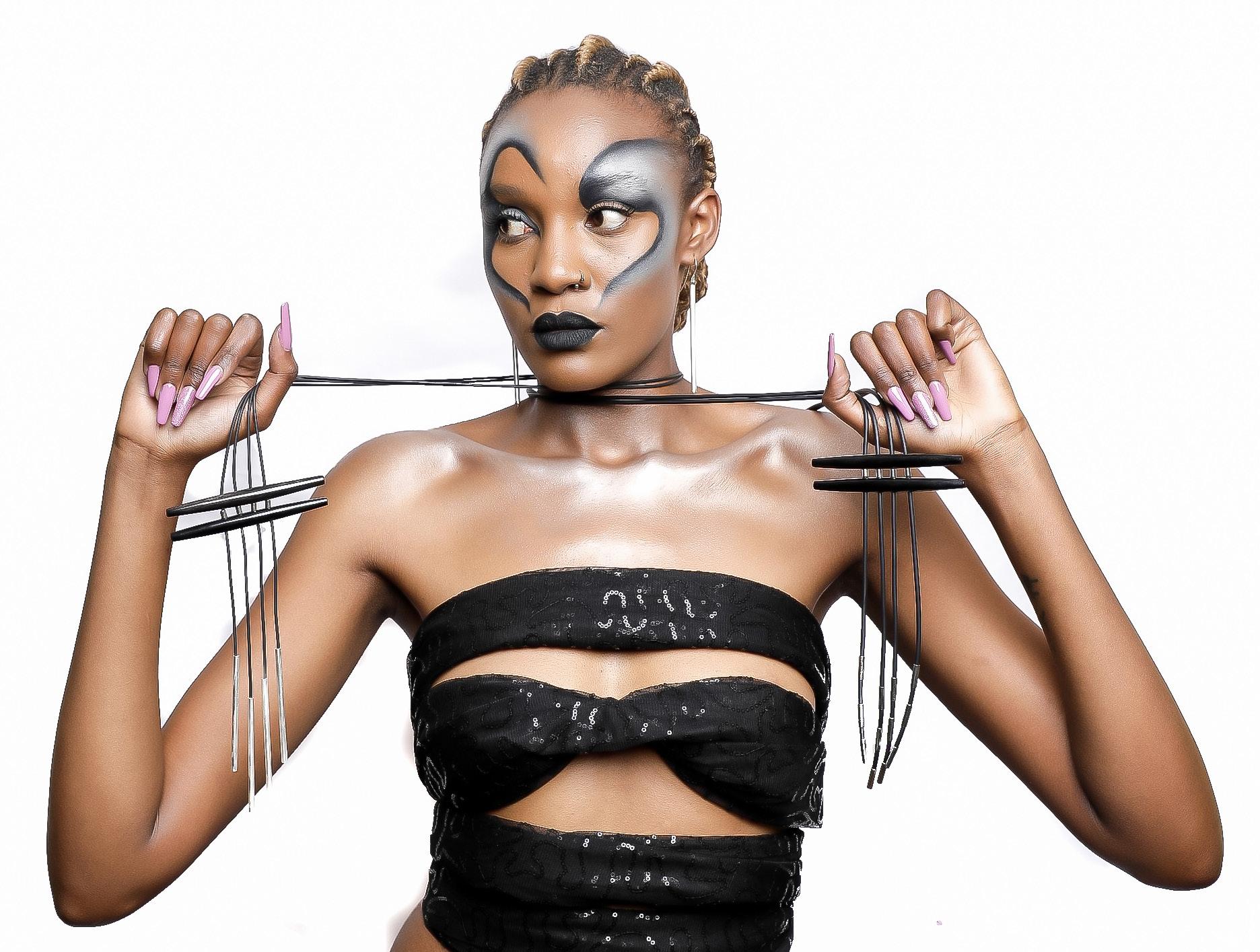
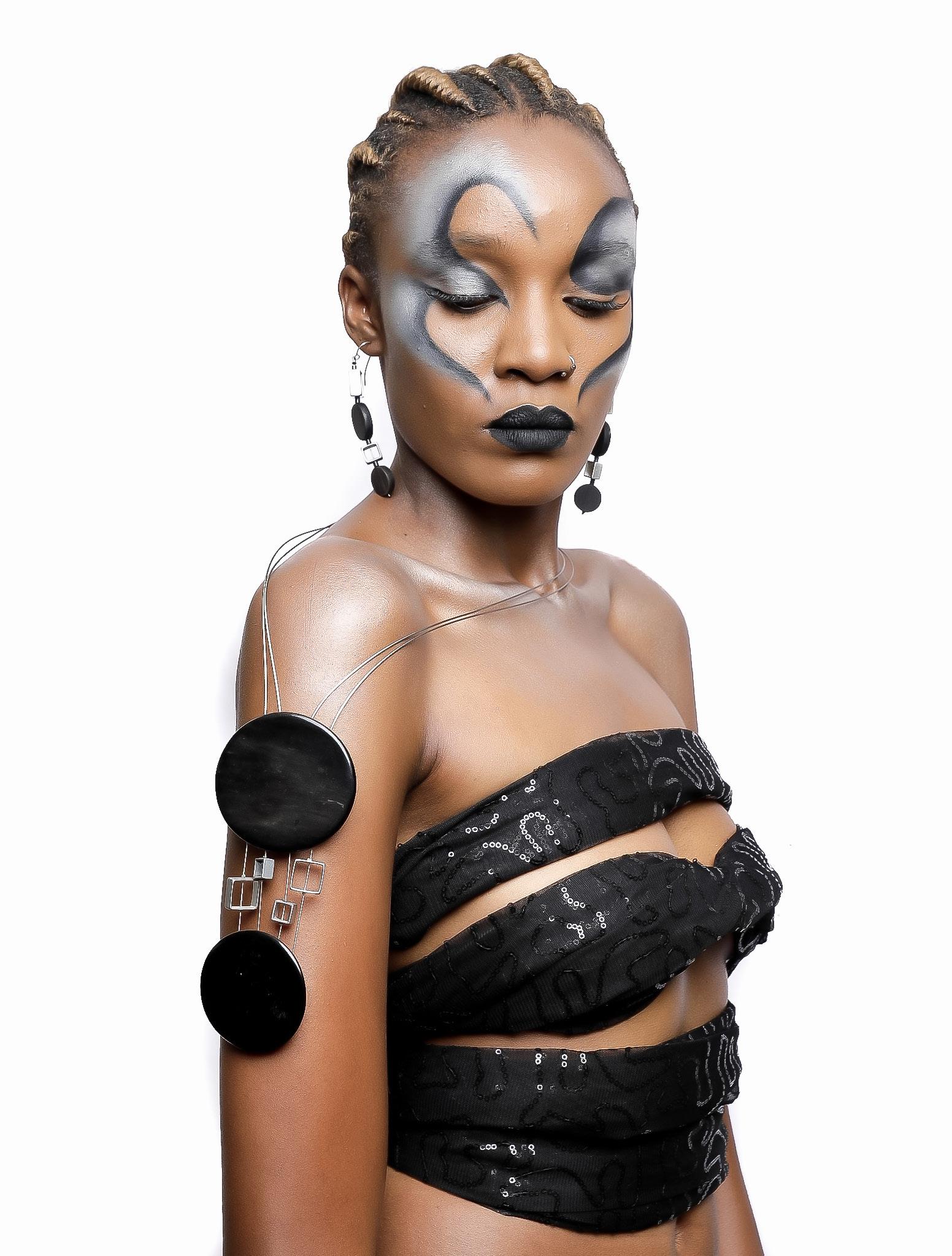
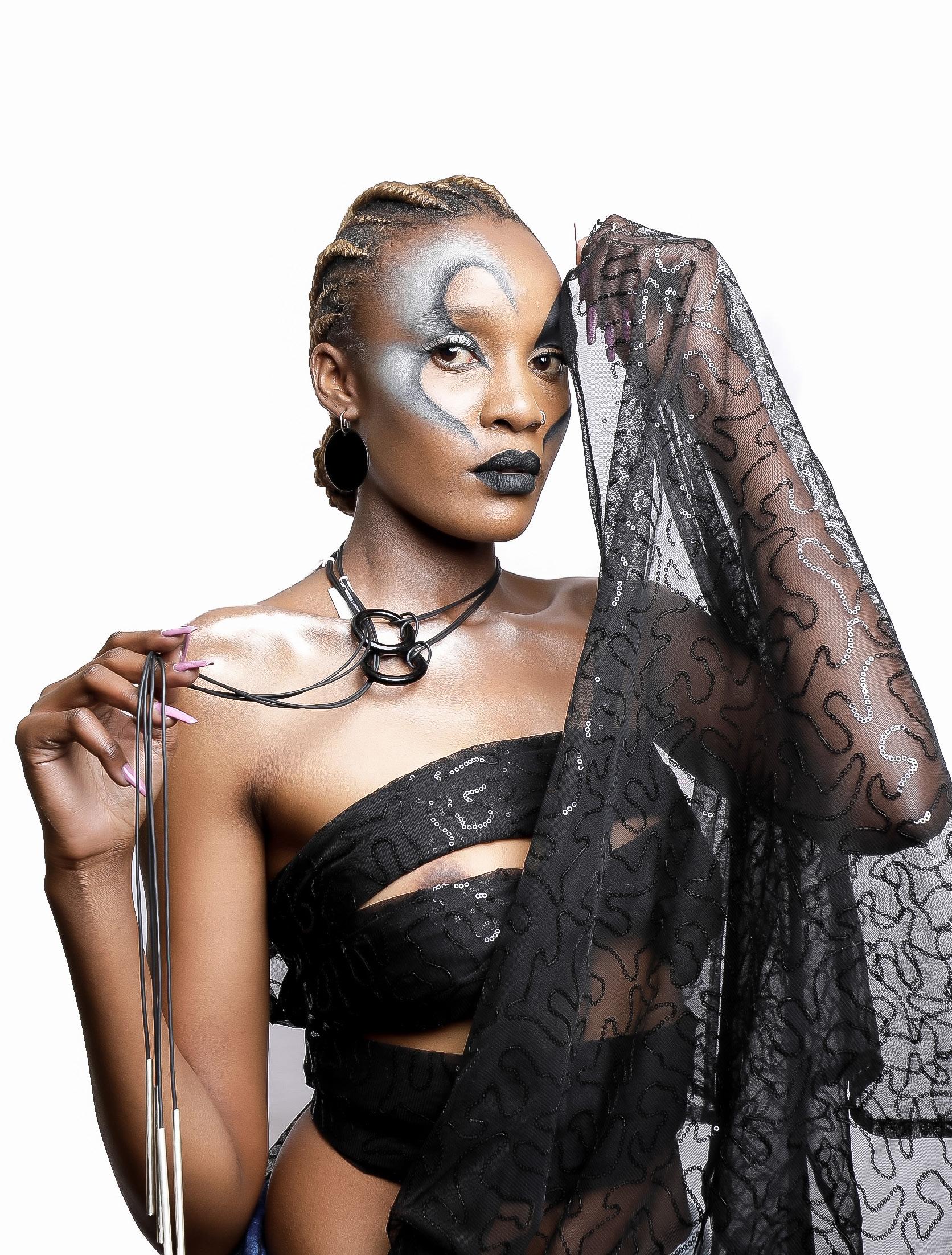

 Black spiral earrings: KES 3,200
Black cow horn tombak rubber string necklace: KES 6,000
PREVIOUS PAGE
Black silver hook earrings: KES 1,200
Batik cow bone rubber string necklace: KES 5,000
Black spiral earrings: KES 3,200
Black cow horn tombak rubber string necklace: KES 6,000
PREVIOUS PAGE
Black silver hook earrings: KES 1,200
Batik cow bone rubber string necklace: KES 5,000


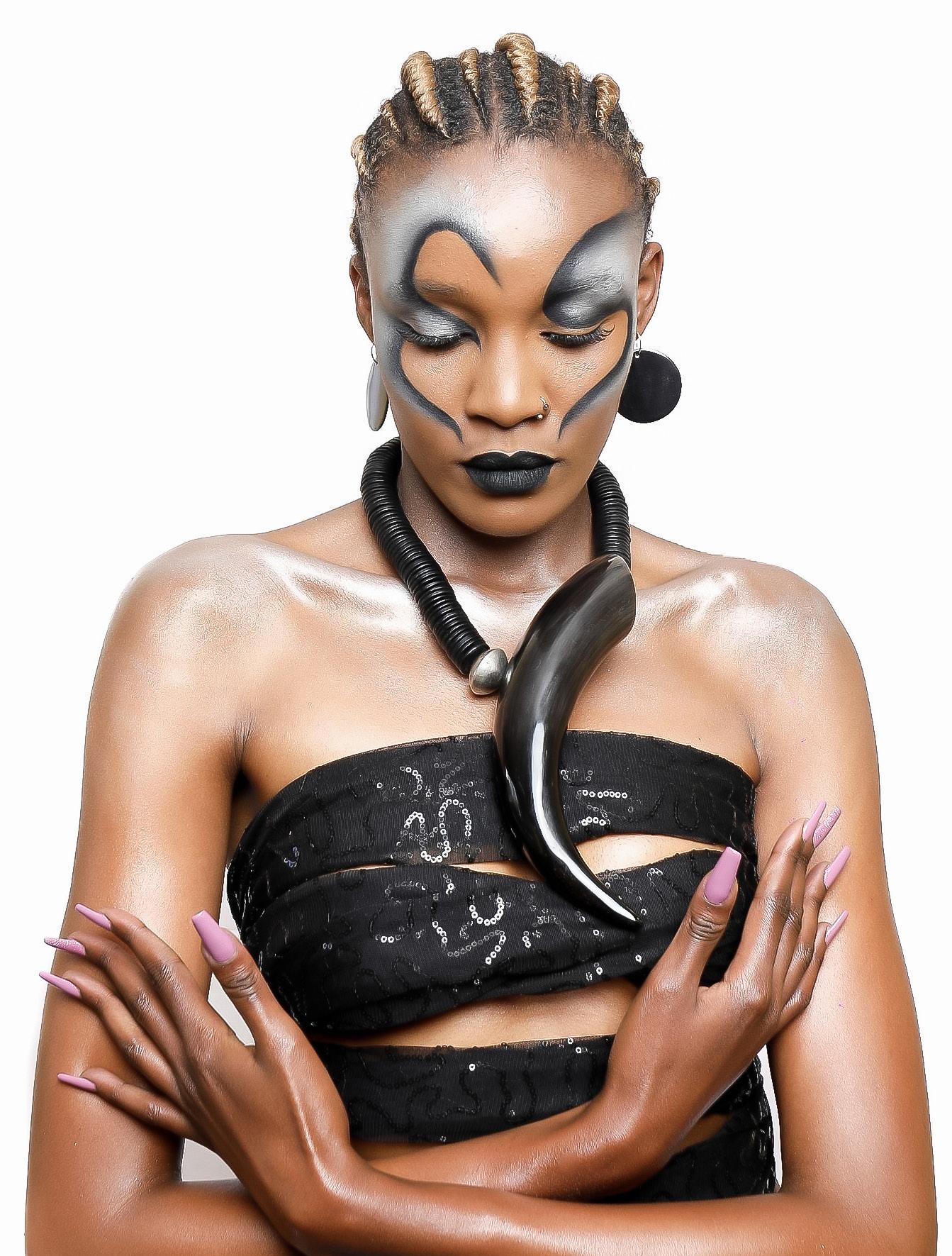
Kenyan Fashion brand, IKOJN is a ready-to-wear fashion brand 100% Made in Kenya.

Established in 2015, IKOJN is the complete epitome of sensual femininity and ladylike strength. The brand focuses on telling cultural tales through design to the world in the form of impeccable construction and manicured tailoring, all the while building the continent and its fashion industry.

You can shop IKOJN at one of their three outlets in Nairobi [Westgate Mall, Imaara Mall and Greenhouse Mall] or online on www.ikojn.com.
Accessories by Njee Muturi, Zanji Art
Shoes by Backyard Shoez
Shoot Director: Olive Gachara
Shoot Assistant: Carol Warui
Photographer: Khalifa Louie
Photography Assistant: Hillary Obilah
Make-up Artiste: Joan, courtesy, MAC Cosmetics
Hair Stylist: Dennis from president of Hair Africa
Model: Melvin Tillia, Ajuma Limited
Shot on Location at Manzili House, Karen www.manzilihouse.com
 Mamba Kaftan: KES 3,999
Silver fork necklace: KES 8,000
2 silver fork bracelets: KES 3,000 each
Mamba Kaftan: KES 3,999
Silver fork necklace: KES 8,000
2 silver fork bracelets: KES 3,000 each
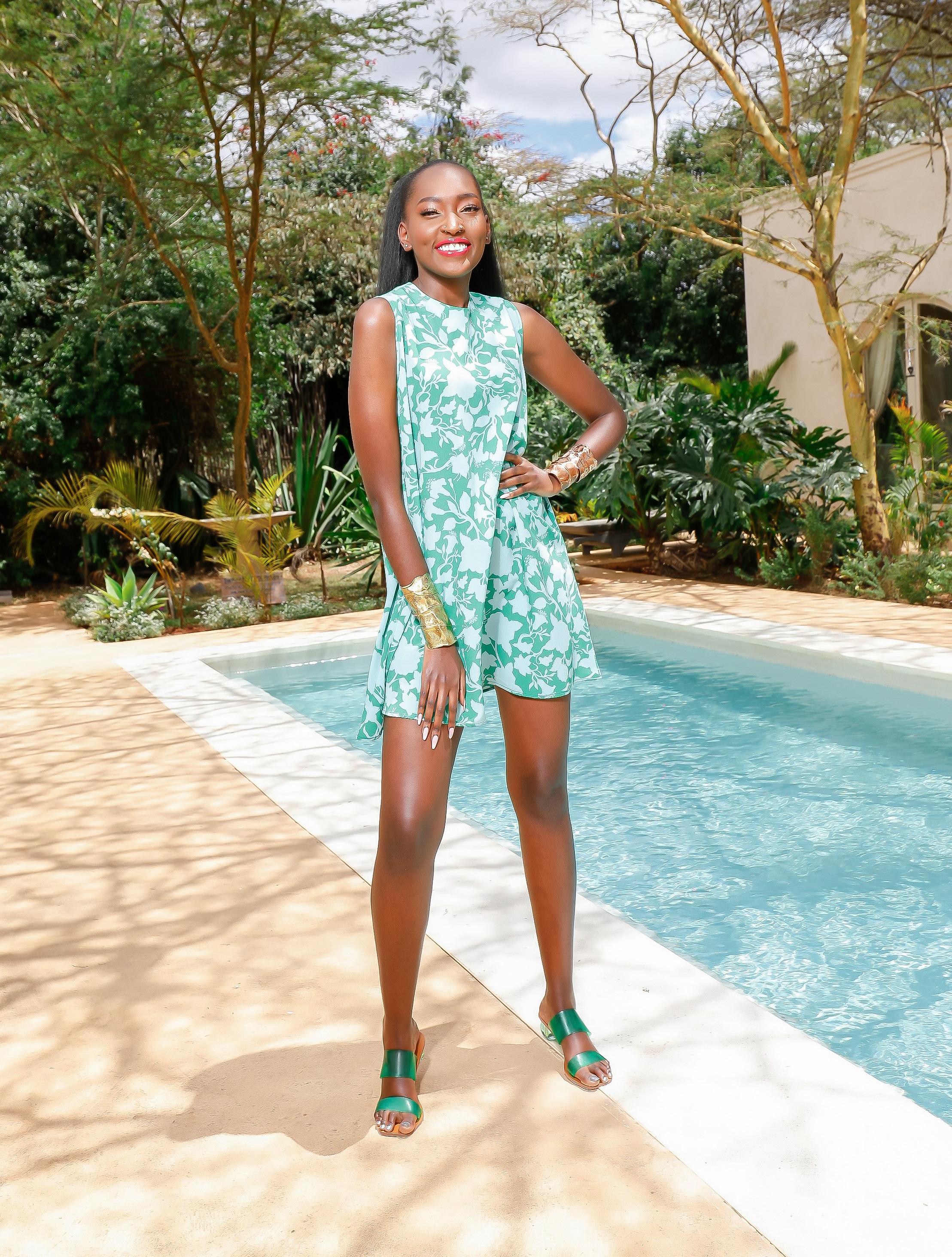 Lola Dress in Eco: KES 2,500
2 Copper cuff bracelet: KES 3,500 each
2 Brass cuff bracelet: KES 3,500 each
Green open chunky sandals: KES 3,500
Lola Dress in Eco: KES 2,500
2 Copper cuff bracelet: KES 3,500 each
2 Brass cuff bracelet: KES 3,500 each
Green open chunky sandals: KES 3,500
 Lola Dress in Rose: KES 2,500
2 Silver fork bracelet with stone: KES 3,500 each
2 Silver fork rings: KES 3,000 each
Pink mules with black front detail: KES 1,800
Lola Dress in Rose: KES 2,500
2 Silver fork bracelet with stone: KES 3,500 each
2 Silver fork rings: KES 3,000 each
Pink mules with black front detail: KES 1,800
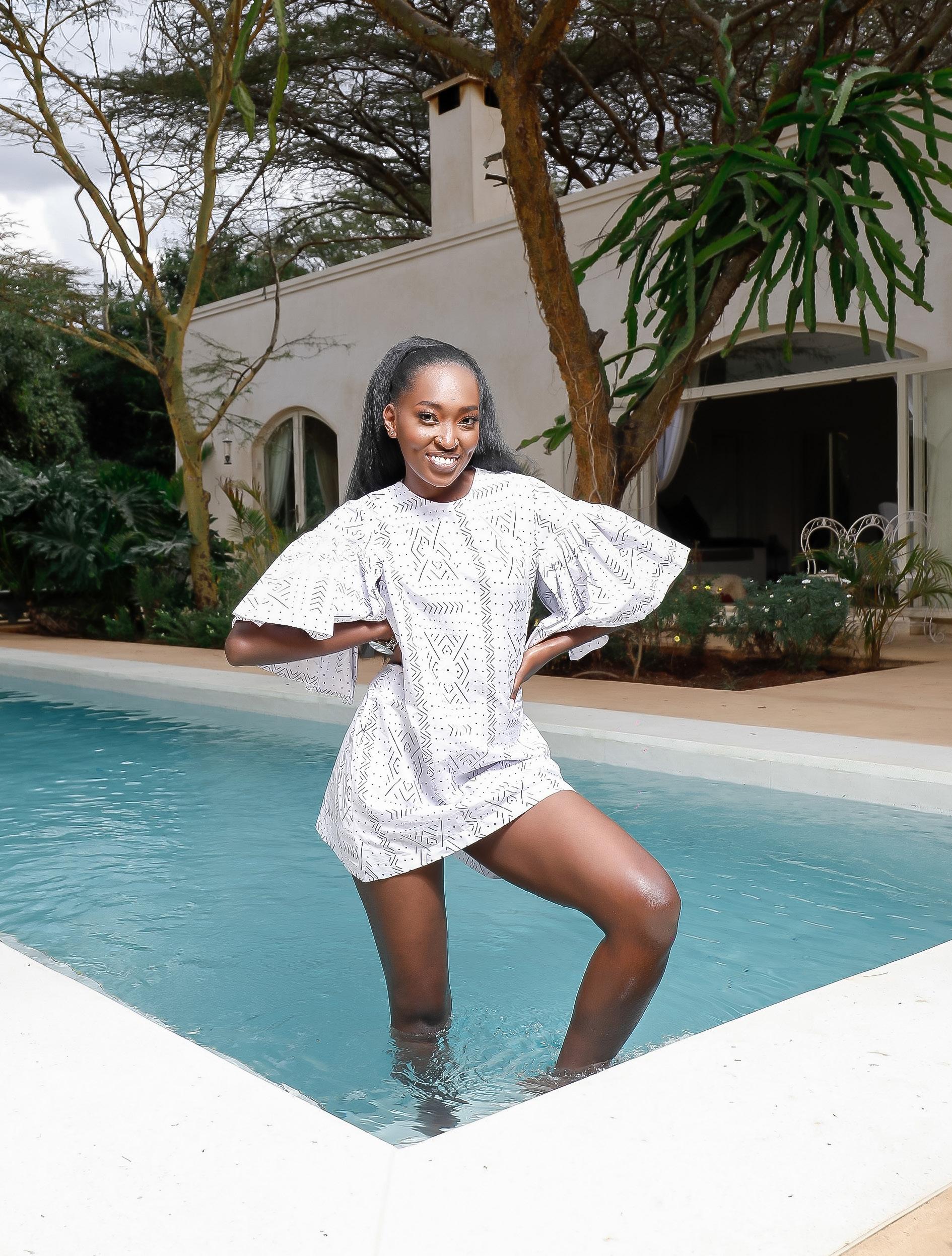 Fulani shift dress: KES 4,800
2 Silver spoon bracelet: KES 2,500 each Silver spoon coiled ring: KES 2,000
Fulani shift dress: KES 4,800
2 Silver spoon bracelet: KES 2,500 each Silver spoon coiled ring: KES 2,000
Monarch Shirt in pearl: KES 2,500
Going Green Shorts: KES 2,999

Silver linked necklace: KES 6,000
2 Silver spoon rings: KES 1,500 each
Clear high-heeled sandals with green detail: KES 3,000
Snatched Square Neck Vest in white: KES 1,999
Wide leg pants in tropical: KES 2,999
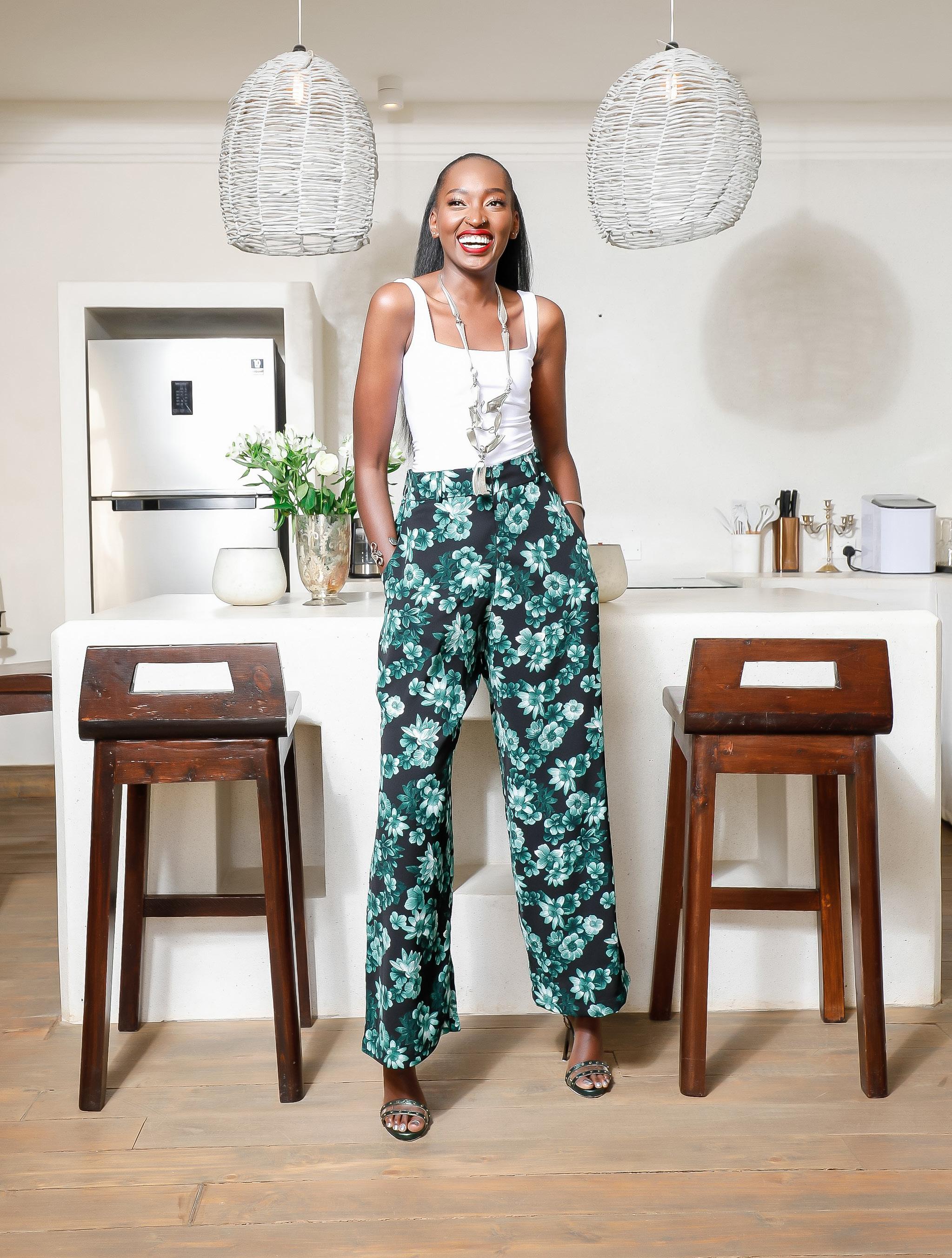
2 Silver spoon bracelets: KES 1,500 each
Silver fork necklace: KES 8,000
Silver ring: KES 1,000
Clear high- heeled sandals with green detail: KES 3,000
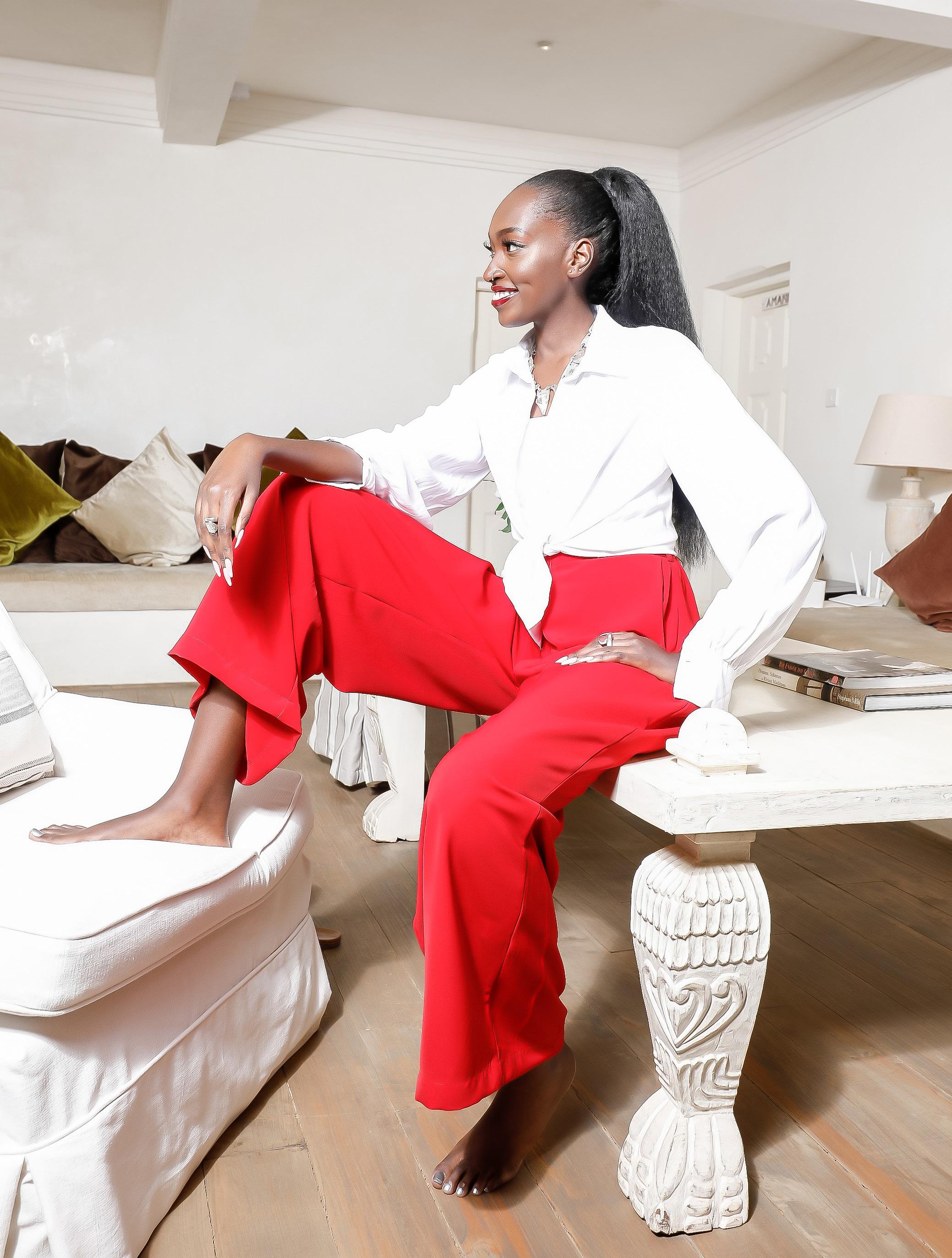 Snatched Square Neck Vest in white: KES 1,999
Wide leg pants in crimson: KES 3,500
Monarch Shirt in pearl: KES 2,500 Silver fork bracelet: KES 3,000 2 Silver coiled rings: KES 2,000 each
Sculpted silver necklace: KES 18,000
Snatched Square Neck Vest in white: KES 1,999
Wide leg pants in crimson: KES 3,500
Monarch Shirt in pearl: KES 2,500 Silver fork bracelet: KES 3,000 2 Silver coiled rings: KES 2,000 each
Sculpted silver necklace: KES 18,000
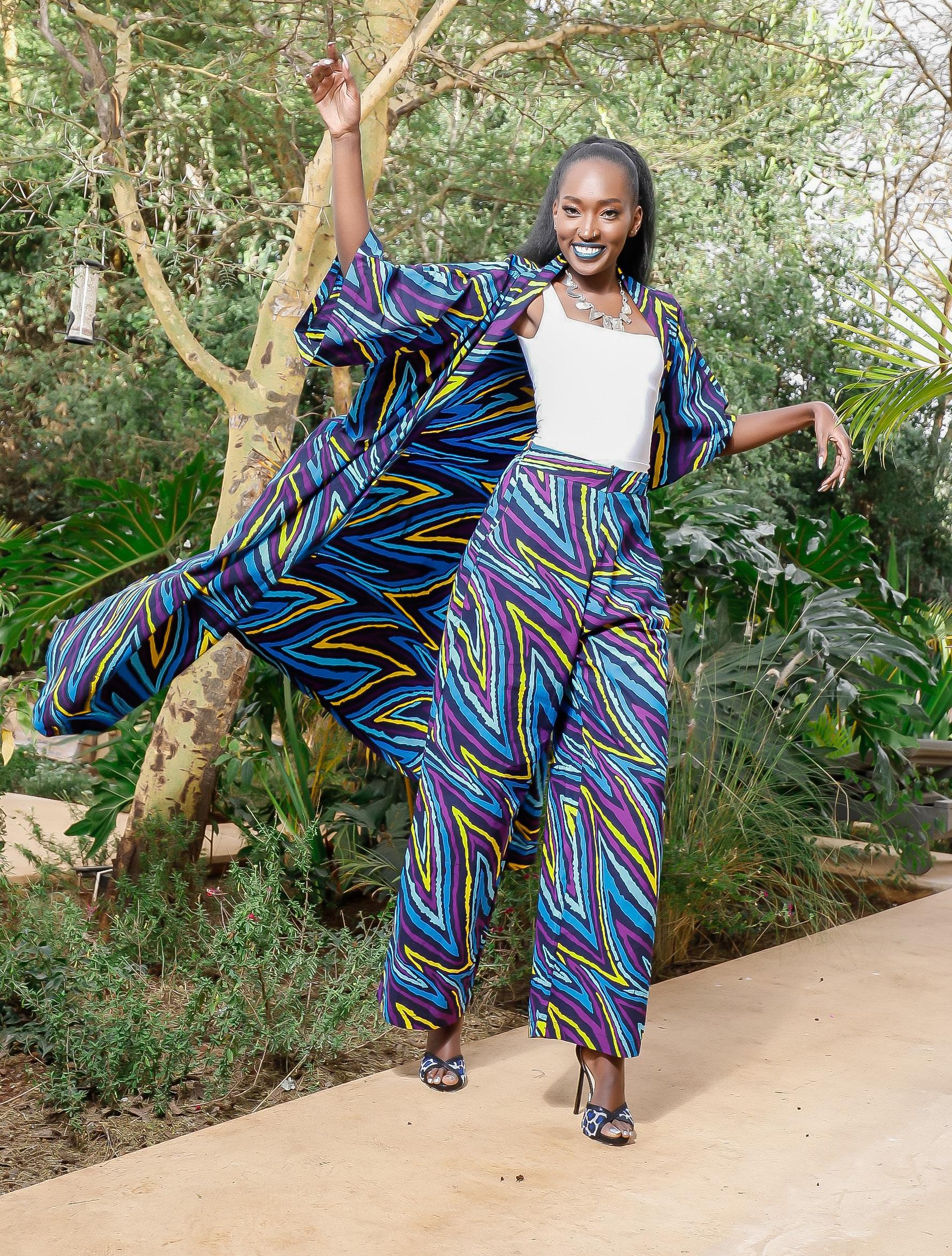 Jada pant set: KES 6,600
Snatched Square Neck Vest in white: KES 1,999
Sculpted necklace: KES 18,000
High-heeled sandals with blue animal print detail: KES 3,500
Jada pant set: KES 6,600
Snatched Square Neck Vest in white: KES 1,999
Sculpted necklace: KES 18,000
High-heeled sandals with blue animal print detail: KES 3,500
 De Flores Maxi Dress: KES 4,999 Silver Ring: KES 1,000
High-heeled sandals with blue animal print detail: KES 3,500
De Flores Maxi Dress: KES 4,999 Silver Ring: KES 1,000
High-heeled sandals with blue animal print detail: KES 3,500
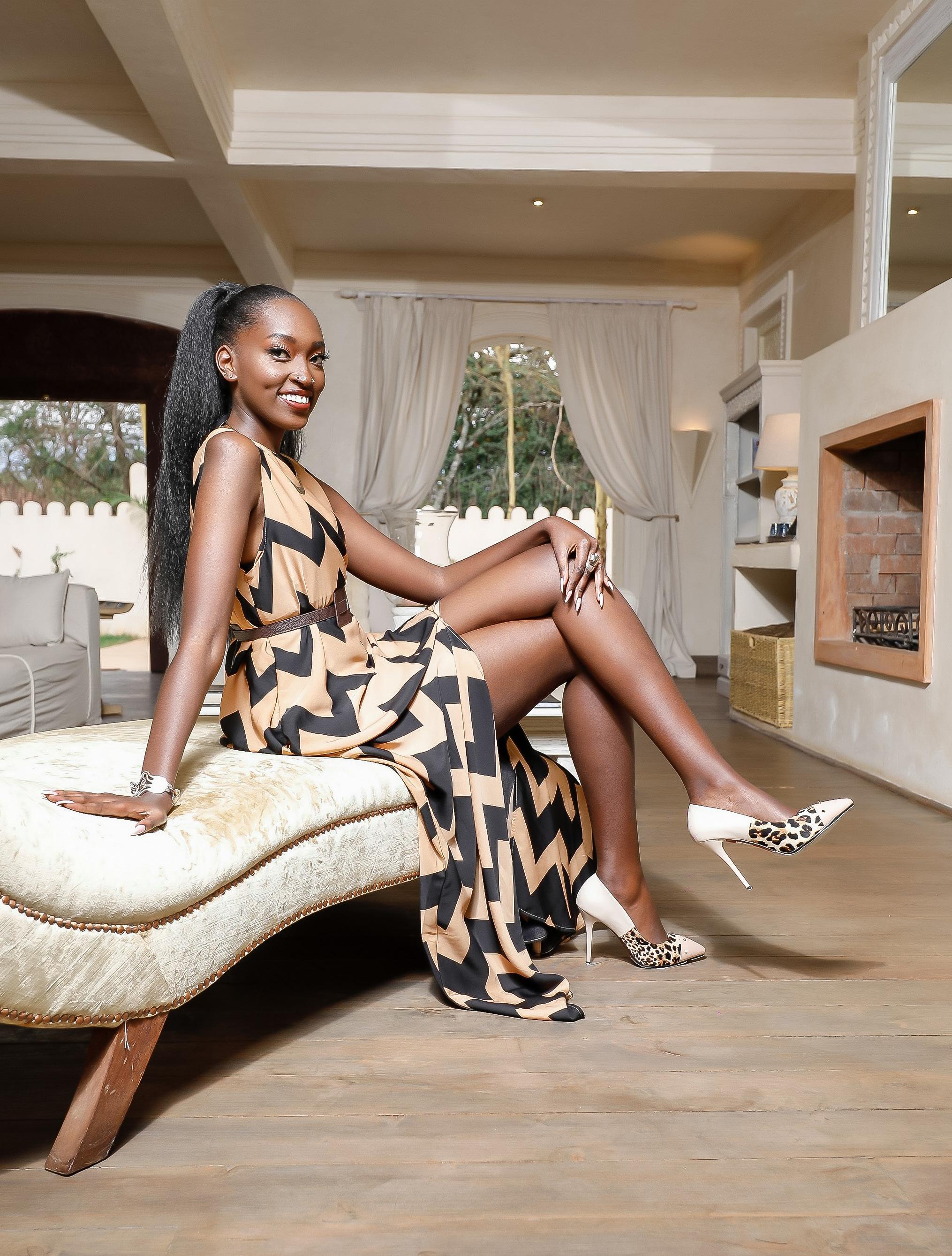 Wavy Maxi Dress in Tan with: KES 4,999
Sasha Leather Belt in Dark Brown: KES 1,500
Silver fork bracelet: KES 5,000
Tuareg print silver necklace: KES 6,000
Nude pump heels with animal print detail: KES 3,000
Wavy Maxi Dress in Tan with: KES 4,999
Sasha Leather Belt in Dark Brown: KES 1,500
Silver fork bracelet: KES 5,000
Tuareg print silver necklace: KES 6,000
Nude pump heels with animal print detail: KES 3,000
Wavy Maxi Dress in Choco: KES 4,999
Sasha Leather Belt in Black: KES 1,500

Sculpted necklace: KES 18,000
2 Silver fork bracelets: KES 3,000 each
Silver fork ring: KES 3,000
Nude pumps with suede detail: KES 3,000
NEXT PAGE:
Juliet
At Couture Africa, we continue to pay homage to our long time contributor and events partner, the late Alan Donovan and his love for African Fashion. This collection features one of the last fashion shoots styled and directed by Alan at his home.
Shot on Location at The African Heritage House, Mlolongo. www.africanheritagehouse.info

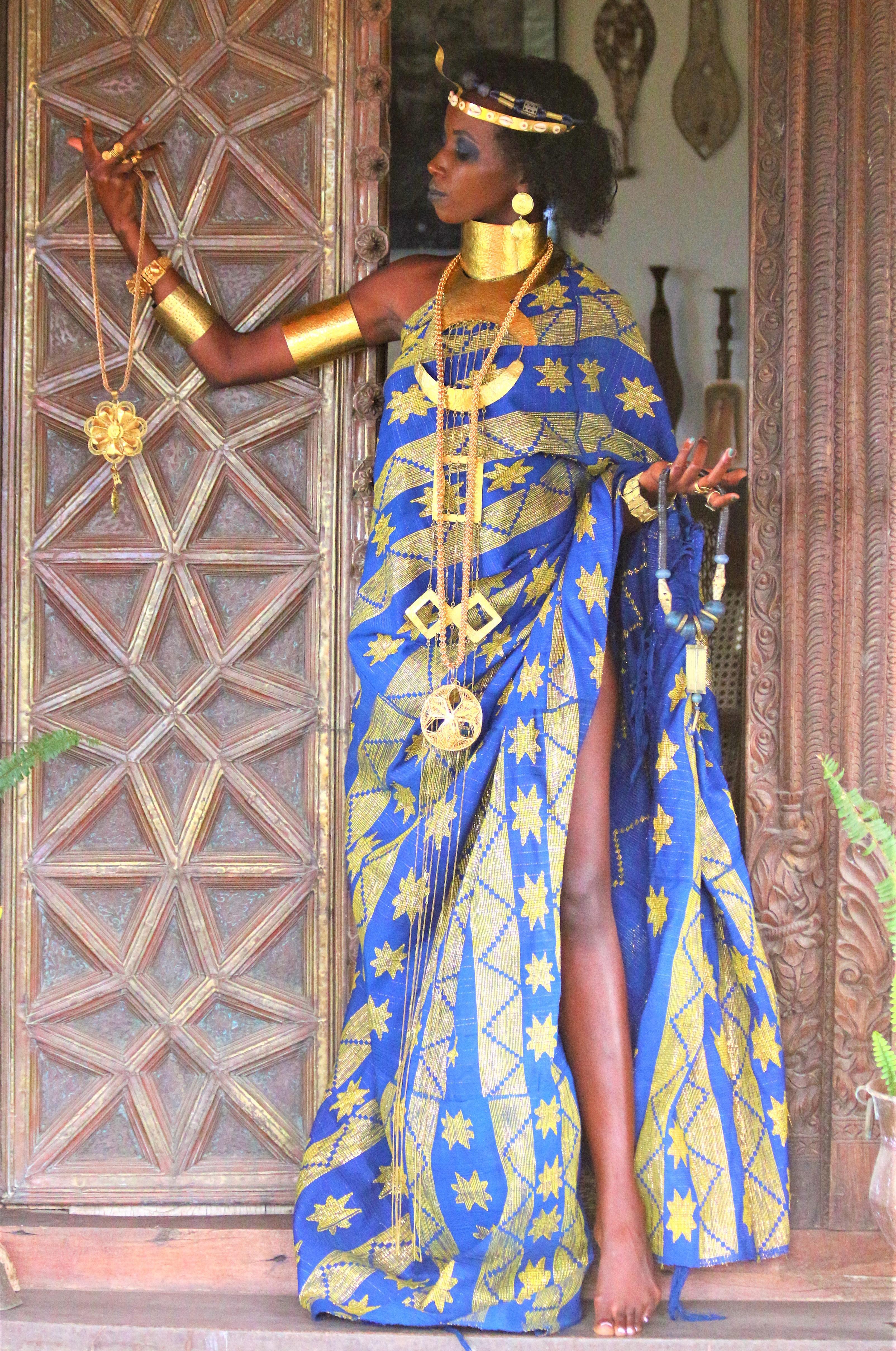

...that have stood the test of time.
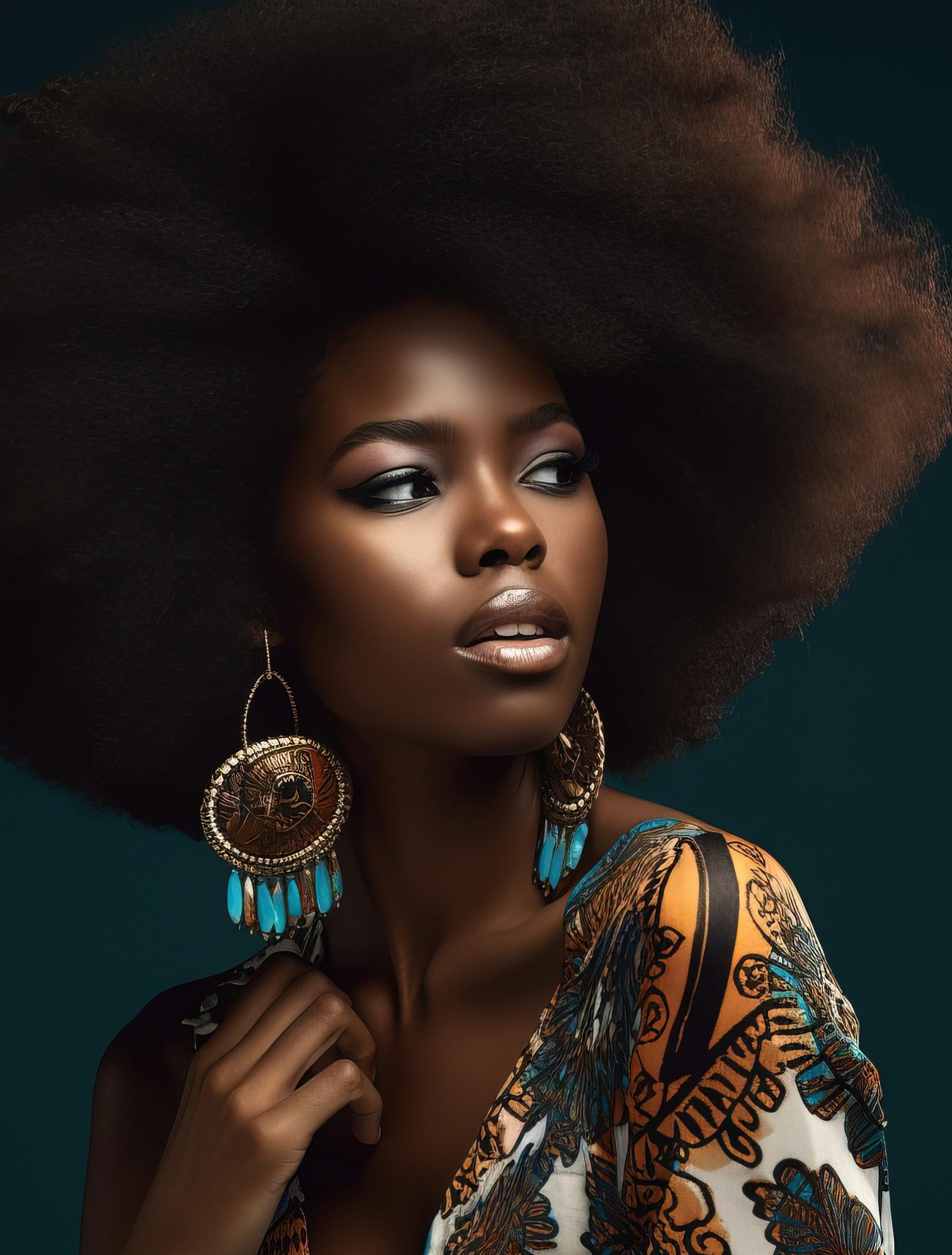
Rhassoul clay, also known as Ghassoul clay or Moroccan red clay, is a natural mineral-rich clay found in the Atlas Mountains of Morocco. It has been used for centuries by people in North Africa, the Middle East, and Southern Europe as a skincare and haircare treatment.
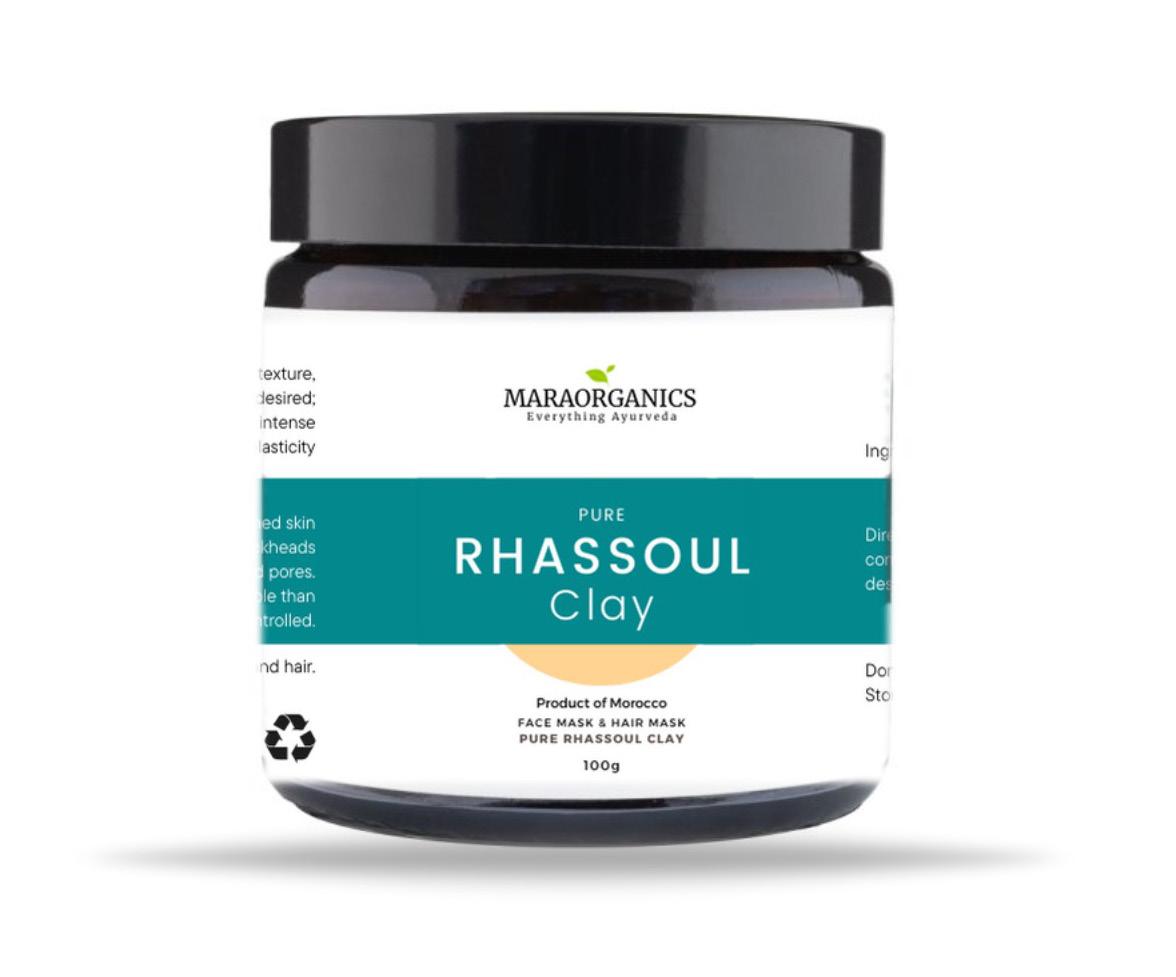
Rhassoul clay is known for its exceptional ability to absorb impurities, excess oil, and toxins from the skin and hair. It is rich in minerals such as silica, magnesium, potassium, and calcium, which contribute to its nourishing and revitalizing properties. The clay has a unique molecular structure that allows it to absorb and remove impurities without stripping the skin or hair of its essential nutrients.
Deep Cleansing: Its absorption properties help remove impurities, dirt, and excess oil from the skin and hair.

Exfoliation: The clay gently exfoliates the skin, removing dead skin cells and promoting cell regeneration.
Reducing Oiliness: Rhassoul clay can help balance the skin's natural oil production and minimize the appearance of pores.
Improving Skin Texture: The clay can help smooth and soften the skin, giving it a more even and radiant appearance.
Conditioning Hair: Rhassoul clay can also be used as a natural hair treatment to cleanse, soften, and improve the texture of the hair.
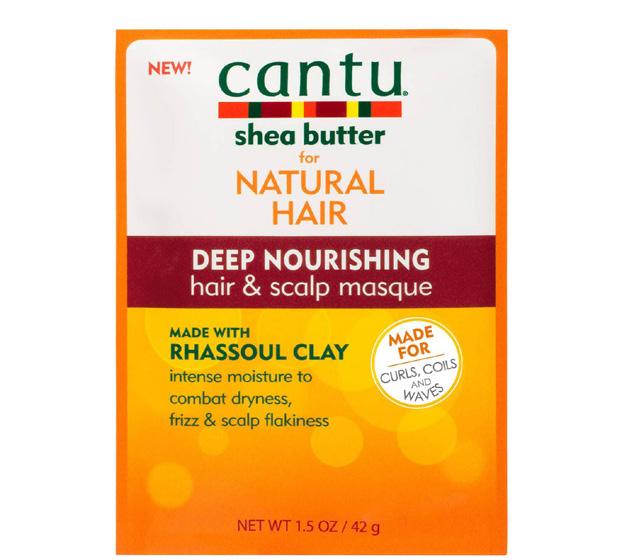
To use Rhassoul clay, you need to mix it with water or another liquid, like rose water, to create a paste. Apply the paste to your face, body, or hair and let it sit for a few minutes before rinsing it off with warm water.
Today, Rhassoul clay is commonly used in various cosmetic products, such as facial masks, hair masks, and body scrubs.

Qasil, a natural powder ingredient native to East Africa. Derived from the leaves of the gob tree, also known as the Somali myrrh tree, qasil has been a well-kept secret that is now gaining worldwide attention. Qasil has been traditionally used by Somali and Ethiopian women for its various benefits in skincare and hair care. Although the gob tree is native to East Africa and grows in both Somalia and Ethiopia, qasil is more commonly associated with Somali culture and practices.
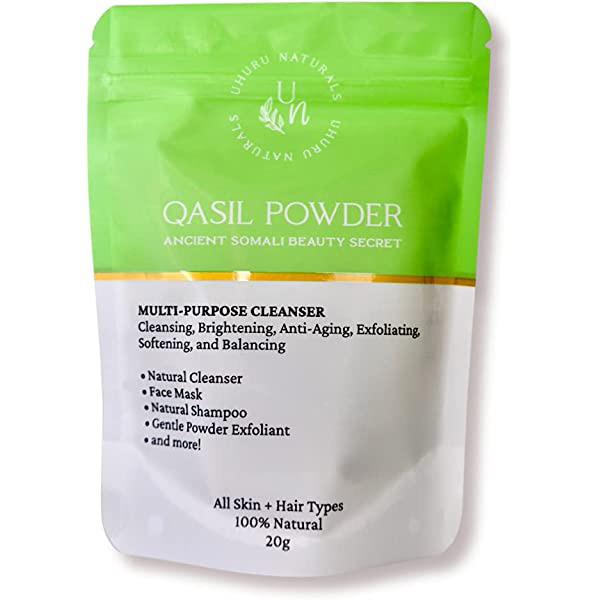
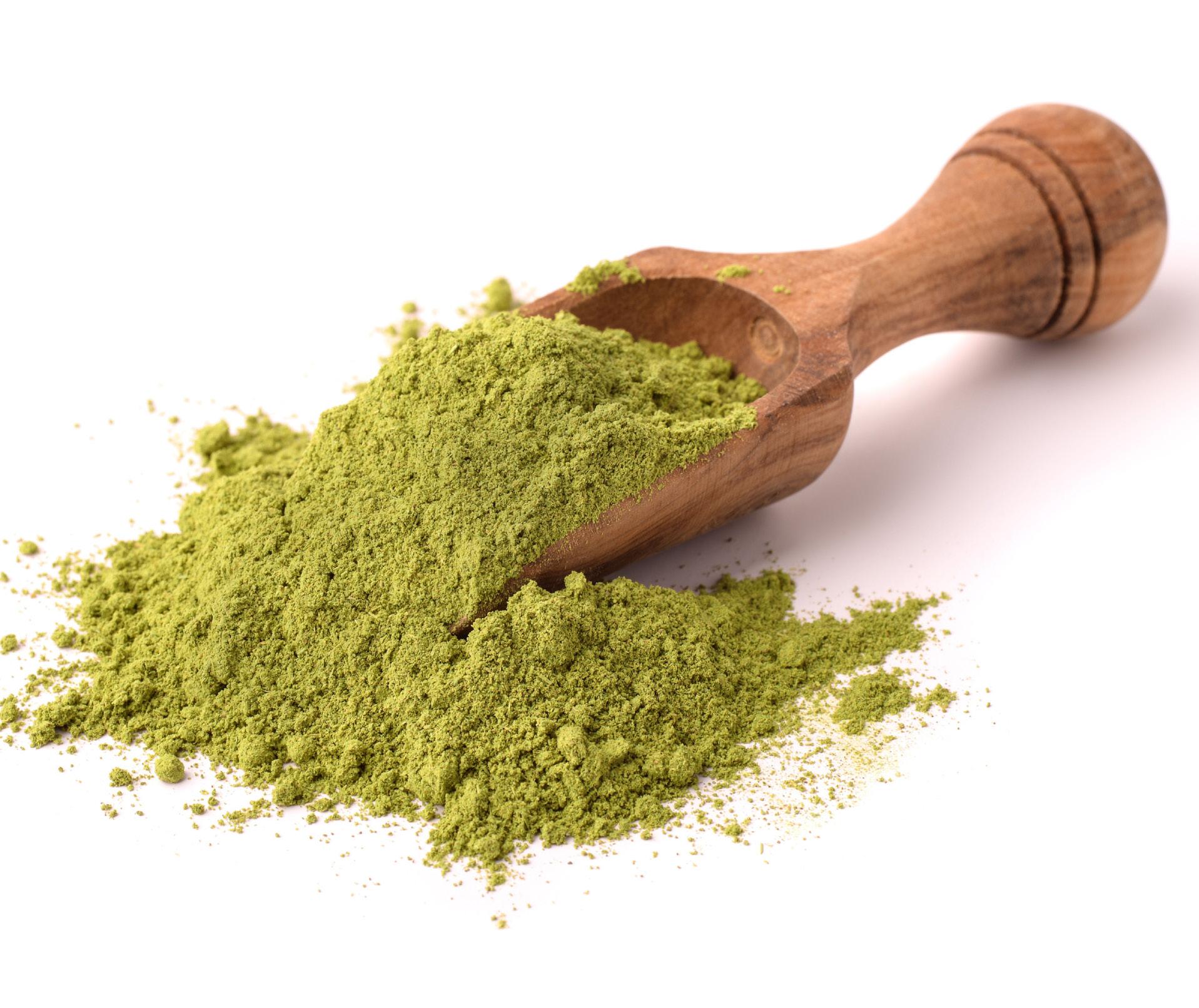
Gentle Exfoliation: Qasil's natural exfoliating properties make it an excellent choice for a facial scrub. The finely ground leaves can gently slough away dead skin cells, leaving your skin feeling smooth and rejuvenated. Unlike harsh chemical exfoliants, qasil is gentle enough to be used on sensitive skin types while still providing effective exfoliation.
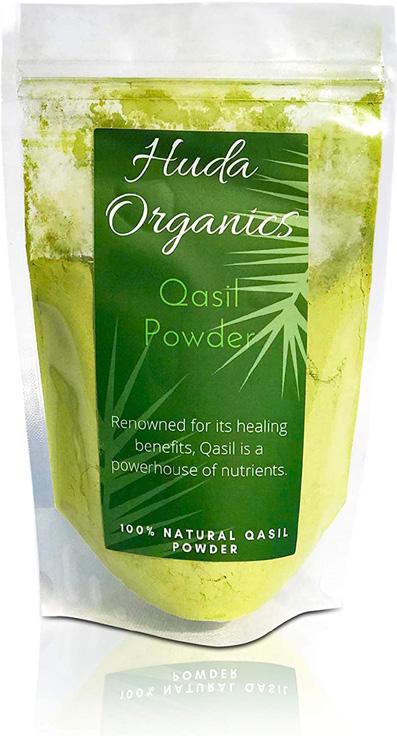
Reducing Inflammation and Blemishes: The anti-inflammatory and antibacterial properties of qasil make it an attractive option for those struggling with acne or other skin irritations. By incorporating qasil into your skincare routine, you can potentially reduce inflammation and prevent the formation of blemishes, promoting a clear and healthy complexion.

Strengthening Hair: Qasil's nutrient-rich composition can provide nourishment and strength to your hair. Incorporating qasil into your hair care routine can result in stronger, healthier hair with reduced breakage and split ends.
Promoting Hair Growth: The natural ingredients in qasil are believed to stimulate hair growth, making it an ideal remedy for those looking to achieve longer, fuller locks. Regular use of qasil can potentially lead to improved hair growth and a more voluminous appearance.
Prevent or Remove Dandruff: Qasil is known to have anti-inflammatory and antibacterial properties which could help soothe an irritated scalp and address the underlying causes of dandruff, such as excess oil production and the presence of certain fungi.
Alum stone, also known as potassium alum or potash alum, is a naturally occurring mineral compound typically found in the form of a colorless, translucent crystal. Its chemical composition is a combination of aluminum sulfate and potassium sulfate. Alum stone has been used for centuries for various purposes due to its astringent, antiseptic, and hemostatic properties.

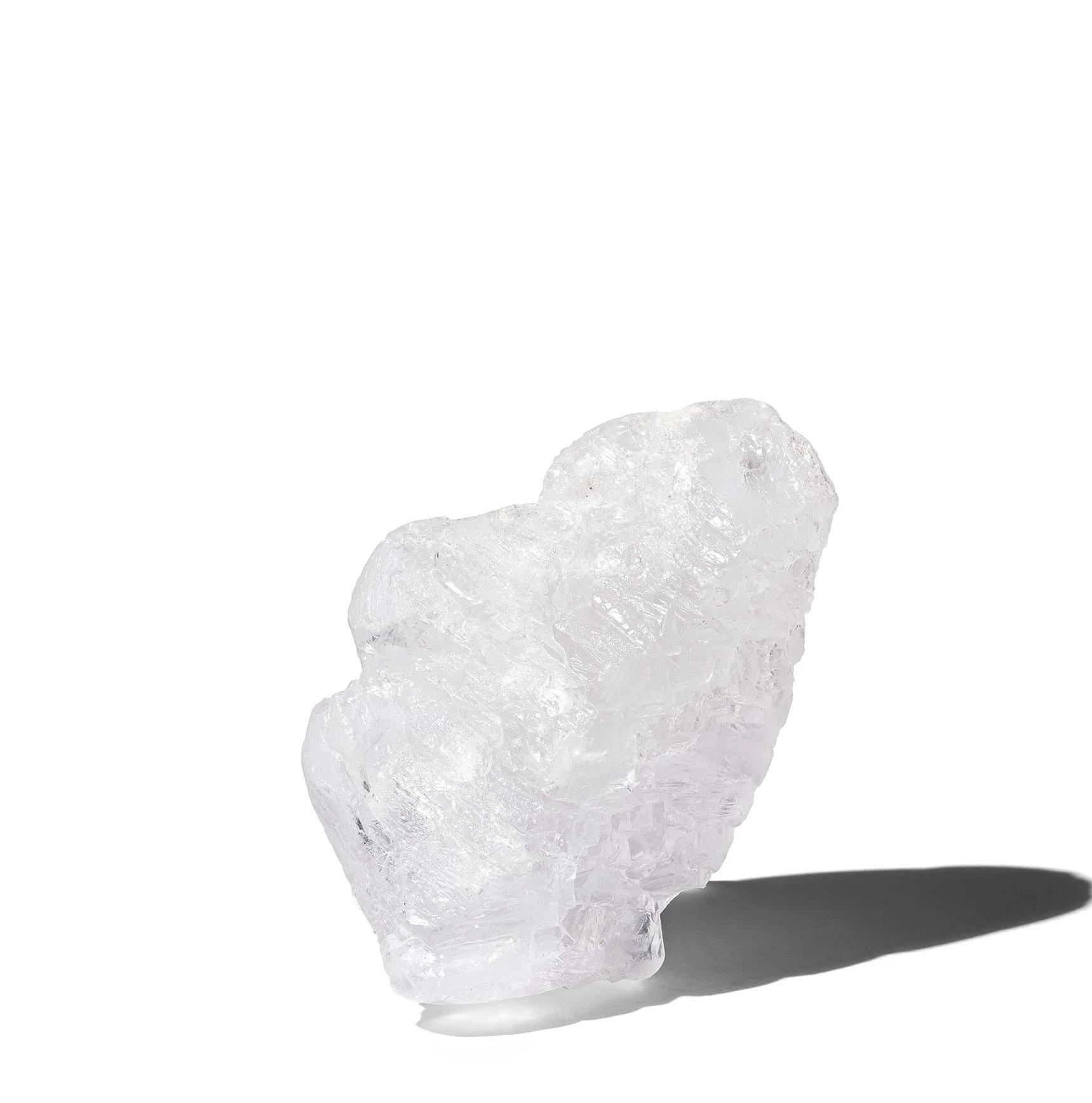
COMMON USES OF ALUM STONE INCLUDE: Natural Deodorant: Alum stone can be used as a natural alternative to commercial deodorants, as it helps to inhibit the growth of odour-causing bacteria without blocking sweat glands.

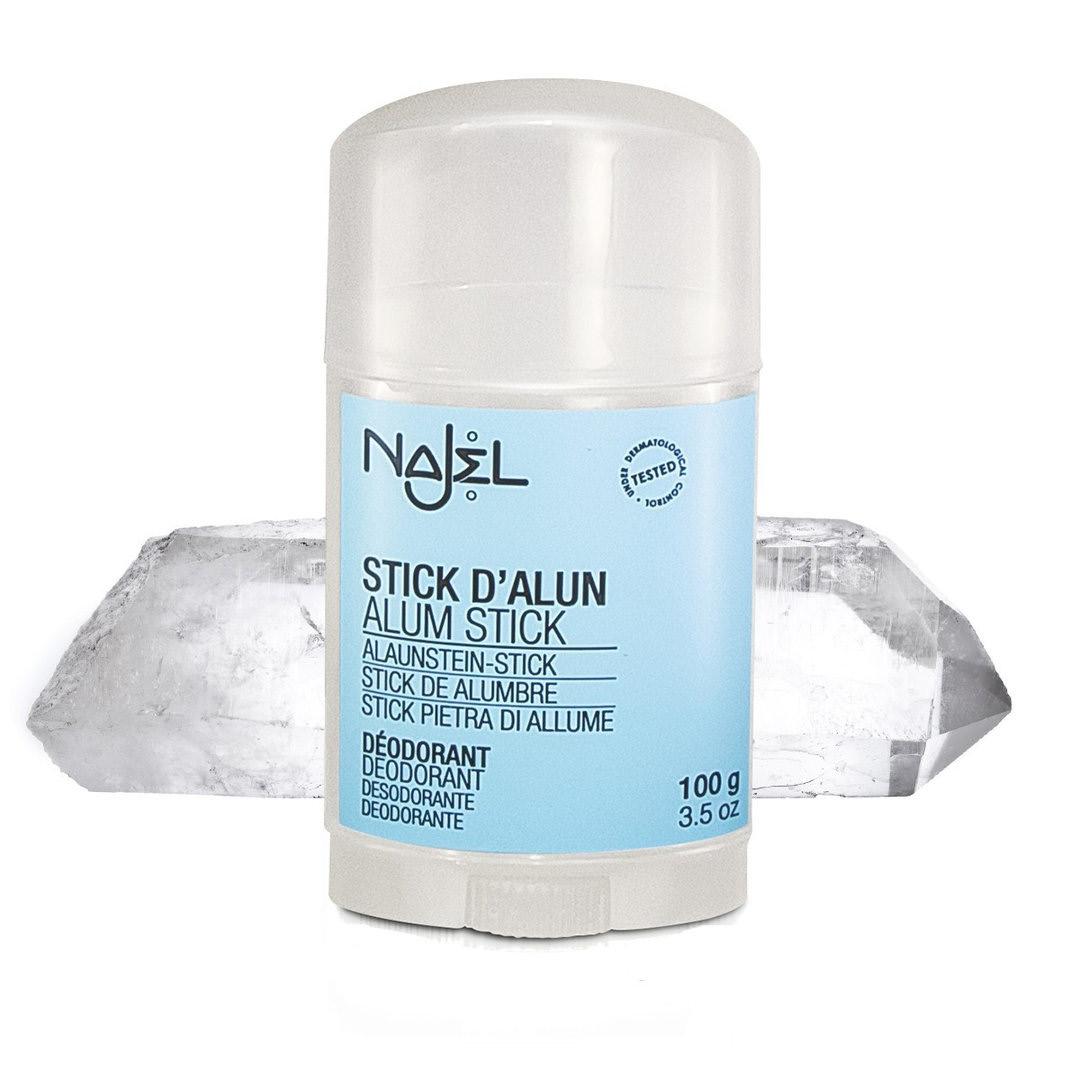
After-Shave Treatment: Its astringent and antiseptic properties make alum stone useful for soothing irritation and preventing infections after shaving.
Styptic Agent: Alum stone can be applied to minor cuts and abrasions to stop bleeding by constricting blood vessels and promoting clotting.
Wet the alum stone: Alum stone is usually sold in crystal form, which needs to be wetted before use. Simply wet the stone with water or rub it on wet skin.
Apply to the skin: Rub the wet alum stone onto the affected area of the skin. It can be used on the face, body and under the arms
Rinse off: After a few minutes, rinse the skin with water to remove the alum residue.
Today, Alum stone is used as an ingredient in skincare products, toothpaste, and mouthwashes due to its antimicrobial and astringent properties.
Henna, derived from the Lawsonia inermis plant, has a rich history and cultural significance in Africa, dating back thousands of years. The numerous beauty benefits of henna make it a valuable addition to any natural beauty routine. With its versatility in hair care, body art, nail care, and skin health, henna offers a sustainable and time-honoured option for enhancing one's appearance and well-being. As the world continues to embrace natural and eco-friendly beauty solutions, henna remains a popular and cherished choice across cultures.
Natural Hair Dye: Henna has been used as a natural hair dye in Africa for centuries, offering a chemical-free alternative to modern synthetic dyes. When mixed with water, henna forms a paste that can be applied to the hair, resulting in a range of colors from reddish-brown to deep auburn, depending on the original hair color and the duration of application.
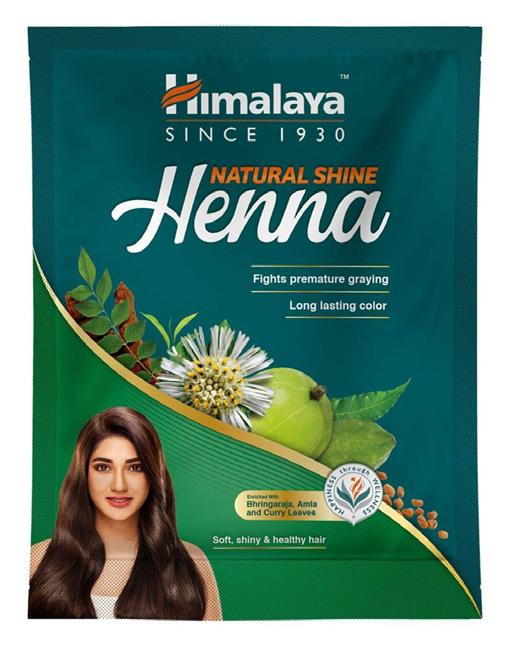
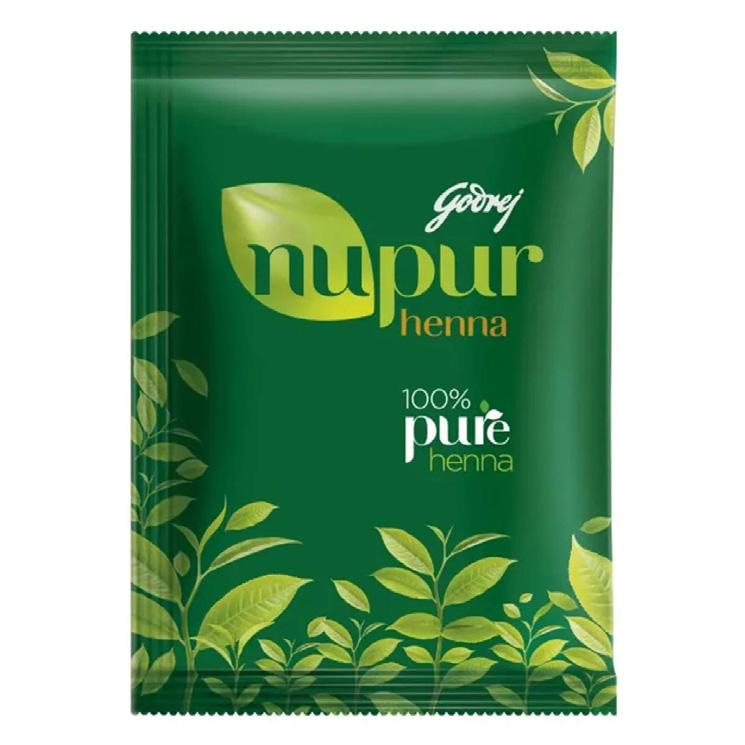
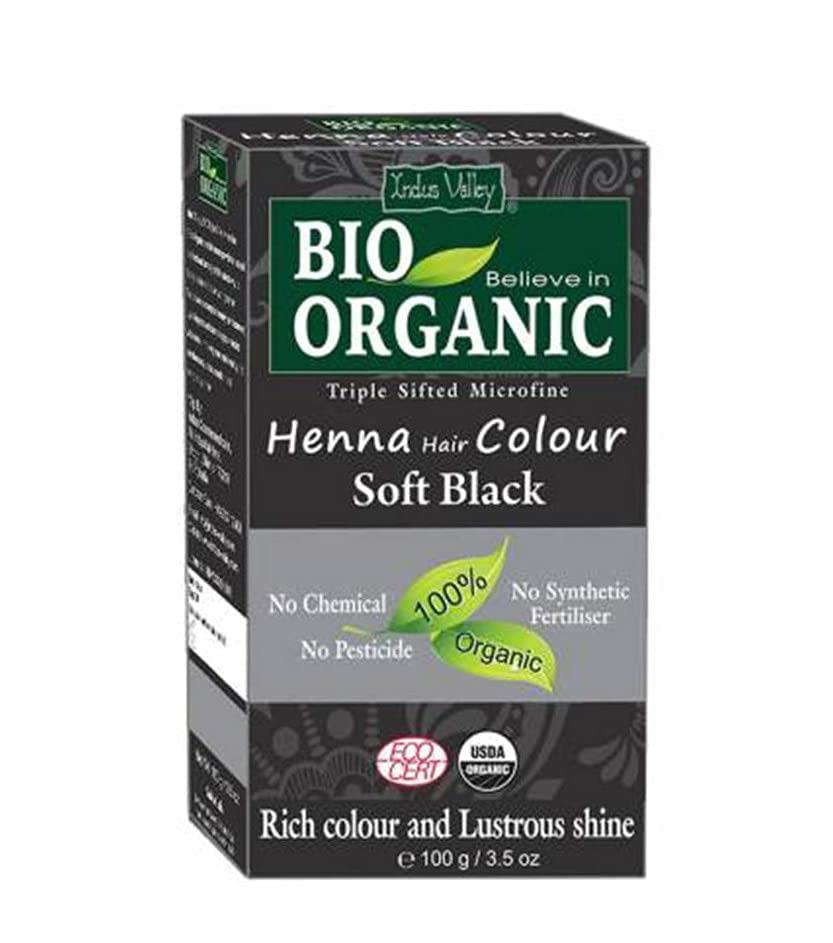
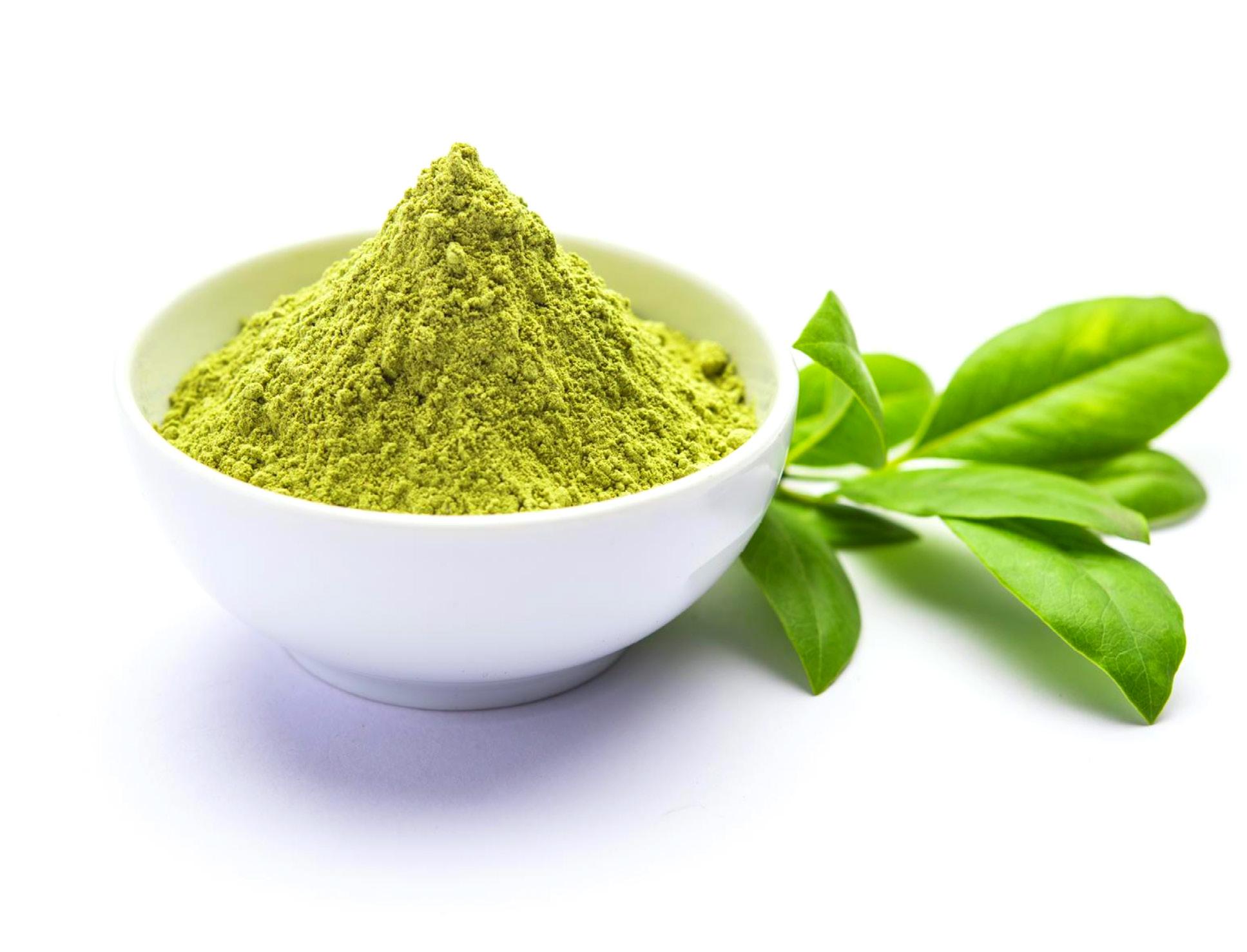
Hair Conditioning: Using henna as a hair dye has several benefits, including strengthening the hair shaft, promoting hair growth, and reducing dandruff. Additionally, henna is known for its conditioning properties, leaving hair soft, shiny, and more manageable.
Nail Strengthening: Henna has been traditionally used to strengthen and condition nails. Applying henna paste to the nails can help protect them from brittleness and breakage, while also staining them with a natural reddish-brown color. This practice is particularly popular among women, who often use henna to enhance the appearance of their nails as part of their beauty regimen.
Soothes Skin: Henna's antimicrobial, antifungal, and anti-inflammatory properties have made it a popular choice for treating various skin conditions. In Africa, henna has been traditionally used to alleviate skin irritations, such as rashes, burns, and infections. The cooling effect of henna also makes it an effective remedy for soothing sunburns and minor skin irritations.
Mongongo oil, a hidden gem from the continent of Africa, has been used for centuries by the indigenous people of Southern Africa for its remarkable cosmetic and nutritive properties. Extracted from the seeds of the Mongongo tree (Schinziophyton rautanenii), this natural oil is packed with essential fatty acids, vitamins, and minerals that make it a versatile and powerful ingredient for skin and hair care.
SKIN CARE BENEFITS:
Deep Moisturization: Rich in linoleic acid, Mongongo oil is an excellent natural moisturizer that penetrates deeply into the skin, keeping it soft, supple, and well-hydrated. It is suitable for all skin types, including sensitive and acne-prone skin, as it helps balance the skin's natural oils and does not clog pores.
Antioxidant Protection: The high Vitamin E content in Mongongo oil acts as a powerful antioxidant, protecting the skin from damage caused by free radicals and environmental stressors. This helps prevent the signs of premature aging, such as wrinkles and fine lines, and maintains a youthful complexion.
Anti-Inflammatory Properties: The antiinflammatory properties of Mongongo oil can soothe irritated skin and alleviate redness, making it an ideal choice for those suffering from skin conditions like eczema and psoriasis. It can also help reduce the inflammation caused by acne breakouts.
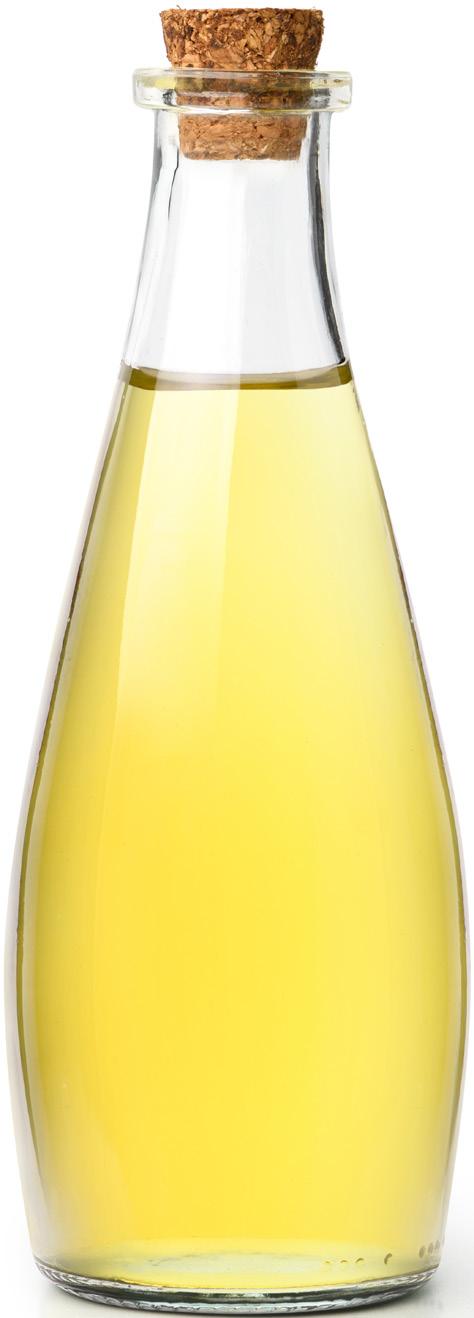
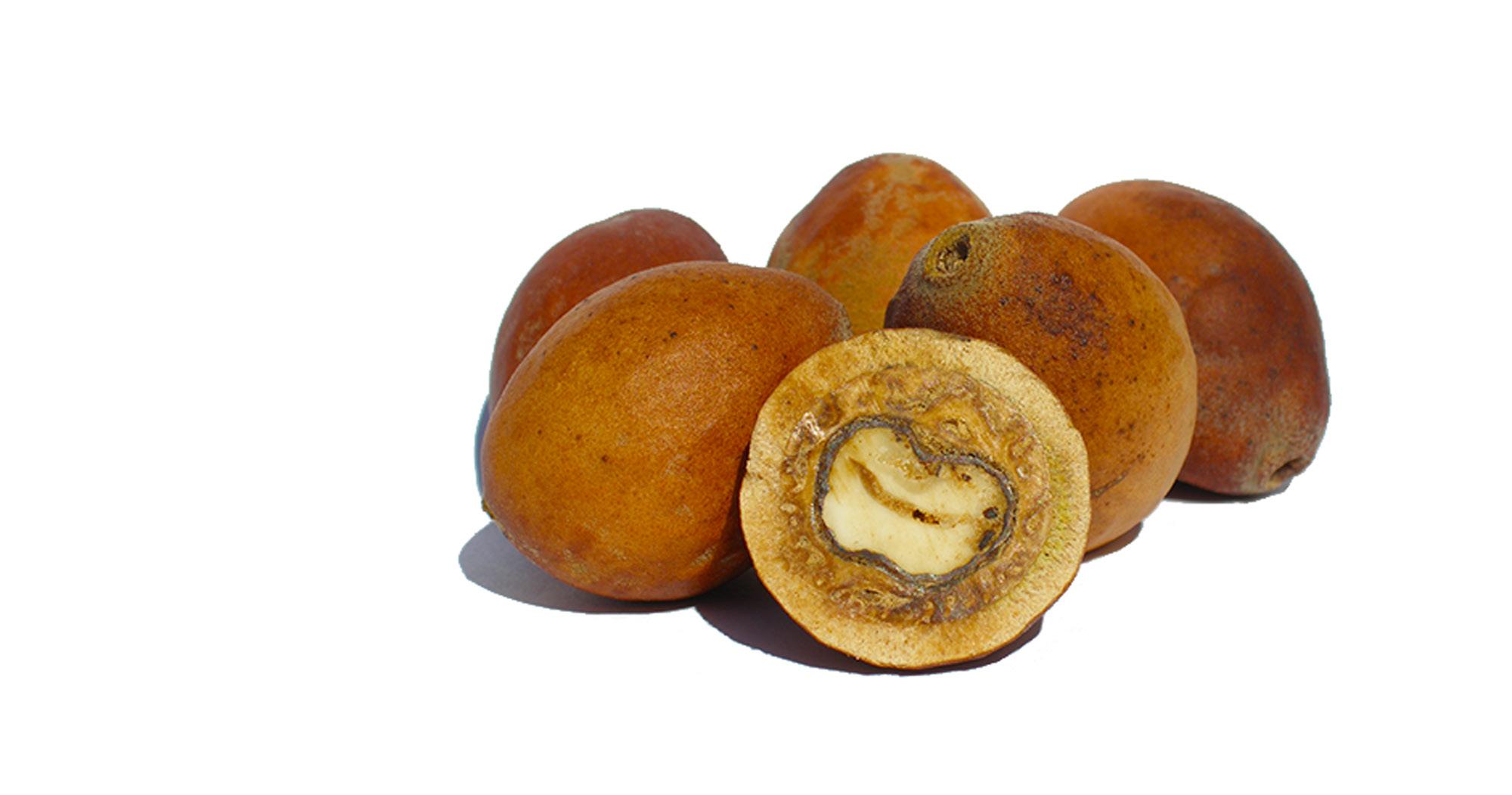
HAIR CARE BENEFITS:
Nourishing Hair Treatment: Mongongo oil is a natural conditioner that nourishes and strengthens the hair, leaving it soft, shiny, and manageable. It works well for all hair types, including curly, wavy, and textured hair, helping to reduce frizz and tangles.
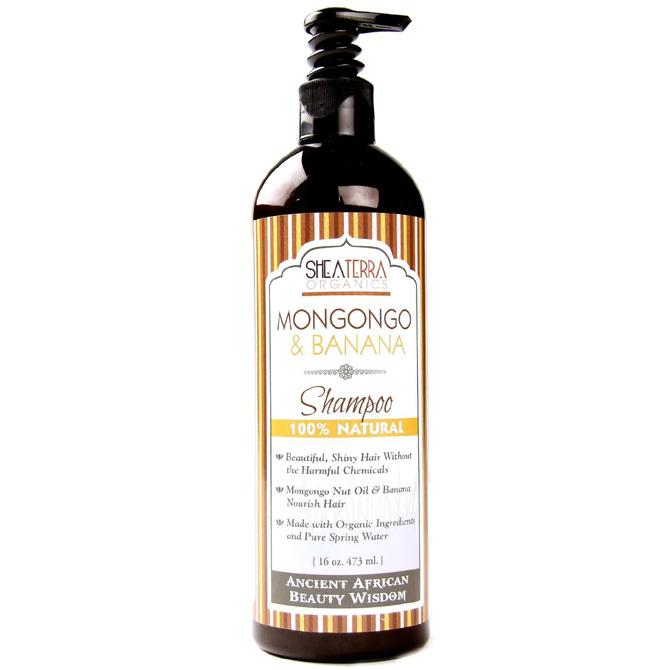
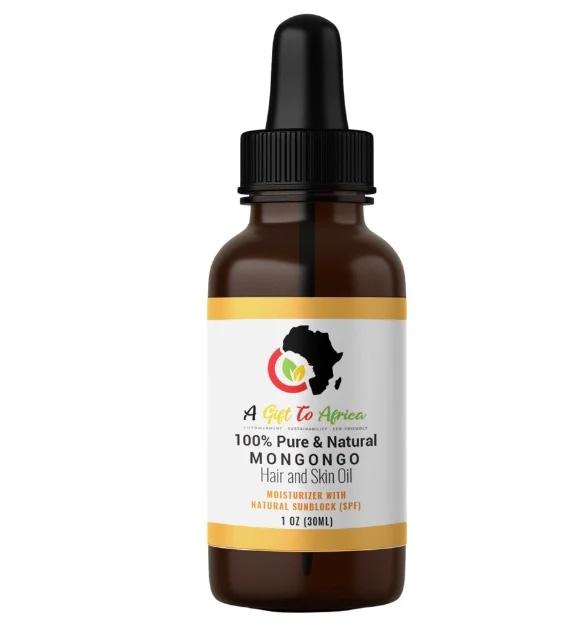
Scalp Health: The nutrients present in Mongongo oil, such as magnesium, calcium, and zinc, promote a healthy scalp environment, which in turn supports hair growth and prevents hair loss. It may also help alleviate dandruff and other scalp issues.
Heat Protection: Applying Mongongo oil to the hair before using heat styling tools can provide a protective barrier, reducing the risk of damage and breakage caused by high temperatures. This makes it an excellent choice for those who frequently use flat irons, curling wands, and blow dryers.
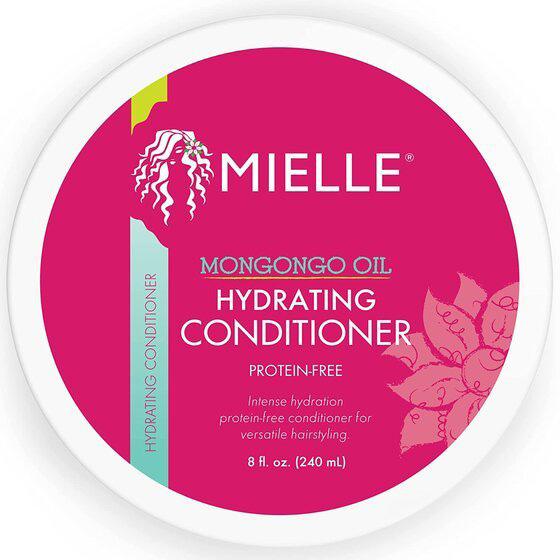
OTHER USES:
Nail Care: The nourishing properties of Mongongo oil can also be beneficial for cuticle care. Regularly massaging the oil into your cuticles and nails can help promote healthy, strong nails and prevent dry, brittle cuticles.
Lip Care: Using Mongongo oil as a lip balm can help soothe and moisturize dry, chapped lips, thanks to its deeply hydrating and nourishing properties.
African black soap is a traditional soap that originated in West Africa, primarily Ghana, Nigeria, and Mali. It is made from the ash of locally harvested African plants, such as plantain, cocoa pods, palm tree leaves, and shea tree bark. The ash is combined with water, various oils, and other natural ingredients like honey, aloe vera, and oatmeal to create a black, soap-like substance.
BENEFITS OF AFRICAN BLACK SOAP: Cleanses and Detoxifies the Skin: African black soap is a great cleanser for the skin. It helps to remove dirt, oil, and impurities from the skin without stripping it of its natural oils. It also helps to detoxify the skin, removing toxins and pollutants from the pores.
Treats Acne and Other Skin Conditions: African black soap is often used to treat acne and other skin conditions like eczema and psoriasis. It helps to reduce inflammation, soothe irritated skin, and control oil production, making it a great choice for those with oily or acne-prone skin.
Improves Skin Texture and Tone: African black soap is high in vitamins A and E, which are essential for healthy skin. It helps to improve skin texture and tone, leaving the skin looking smoother, brighter, and more youthful.
Moisturizes The Skin: African black soap is rich in natural oils like shea butter and coconut oil, which help to moisturize the skin. It also contains glycerin, which helps to attract moisture to the skin, keeping it hydrated and supple.
Anti-Ageing Properties: African black soap is high in antioxidants, which help to protect the skin from free radical damage. Free radicals are responsible for premature aging, so using African black soap can help to prevent fine lines, wrinkles, and other signs of aging.

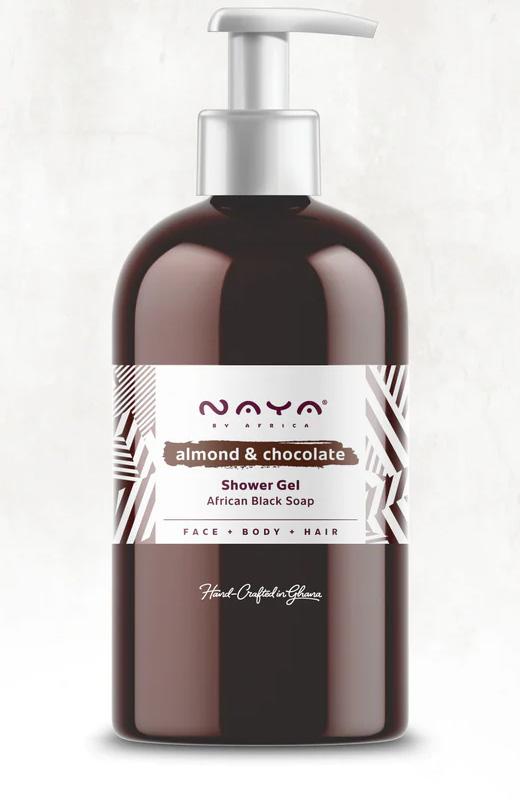
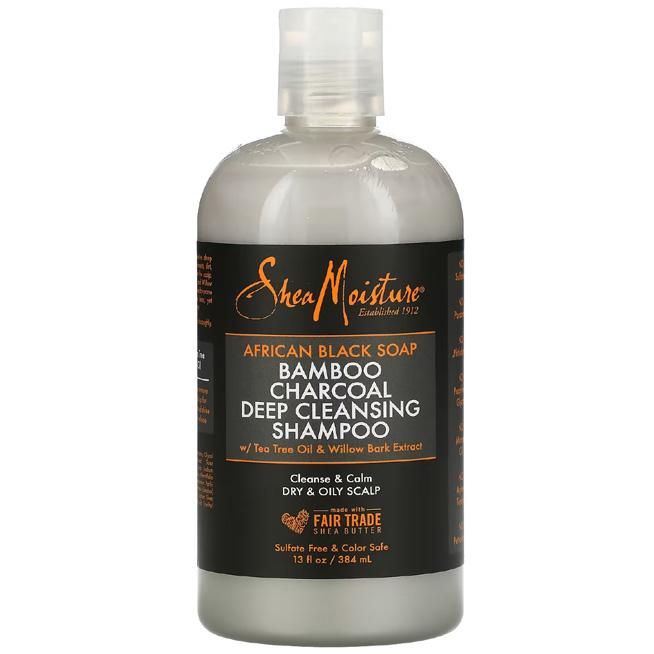

Shea butter is a natural beauty ingredient that has been used for centuries in Africa for its moisturizing and healing properties. It is extracted from the nuts of the African shea tree and is rich in fatty acids, vitamins, and other nutrients that are beneficial for the skin and hair.
USES AND BENEFITS OF SHEA BUTTER
Moisturizes Skin: It is rich in fatty acids and other nutrients that help to keep the skin hydrated and nourished. Shea butter is easily absorbed by the skin and does not leave a greasy residue. It is especially beneficial for dry and sensitive skin as it helps to soothe and heal the skin.
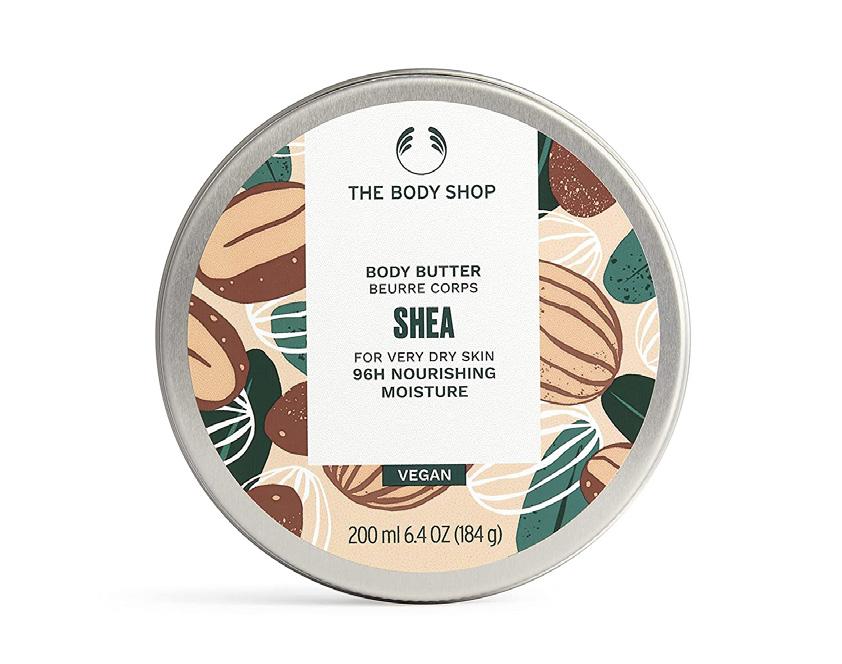
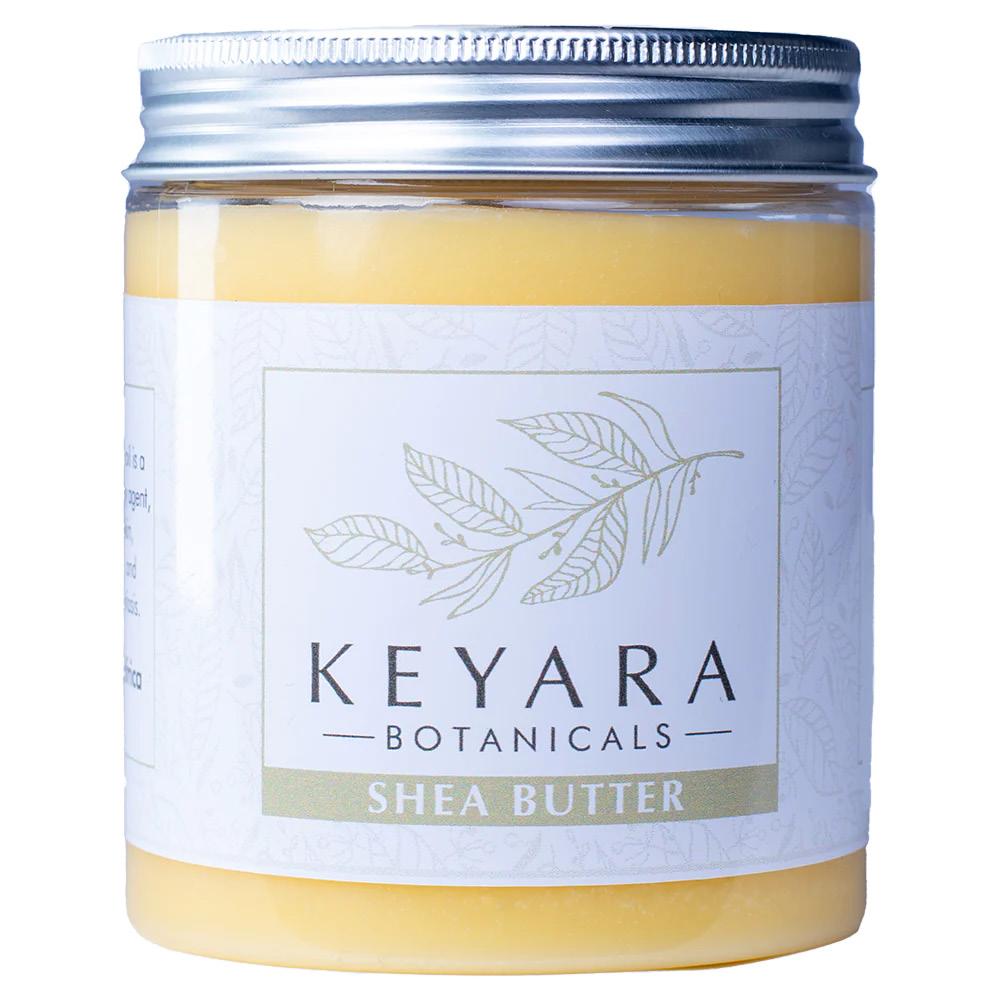
Helps Reduce Inflammation: It contains compounds like lupeol cinnamate and oleic acid that have been shown to have anti-inflammatory effects. This makes shea butter a great ingredient to use for skin conditions like eczema, psoriasis, and acne.
Improves Skin Elasticity: It's is rich in vitamins A and E, both of which are essential for maintaining healthy skin. These vitamins help to improve skin elasticity and firmness, which can help to reduce the appearance of fine lines and wrinkles.
Reduces the Appearance of Stretch Marks: It helps to improve skin elasticity and can help to prevent the formation of new stretch marks. Shea butter is also rich in vitamin A, which can help to fade existing stretch marks over time.
Soothes and Heals Dry, Cracked Skin: It contains fatty acids and other nutrients that help to moisturize and nourish the skin. Shea butter is also rich in antioxidants, which can help to protect the skin from further damage.
Protects from UV Damage: Shea butter contains a small amount of natural SPF, which can help to protect the skin from UV damage. While it should not be used as a substitute for sunscreen, incorporating shea butter into your skincare routine can help to provide some extra protection from the sun.
Conditions and Strengthens Hair: Shea butter is not just good for the skin, it is also beneficial for the hair. It is rich in vitamins and other nutrients that help to condition and strengthen the hair. Shea butter can help to reduce hair breakage and split ends, and can also help to promote hair growth.
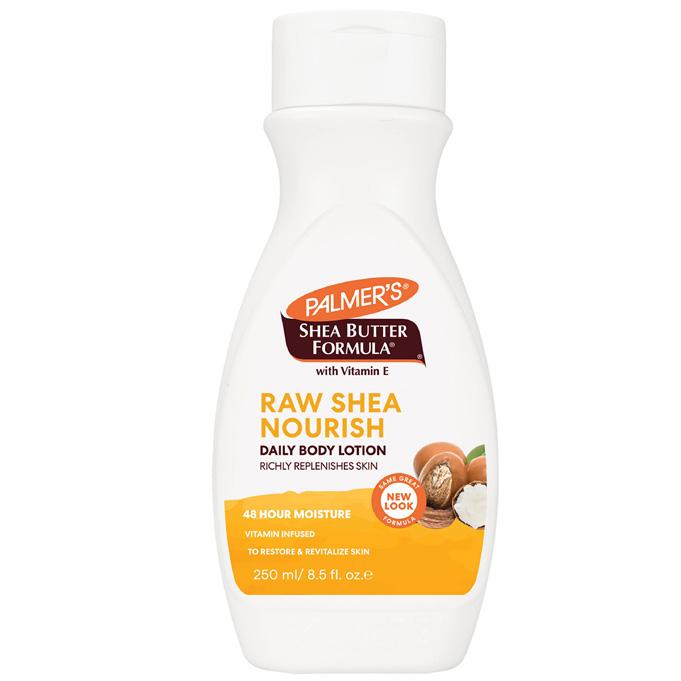
Soothes and Heals the Scalp: It contains antiinflammatory compounds that can help to reduce inflammation and irritation in the scalp. Shea butter can also help to moisturize and nourish the scalp, which can help to prevent dandruff and other scalp conditions.
Can be used as a Natural Makeup Remover: It is gentle on the skin and can help to remove makeup without causing irritation. Shea butter can also help to moisturize and nourish the skin while removing makeup.
Today, shea butter is one of the most popular ingredients used in skin and hair products by mainstream brands.

Castor oil, extracted from the seeds of the Ricinus communis plant, has a rich history of traditional use in various cultures worldwide, including Africa, India, and the Mediterranean region. Known for its unique properties and versatility, castor oil has been an essential ingredient in beauty and personal care for centuries
USES AND BENEFITS OF CASTOR OIL

INCLUDE:
Hair Care and Growth: One of the most wellknown uses of castor oil in traditional beauty practices is for hair care. Rich in ricinoleic acid and other fatty acids, castor oil was used to promote hair growth, strengthen hair strands, and prevent breakage. It was believed that massaging castor oil into the scalp could stimulate blood circulation, thus encouraging healthy hair growth.
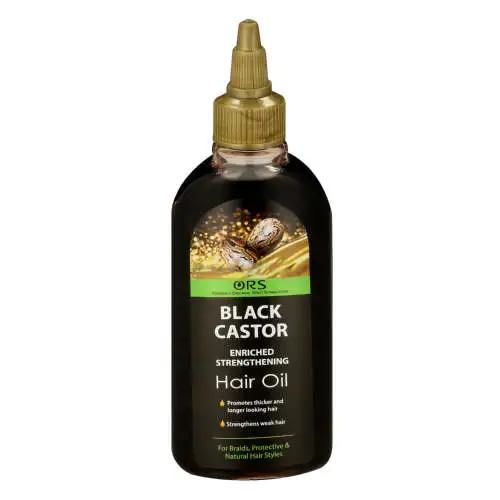
Skin Moisturizer: Castor oil's thick consistency and emollient properties made it an ideal choice for moisturizing dry and damaged skin. When applied topically, castor oil forms a protective barrier on the skin, locking in moisture and helping to prevent dehydration. It was traditionally used to soften rough and cracked skin, particularly on the hands, feet, and elbows.
Wound Healing and Skin Irritations: Due to its purported antimicrobial and anti-inflammatory properties, castor oil was used in traditional remedies for minor cuts, burns, and skin irritations. It was believed to promote wound healing and reduce the risk of infection, making it a valuable addition to traditional skincare routines.
Eyelash and Eyebrow Growth: Castor oil was traditionally used to enhance the appearance of eyelashes and eyebrows. It was believed that applying castor oil to the lashes and brows could help promote growth, thickness, and strength, resulting in a more defined and attractive look.
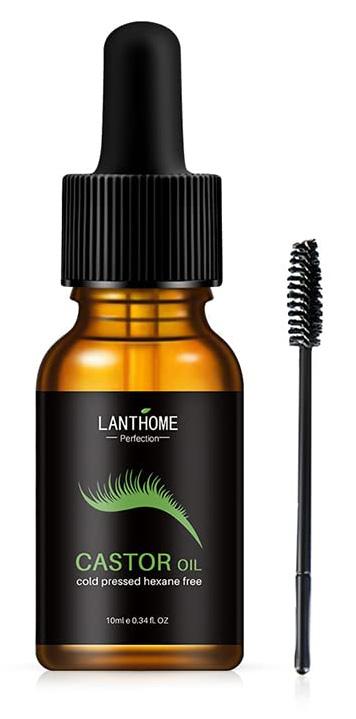
Acne Treatment: The anti-inflammatory and antimicrobial properties of castor oil made it a popular choice for treating acne and other skin blemishes in traditional beauty practices. By applying castor oil to the affected areas, it was believed to help reduce inflammation, redness, and the spread of bacteria, promoting clearer and healthier skin.
As modern society continues to seek natural, sustainable alternatives to synthetic cosmetics, the enduring appeal of castor oil remains a testament to its enduring value in the world of beauty.
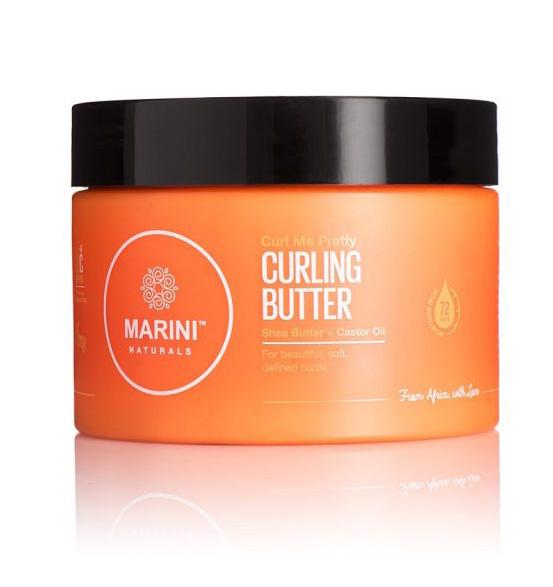 Marini Naturals Curl Me Pretty Curling Butter
Marini Naturals Curl Me Pretty Curling Butter
Baobab oil is a natural oil that is extracted from the seeds of the baobab tree, which is native to many African countries. The baobab tree is also known as the "Tree of Life" due to its many uses, including the fruit, leaves, and bark, which have been used for food, medicine, and other purposes for centuries. The oil is cold-pressed from the seeds of the baobab fruit, which are high in essential fatty acids, vitamins, and antioxidants.
COMMON USES OF BAOBAB OIL:
Skin moisturizer: Baobab oil is highly emollient, which makes it an excellent moisturizer for the skin. It penetrates deeply, leaving the skin feeling soft and supple. The high content of fatty acids, especially oleic, linoleic, and palmitic acids, helps to maintain skin elasticity and hydration.
Anti-aging and wrinkle reduction: The oil is rich in antioxidants, including vitamins A, D, E, and F, which help to neutralize free radicals and protect the skin from damage caused by UV exposure and environmental pollution. This helps to reduce the appearance of fine lines and wrinkles, and promotes a more youthful complexion.
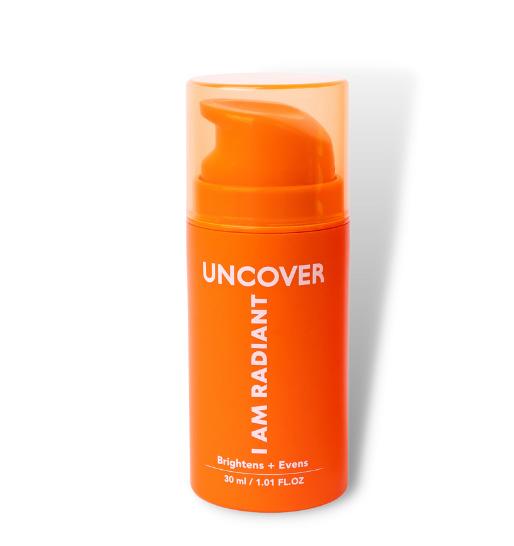


Scar and stretch mark treatment: Baobab oil has been traditionally used to minimize the appearance of scars and stretch marks. Its regenerative properties promote healthy skin cell growth, while its nourishing nutrients improve skin elasticity.
Soothing irritated skin: Due to its antiinflammatory properties, baobab oil is effective in soothing and healing skin irritations, such as eczema, psoriasis, and dermatitis. It also provides relief from sunburns and insect bites.
Hair care: Baobab oil is known to promote healthy hair growth and improve the overall health of the hair and scalp. It moisturizes dry hair, reduces frizz, and adds shine. Its nutrients, including vitamins and fatty acids, help to strengthen the hair and improve its elasticity, preventing breakage.
Today, baobab oil is widely used in the cosmetics and personal care industry for its numerous benefits for skin and hair.
 Uhai Scalp Serum
Mina Baobb Oil
Uhai Scalp Serum
Mina Baobb Oil

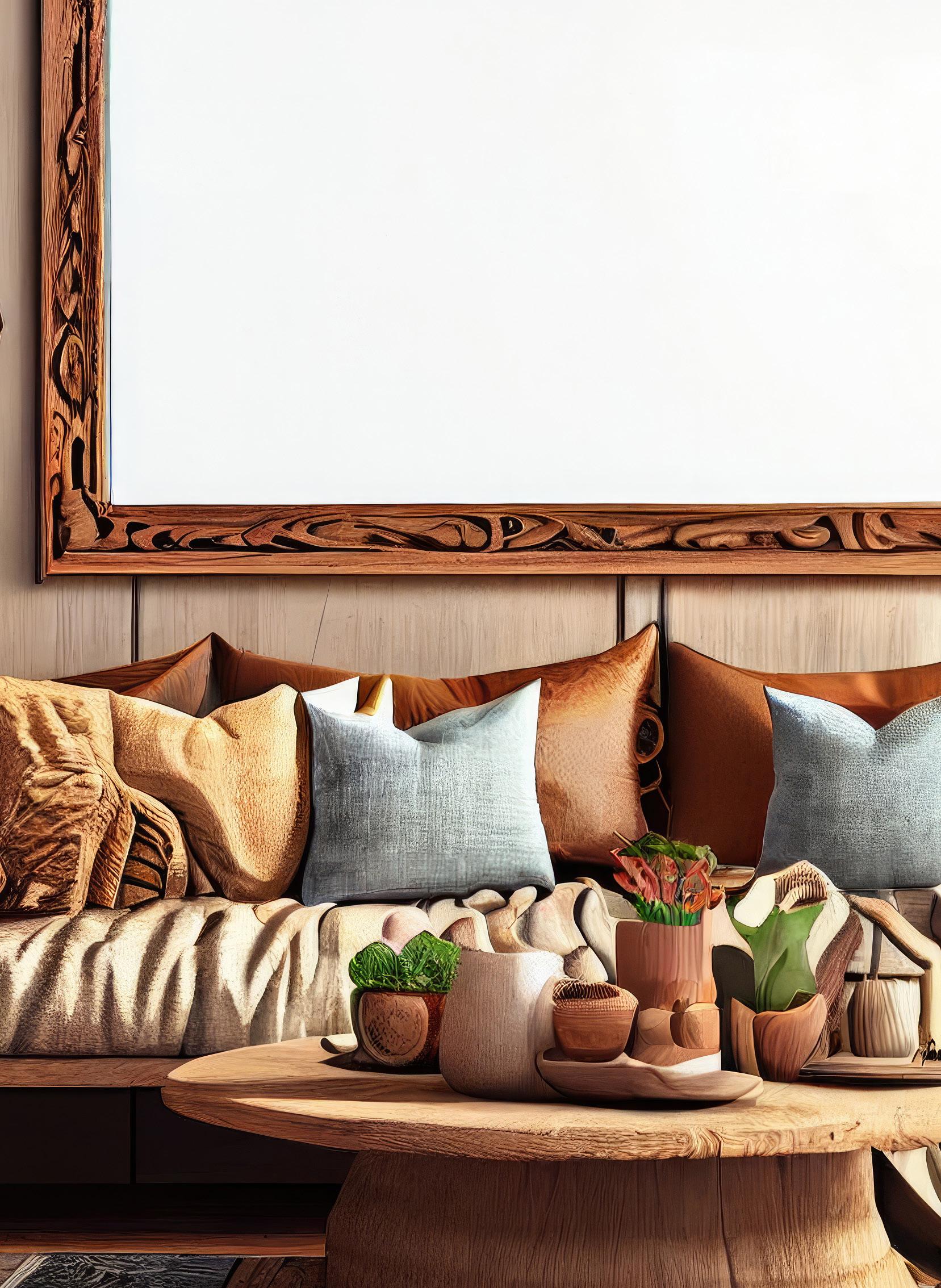
Interior design is a fundamental part of art in its entirety. I believe we are at the onset of the African Décor wave, as we continue to try and connect with our authentic roots. Spaces with a touch African décor tend to give off authentic energy that cannot easily be replicated, and we all feel it. In a world that is constantly changing, it is important to have your one safe haven that makes you feel grounded and energized, be it your home, a room in your home, your office or even your workstation. One great way to do this is to bring a touch of African authenticity into that space.
African décor is vast and constantly evolving and can take on many forms depending on the style that you want. The style incorporated can be influenced by different traditional tribes, a particular region in Africa or a specific country. These are distinguished by colors, carvings or paintings. Safari themed accents are yet another way to incorporate African décor into a space.
One important facet of African décor is indigenous artwork. African art is most times filled with meaning, therefore making it possible for you to find art that means something to you and your space or tells us more about who you are as an individual. African design style is all about mixing natural elements with bright, vibrant colours. No matter how far away you are from Africa, you can give your home an African feeling with some décor niceties, and we have the perfect spots for you to get just that.
By Leilah NamweziPinkopallino Gallery is a wonderful location for aesthetic interior design pilgrims located in Village Market. The Ankara furniture and numerous lights decorated with coloured resin shades have refined the visual quality of interiors, fusing African artisan craftsmanship with modern, timeless design. The shop offers ideas for elevated living and stylish decor finishing touches and provides hand-made, unique, durable and eclectic ranges of furniture such as armchairs, accent chairs, tables, stools, bookshelves, barstools, pouffes and corporate furniture. They also offer lighting items such as lampshades, chandeliers, bathroom mirror lights and floor lamps. Hand carved wooden artifacts, paintings, books on works by African contemporary artists, portraits of Africans, signage for businesses or brands, coasters, beadwork items, decor pieces and collectibles are also found. The unique pieces are made from mild hand polished steel, African textiles, wood and mouth blown glass. If you are ever looking for small decorative or artistic objects to add to your collection, visit Pinkopallino Gallery and get to view their curated collections.
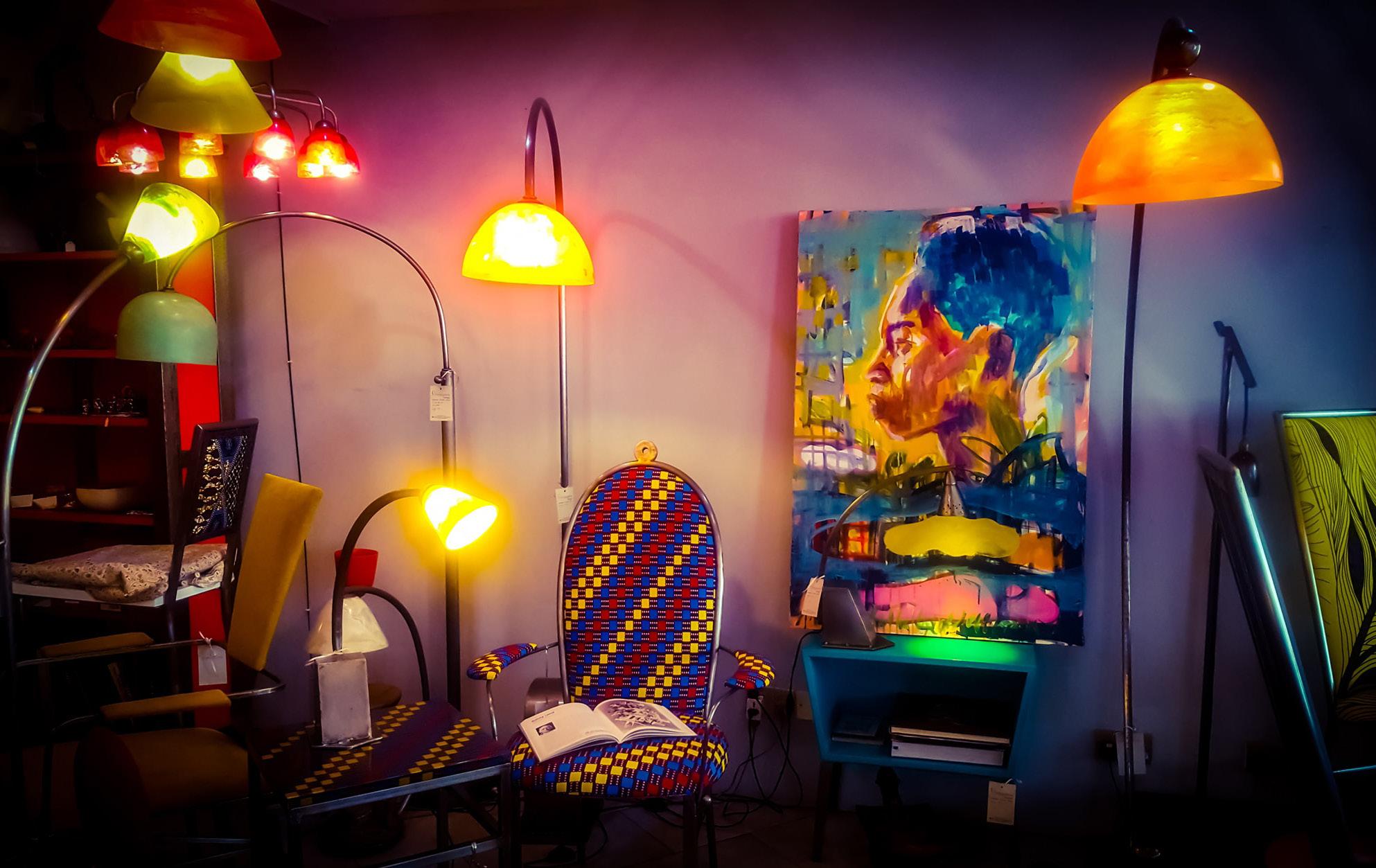
African Classics is a home décor, fashion and travel bag’s shop. The brand takes pride with their finished pieces which expresses their creativity, either through the natural beauty of the wood, the design or the marks of shaping left by the human hand. Inspired by quality materials, product function, craftsmanship, and sustainability, African Classics reflects the epitome of quality over quantity. If you are a person who loves to travel, go on safari or just spend time in nature, then Africa Classics is for you.
The brand has taken on many new adventures with clients over the years and is known for their ‘adventure in style’ look - connecting each product and interior to the brand’s continental roots. Some of the items that they create are custom indoor and outdoor furniture, wooden wardrobes, antique pieces, woven mats, tables, baskets, beadwork, bags and accessories, corporate branded gifts. Additionally, they also offer consultancy services for interiors and garden design. Custom designs and fabrication for items with delivery services are also provided to help compliment your design ideas. Located in Langata Link shops, Duty Free Terminal 1A at JKIA and Factory Outlet Marula Lane, Africa Classics will provide you the ultimate shopping experience.

Tulia is an African handicraft store comprising of a team of African inspired artisans including designers, weavers, crafters, sewers and tailors. All the products are passionately handmade from natural and recycled products. Together, they create items such as wall décor baskets, welded metal crafts, ankara summer hats, traditional African masks, plants and garden décor, storage and organizing baskets, kitchen and dining décor such as ankara aprons and oven mittens, lamp shades pendants, candle holders, decorative fans, coasters, mats, stone carving ornaments, kid’s dolls and accessories such as jewellery, handbags, hats, sandals. Located at Brookside Gardens, Tulia African is open to both locals and people in the diaspora as they ship worldwide.
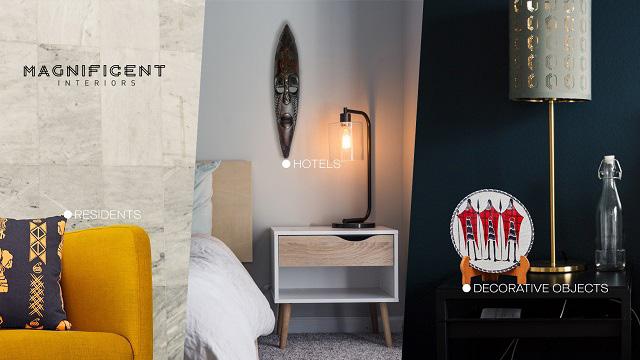
Located at Runda Shopping Centre, Magnificent Interiors Limited provides African inspired home décor products, art, crafts, fashion accessories and gifts. The pieces are made by local artisans and are inspired by traditional Kenyan culture and African tribes. The products made include sculptures, printed throw blankets, table runners, placemats, throw pillow covers, Kikoy beach wraps, African masks, Maasai beaded belts, beaded dog collars and Maasai sandals. Looking to add an African twist to your home and personal style? Then this is the shop for you.
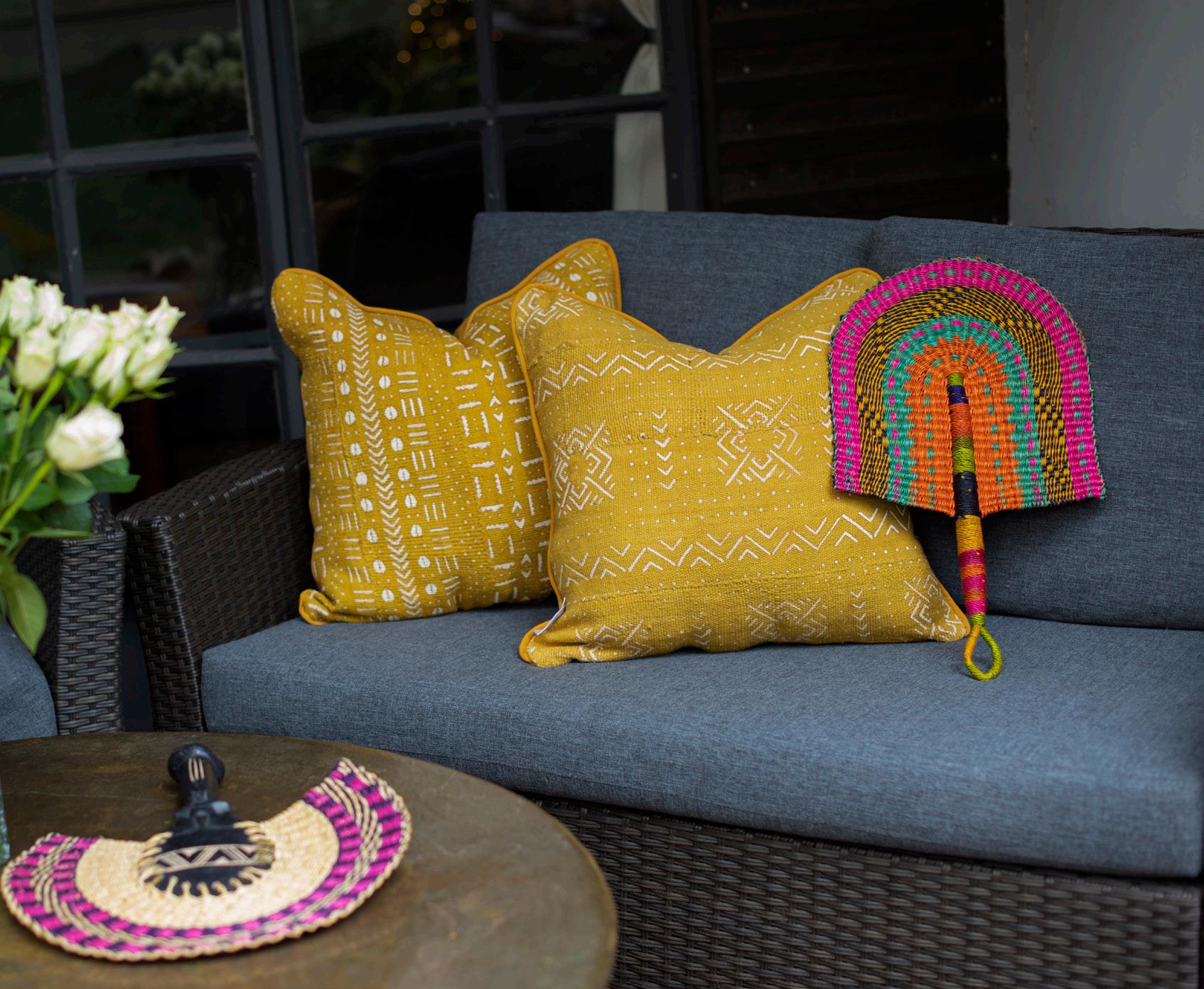
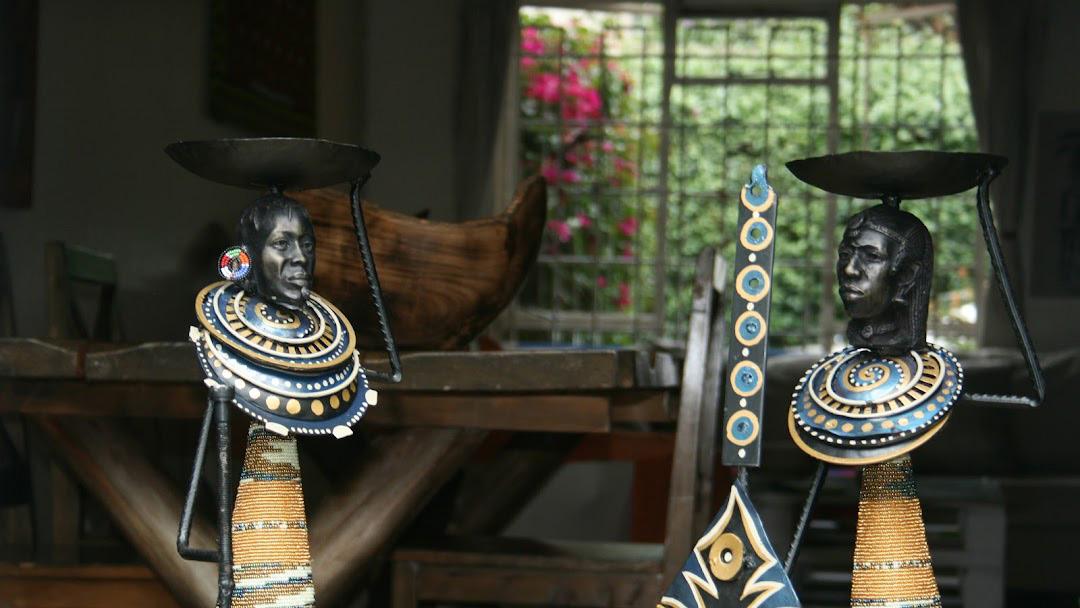
Kapulangu is an African home decor and interior design studio based in Lavington, Nairobi next to the Pallet Cafe. The brand designs, curates and collects beautiful pieces from across Africa. The shop provides a space that highlights African goodness with unexpected and exciting handcrafted items in charming beads, weaves and woodwork. They stock curated African antiques from Nigeria, Namji dolls from Cameroon made from cowrie shells which come in pairs (male and female), human statues from Ivory Coast, beaded measuring cups, Tonga lampshades and mirrors, Tonga baskets woven by Tonga women of Zambia, Bolga baskets from Ghana and the signature light baskets made in Yala, Siaya County. The baskets which are Kapulangu’s signature product and can be used as hand luggage, shopping bags, and when not in use, they serve as flower vases to dull corners of a home. They also make handmade homeware such as napkin rings, cocktail glasses and notebooks. The products are made from a number of raw materials such as grass, brass, shell, metal, palm, bone and recycled glass. If you are in the hospitality industry or you need to give your house a revamp with some interior styling, then make your way to Kapulangu.

The Maasai market, an open-air travelling market in Nairobi has become a popular name and tourist destination for those visiting Kenya. The market sells a wide range of African antiques and has become a convergence zone for both locals and tourists. The Maasai Market is named after the Maasai people, one of the most famous tribes in Kenya. The market moves around the city on different days of the week, typically operating from 8am to 6pm at each location.
The open-air market has a broad selection of products hand made in Kenya by local artisans including curios, paintings and artwork, drawings, jewellery, hats, bags, shoes, Ankara fabrics, clothes, place mats, coasters, soap stone carvings, wooden statues, African pots and pans, garments, and utensils, wooden carvings, baskets, African dolls, Maasai sandals and Maasai ‘shukas’ or ‘kikois’ which can also be used as bed covers or picnic blankets.
The different locations and days for the market days include Tuesday at Westgate Shopping Mall, Wednesday at Capital Centre, Thursday at the Junction Shopping Mall, Friday at the Village Market, Saturday at the High Court Parking Lot in the CBD and Sunday at Yaya Centre. It is advisable to visit Maasai market during the week as it is usually bustling with activity on Saturday. It is the perfect stop if you are looking to gift someone or get souvenirs to add a little Kenyan vibe to your home.
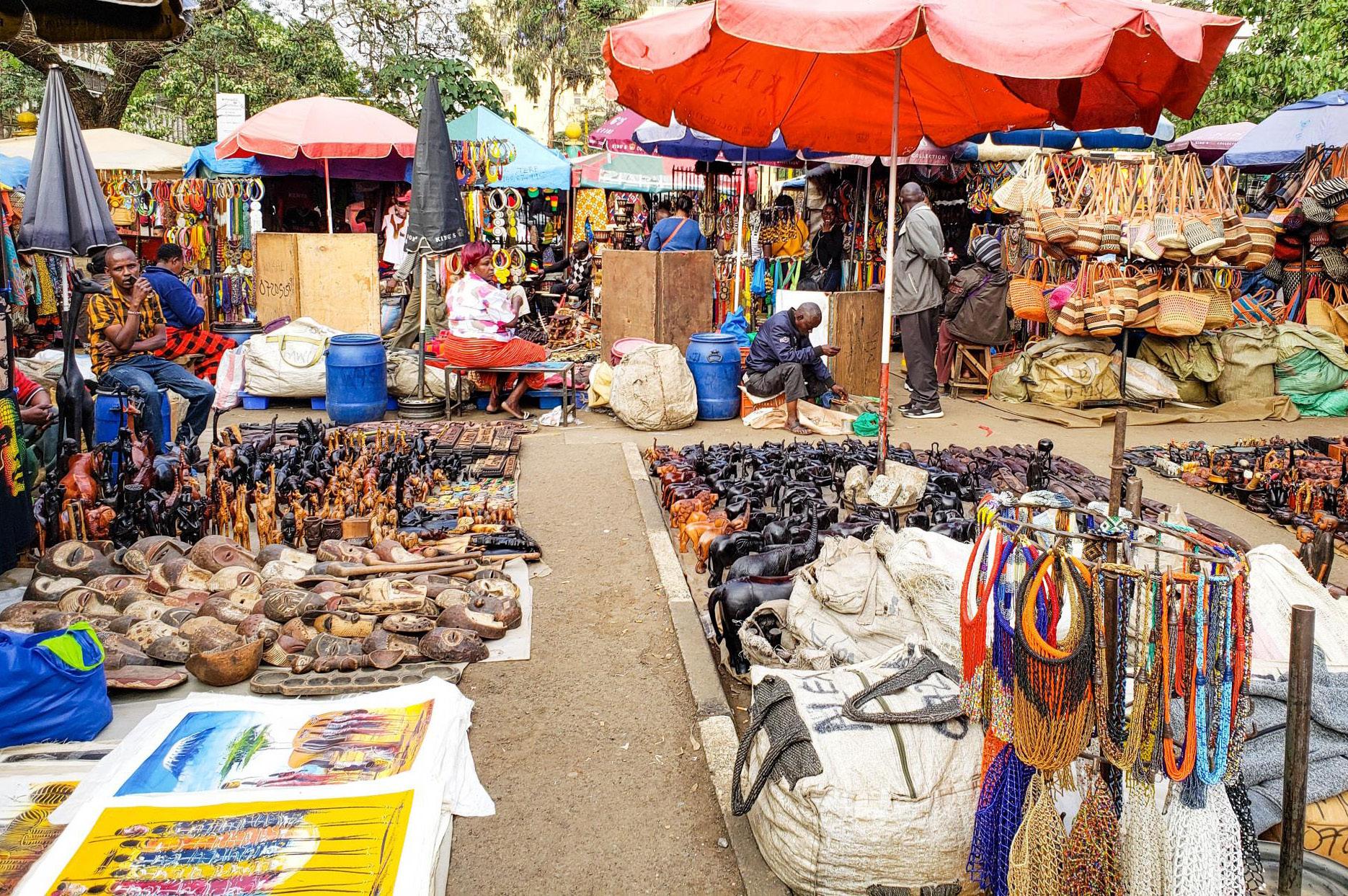
Utamaduni is a mini shopping centre and one of the best African artisan markets in Nairobi, ideally located in Langata. Shoppers enjoy easy access to the shop where they can sit in the beautiful tranquil garden with refreshments and light meals from an in-house restaurant and then continue their way through a treasure trove of shops, with friendly staff always ready to help load and ship items. The name, Utamaduni, means culture, tradition and folklore, and the brand encompasses the best of African crafts as it is dedicated to supporting craftsmen from all over Kenya. It supports various charities including the KSPCA and street children who actually have their own shop within the centre. The various shops offer antiques, wood carvings, bronze pieces, various African fabrics, beaded glassware, Kenyan kiondo baskets, bags, soapstone, postcards and antiques of African silver and gold jewellery. Be sure not to miss out on the Maasai design shops, the large array of khangas and kikoys, exquisite Lamu furniture as well as diverse African music and crafts. It is no-wonder, Utamaduni Centre has become an attraction for many tourists into the country.
The Banana Box Company is another convenient décor haven to stop by. The African products rich in culture support Kenyan communities and promote Kenyan culture. The brand strongly believes in protecting the environment by using only sustainably produced raw materials such as banana leaves, Kenyan cotton, hand spun Kenyan wool, environmentally managed timber, bone and natural Kenyan soap stone. In the spirit of preserving the eco-system, they also offer a range of gifts made from recycled scrap metal, plastic, glass and get this – paper made from elephant dung! At Banana Box, you will find a dynamic range of carefully selected handicrafts, arts, textiles, table ware, interior décor collections, jewellery, stationery, children's items and accessories. The retail shops are located in the Sarit Centre, Junction Mall and Two Rivers Mall and they also have a wholesale department and supply a large number of hotel gift shops and lodges all over East Africa. If you are an environmentalist at heart, then this is the definite place to shop for all your decor needs.
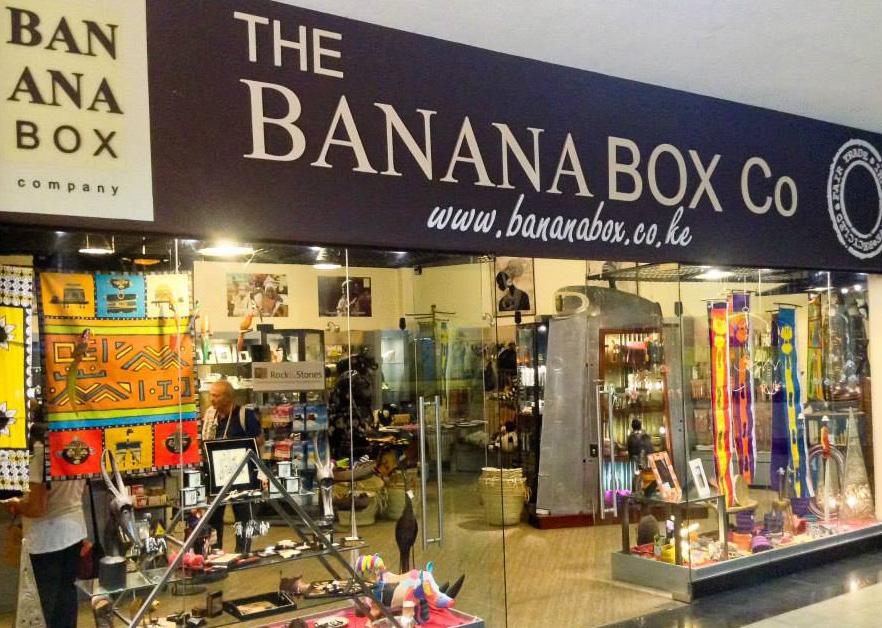

The Hilton arcade curio shop is a craft shop located right in the heart of the CBD. A walk through the shop and you will see that it is filled with mesmerizing African crafts which hold a rich history of Kenyan. You will find wooden and stone carvings of Africans and animals, antique pieces, colourful beaded jewellery, kitchenware, fabrics, baskets, bags and African themed t-shirts. All of the products have an African culture inspiration. If you are in the Nairobi CBD and need a quick stop at an African decor shop, make your way to the Hilton Arcade.
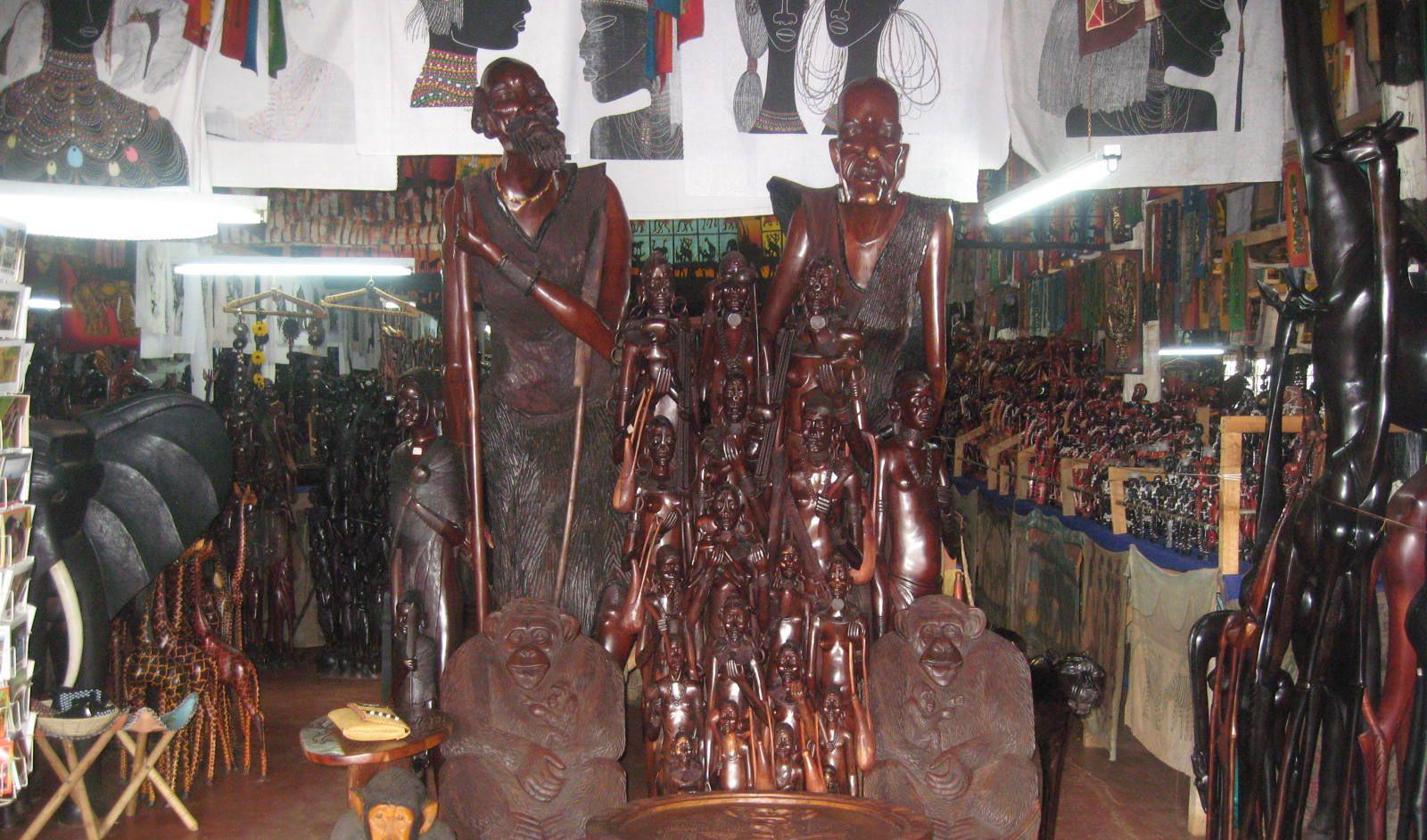
Goodie’s African Interiors and Gifts offers a carefully selected, locally produced range of contemporary African accessories. Since the products are locally produced, one can re-order or order specific items to suit their specific needs. Goodie’s provides a wide range of carefully selected handicrafts from sustainable sources such as renewable wood, recycled materials, natural dyes, etc. The store, located at Vikings House, Westlands, sells various things such as décor pieces, handcrafted accessories for home, kitchen and office, home and corporate furnishings, corporate gifts for staff and customers, fashion, jewellery and toys. The retail shop also undertakes commissions for interior design of offices, hotels and residences. If you have an eye for style and function, then this is the shop for you.
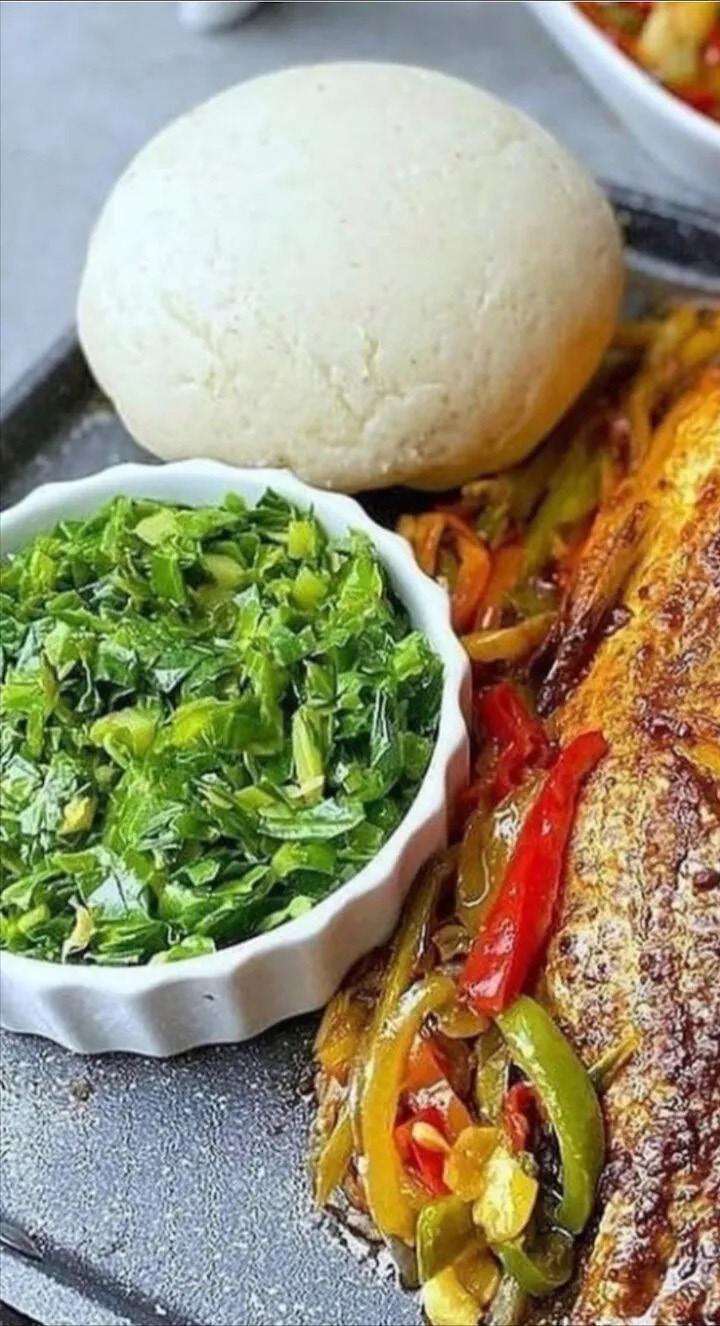
The African continent is considered to be the agricultural hub of the world. Early African cuisine relied largely on animal and plant-based diets with lots of cereal dishes and strategic use of herbs. Although most tribes lived a simple hunter-gatherer lifestyle, agriculture was also practiced. Arab explorers have had a huge impact on African cuisine. Many of the staples we now know were introduced later when Africa was colonized by the Europeans. Foods that are now important parts of African cuisine such as maize and potatoes were not common until the 19th century.
By Leilah NamweziThe East Africa region received culinary influence of the Swahilis during the trans-Saharan slave trade. Swahili culinary influences can be found in dishes such as mandazi, pilau, kachumbari, samosa and viazi karai. Several centuries later, the British and the Indians came and brought with them foods such as Indian spiced vegetable curries, lentil soups and chapattis which have influenced various local dishes.
Central African cuisine has also been influenced by the Portuguese which is especially prominent in Angola, Sao Tomé and Equatorial Guinea. Their main ingredients include plantains, cassava, rice and yam.
In Northern Africa where Islamic religion is prevalent, one thing that unites the various regional cuisines is that all food served is halal. There are therefore no pork dishes, alcohol is not served and nothing that died on its own is eaten. Northern regions like Morocco, Tunisia or Algeria tend to have couscous-based dishes and use spices like cumin or cinnamon.
The Southern Africa cuisine is sometimes called "rainbow cuisine" as the food in this region is a blend of many cultures: indigenous African societies, European and Asian. The Khoisan and Bantu traditionally ate roasted meat and they also dried meat for storage. The influence of their diet is reflected in the universal Southern African love for barbecue and biltong (dried preserved meat).
Over to the Western region of Africa, West Africans ate less meat and used native oils such as palm oil. Baobab leaf and numerous local greens were everyday staples. Today, the diet is much heavier in meats, soups and fats. Many of their dishes

combine fish and meat and their flavors tend to be bold and fresh. They use fermented beans, dried fish and shrimp which all add layers of goodness when combined with fresh ingredients in sauces and stews. Their local cuisine and recipes continue to remain deeply entrenched in the local customs and traditions.
African cuisines have developed from home cooking where food is the medium that brings family and friends together to a 21st-century approach by young chefs who work in five-star hotels. This new generation of chefs are bringing in new techniques that are adapted to traditional meals. With expanding food palettes, especially with Gen-Z and millennial consumers, there is growing interest in global cuisines and a large community of people who identify themselves as ‘foodies’. These group of people are usually open to experiment new flavors and pair familiar ingredients with new ones and introduce people to new food experiences and joints.
With modern African palettes popping up on the restaurant scene, we are seeing African cuisines on international menus of leading restaurants. These cuisines have merged with seasonings and tastes from outside countries. With this in play, there has also been African food festivals abroad. At these events, restaurant owners and food personalities from Africa host cooking demos and special dinners featuring traditional regional meals and contemporary approaches as well. Modern African cuisine is a great base for exploring new flavours, spices, and ingredients, lending inspiration to other regions outside of Africa.
Every country / region, it seems, has their own rendition of a single-pot rice meal. A true African Classic.
Biryani and Pilau are popular rice dishes that are considered to hail from the East African Coast. Originally, though, these dishes are believed to hail from the Middle Eastern Regions or Persia and have taken various renditions as they travelled through Arabia and India into East Africa.

Both Biryani and Pilau are known to be the more flavourful of dishes in East Africa, made with spices such as garlic, ginger, thyme, rosemary, turmeric and cardamon. The rice dishes also incorporate different meat options such as chicken, beef, goat, lamb and for those who would not prefer meat, boiled eggs, potatoes or vegetables are also an option.
The key difference between the two is that pilau is a one-pot dish and biryani a two-pot dish. When preparing pilau, the rice is cooked together with the meat [or vegetables] while in the case of biryani, the rice and met [or vegetables] are cooked in separate pots – but the same spices –then incorporated together at the end. Because of the complication of the two-pot dish, one could say that Biryani is the big sister to Pilau – being left to the ‘pros’ to prepare, while pilau is much simpler to make, hence more commonly found, especially in homes. It is therefore not uncommon to hear that most people prefer biryani – when they can get someone to prepare it for them.
As the rice dishes already have your starch and protein in one, they are commonly accompanied by a gravy or kachumbari; a fresh onion and tomato salad popular across East Africa.
The origins of jollof rice can be traced to the Senegambian region that was ruled by the Wolof or Jolof Empire in the 14th century, spanning parts of today's Senegal, The Gambia and Mauritania, where rice was grown. The African Jollof has a reputation not only for its aroma, deep red colour and spicy flavour but it is also the undisputed queen of West Africa kitchens. Popularized by Nigerians and Ghanaians, Jollof is also a staple dish in Gambia, Sierra Leone, Liberia and Cameroon. To say it is a simple tomato rice meal is to undersell this delicious one pot dish. It comprises a wide range of spices, rice, tomatoes, onions, pepper and served with fish, chicken or beef. In some cases, you will get Jollof rice with egusi soup. It has become the signature dish at festive gatherings and parties.
The African Jollof has caused intense sibling rivalry between Ghana and Nigeria as to which country does it best – a battle that is not about to be settled soon. But what really is the difference? Ghanian Jollof has a higher tomato flavour composition, and they add meat to the tomato sauce to create a heart meaty tomato flavour in the Jollof. Nigerian Jollof cooks for longer as compared to the Ghanian one and eventually has a roasted taste to it. The smoke generated adds a high delightful savoury character to the rice. Interestingly, the Ghanian Jollof also has a unique burnt taste resulting from rice at the bottom of the pot. Nigerian Jollof could also be quite spicy as opposed to the Ghanian one which has a richer tomato flavour. Depending on your taste preference, I’m sure you can determine which you would prefer. All in all, Jollof is certainly one dish you shouldn't leave West Africa without tasting.
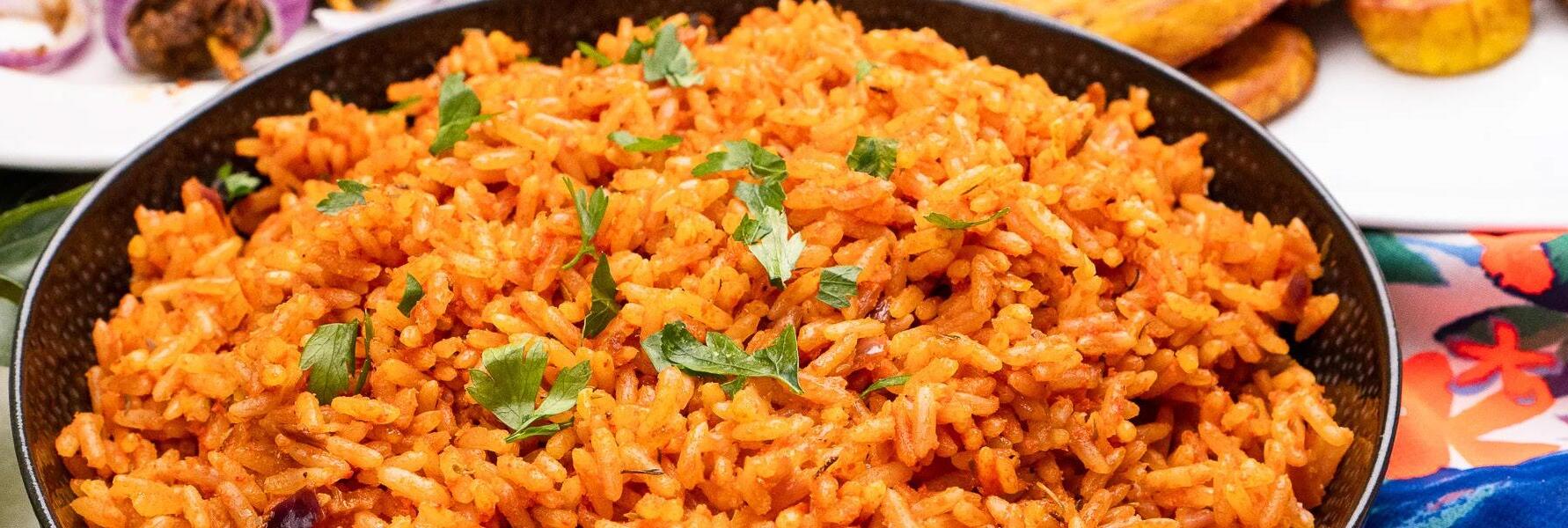
...and, there's a bread for every culture!


Injera is a sour soft leavened flat bread that resembles a pancake with a fluffy honeycomb like texture on one side. Made from the super grain Teff – a tiny round grain that grows in the highlands of Ethiopia and Eritrea, Injera has been an Ethiopian staple for thousands of years. The fermentation process and the special pan injera is made in may be one of the reasons it has not spread across the continent as quickly as most other flatbreads.
Traditionally, injera was made by mixing water and teff flour, which is then left to sit, sealed in a dark room for a couple of days to get the teff starter called ersho a yeast-like clear yellow liquid that accumulates as a result of this fermentation. Depending on how long you left your injera mix to sit, you can create a fresh batch or work with the same batch for your flatbread [the more days the dough sits, the sourer it gets]. It is not uncommon for ersho to be made separately and intentionally for specific use in the injera making process.
The next step is called absit [or gelatinization] where a small portion of your fermented batter is broken down by boiling in hot water – while whisking continuously to create a light fluffy liquid and added back to the injera batter and allowed to sit for a few hours until small bubbles begin to form at the top. Your injera batter is finally ready to create the amazing spongy flatbread in a large mitad [flat pan], in a similar way you’d cook a crepe – just way bigger.
As this is a very festive dish, Injera is commonly served on a large tray-like plate with different sauces on-top and communally eaten by hand.
While some people believe that chapati came from the Egyptian Indus Civilization 5,000 years ago, the more common tale is that it originated from the Indian Subcontinent where it as known as Roti. Chapati, a type of unleavened flat bread made of wheat flour that is kneaded into a soft dough with water and then moulded into small discs and cooked over a hot iron pan, is one of the most popular dishes in East Africa. It has become a popular dish during celebrations – as no event is quite complete without ‘chapos’ – and has taken various renditions through the ages.
Originally a very simple dish, people now opt to add salt for flavour and oil for softness as they prepare the dough. It is also not uncommon to hear people adding carrots or butternut to give their chapatis an even more characteristic flavour. The dough is then allowed to sit for anywhere between 15 minutes to an hour to allow the gluten to develop in the dough, before it is moulded into small balls and shaped into the common disc shape we all love and know. It can be enjoyed any time of day, and is often eaten with lentils, beef stew or even for breakfast with tea.
Tapalapa is a dense bread made of wheat, millet maise and cowpea flour which resembles a French baguette. Commonly found In Gambia, Senegal and Guinea, the bread is made like most breads, by mixing all the flours together in warm water with salt and active dry yeast. The dough is let to sit for about an hour before being moulded into baguette loaves and baked in high heat for 15 minutes. One can use any oven, but traditional Tapalapa is made in local clay ovens that adds to its authenticity and is believed to be the tastiest bread in Africa.
It was created as a more affordable solution to normal bread, as it mixed a number of locally available flours, and was – in colonial times –knows as bush bread. Fresh and popular, today, you’ll find Tapalapa being sold on the streets of Gambia early in the morning, with barely anything left by midday, making it one of the most common breakfast dishes in the region.
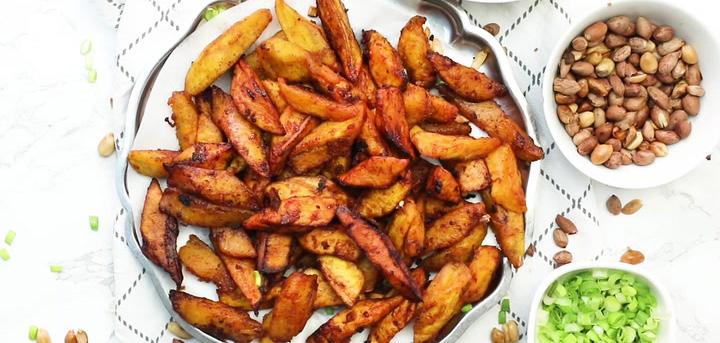
This dense cornmeal dish made from corn flour and water is arguably the most popular food across the continent. Going by different names, it’s referred to as Ugali in Kenya and Tanzania, Ubugali in Rwanda, Posho/Ugali in Uganda, Pap in South Africa, Sadza in Zimbabwe, Nshima in Zambia, Nsima in Malawi, Corn Fufu in West Africa and Couscous de Maize in Francophone West Africa, not even mentioning the different names African tribes have given it.
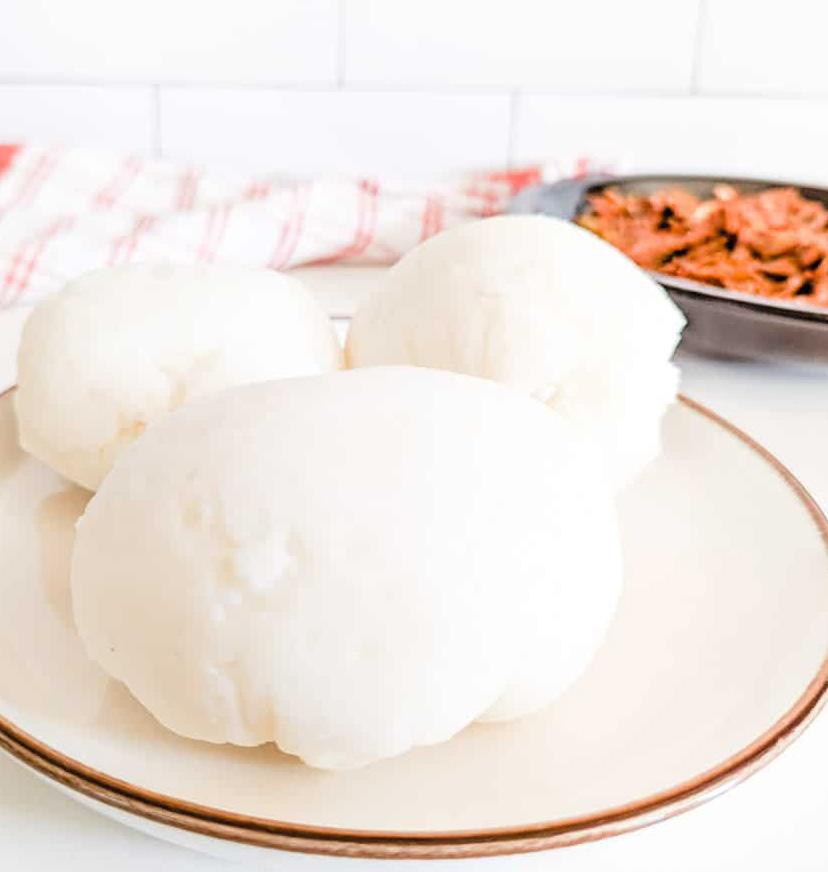
A pretty bland dish cooked in boiling water [sometimes with milk] until it reached a stiff consistency, Ugali comes to life when combined with dark green fired vegetables or a dry fried meat, chicken or fish stew. It also comes in different textures and denseness as you travel across the continent with the Kenyan Ugali being pretty hard, Corn Fufu very soft – and everything else in between. As one of the dishes that actually originated from the continent Ugali emerged shortly after the Portuguese brought Maize into Africa and the dish was added to the UNESCO Representative List of Intangible Cultural Heritage of Humanity in 2017, paying homage to its African roots. So, the next time you’re enjoying your plate of Ugali, Pap or Corn Fufu, remember that is probably the one dish that single-handedly unites all of Africa!
...before potatoes, there were bananas. Everywhere!
Unlike green bananas, plantains will turn yellow when ready to cook. Plantains are starchier than normal ready-to-eat bananas and though they may look similar tend to be bigger, with thicker skin and less sugar. This is probably what prodded someone, somewhere to cook it. Plantain bananas grow in tropical and subtropical environments and are a staple diet in West Africa and the Caribbean. Plantain is popularly known for three main dishes in West Africa.
Kelewele from Ghana is where slices of plantain are dipped in a ginger-based spice mix and deep fried. Dodo from Nigeria and Senegal is a simple deep fried plantain recipe eaten with a groundnut or pepper sauce dip – or as they are. Because plantains still have some sugar, frying them creates a caramelisation that brings the flavour to life. The of course we have Plantain fufu, one of the most healthy Nigerian fufu meals which is made by blending the uncooked plantain in water and cooking slowly over medium heat until a dough-like consistency is formed.
Green bananas are a staple crop grown across most of Highland East Africa. Cooked green bananas are referred to as Matoke and this dish is believed to have hailed from Uganda, before spreading into Kenya, Tanzania, Rwanda and Burundi. Matoke is actually the National Dish of Uganda! While many renditions of this dish have come about, no doubt it is still done best in Uganda where you can commonly find Matoke Beef Stew, Matoke and Beans, or a simple savoury stew of Matoke and potatoes cooked in a rich tomato sauce. The most popular and possibly most authentic matoke dish however is when the green bananas are steamed in banana leaves – creating a mashed-potatoes like tasty consistency - and served with a groundnut sauce. What is your go-to- matoke recipe?
KENYA’S OMENA is also known as Dagaa in Tanzania and Mukene in Uganda is a small silver-coloured fish people oft compare to a sardine also called The Silver Cyrpind. The most abundant fish in Lake Victoria, they’re usually caught in the dead of the night by fishermen, and then given to women to dry in the sun for at least one day before selling. It is believed that the best time to fish Omena is under the full moon just after dusk or before dawn – they are so abundant they literally jump into the fisherman’s net. Drying the fish allows it to stay fresh for days with little or no refrigeration and the great source of protein and healthy oils make these one of the most nutritious delicacies on the continent. The tiny fish can be dry fried, wet fried or stewed and eaten with Africa’s favourite dish, Ugali.
THE NILE TILAPIA is one of the most popular fish in Africa with the Aquaculture of the Nile Tilapia dating back to Ancient Egypt. This particular species of Tilapia is native the length of the Nile Basin as well as Tropical West Africa and has since been introduced in other countries across the continent including Asia, Europe and the Americas. In East Africa, it is not uncommon to find fresh Tilapia being flash fried on the side of the road, or made with a heavy tomato stew [wet fry] with Ugali and dark green vegetables while in West Africa, Tilapia fish stews tend to be more common with a serving of fufu dipped into the stew.
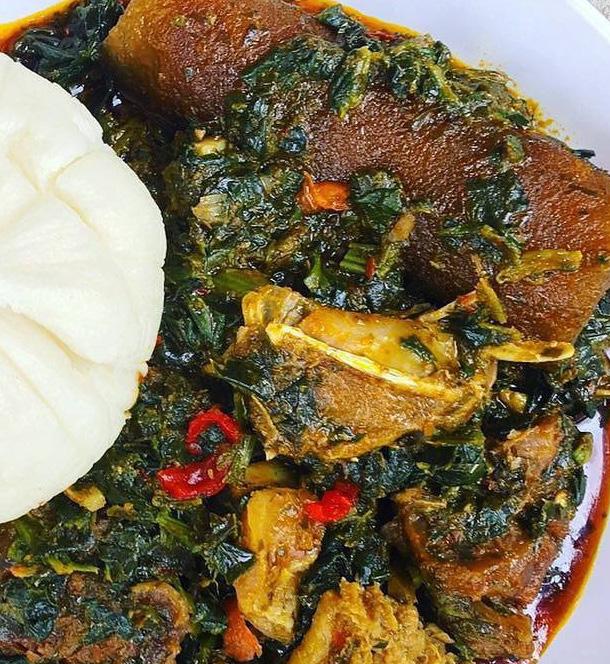
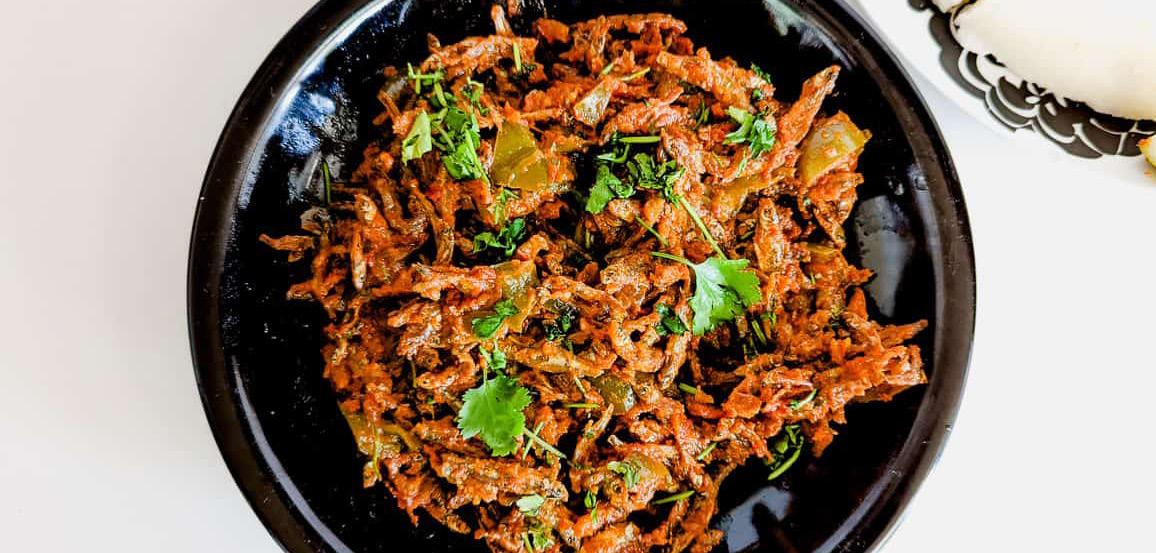
With only 16 African Countries being Landlocked, it is not a surprise that Fish was, and continues to be a staple food in Africa with fish mongering being one of the most popular trades since pre-colonial Africa.
MACKEREL FISH are found on West Africa’s Coast and their abundance has made them a staple in many West African Countries. The fish is either smoked or dried for preservation as well as taste – with Ghana’s Smoked Mackerel being a delicacy on its own. The fish can also be used to cook efo riro (vegetable soup), okra soup, stew or beans and are usually served with either boiled plantain, eba, fufu or pounded yam.
ANCHOVIES are West Africa’s answer to Omena. These small silver fish are numerous in the Atlantic basin and easy to fish not too far off from the shore. Morocco produces about 24% of the world's supply of canned anchovies. In Ghana, Anchovies are affectionately called “Keta School boys” and have become a delicacy in the country where they are generally first dried [like in East Africa] and used to make adobie, a popular pepper sauce. Anchovies are also part of the key ingredients of the even more popular chilli, shito –a fish-based home-made spice that you can add to all your meals.
Standing as the second largest continent, after Asia, Africa is incredibly diverse and with approximately 1.35 billion people and 3,000 indigenous tribes. Currently, many modern cultures in Africa are a product of evolving traditions and customs, which have been impacted by westernized countries. Let’s delve into modern African culture across music, art, literature and dance, and have some amazing conversations on the same.
By Leilah Namwezi
In Africa, music is a social activity in which almost everyone participates. From time immemorial, African music highlights African values. Music has been used in work songs that accompany digging, chopping and harvesting and many events are celebrated with music- be it marriage, birth, child naming or a ceremonial rite of passage. Music is incorporated into all forms of African culture. Currently, there is so much diversity in new African musical genres. The vastness, richness and distinct sound of traditional music has now become a secret sauce that is giving modern music its unique texture as the production of music becomes more digitized. Many “experts” of regional music have separated African music into two distinct groups: North African music which is strongly Arabic and Islamic in nature and black African music or that which is centralized in the West, Central and SubSaharan regions of Africa. Black African music is considered authentic African music by many indigenous people of Africa. Black African music has evolved in a very different manner than that of its Northern counterparts, being more influenced by Gospel music and other westernized genres. Some argue that modern African music poses a threat to traditional music and serves only as pure entertainment rather than a cultural tool for preserving tradition and community.
Africa has made great contributions to the creation of music in many other parts of the world, mostly North America and particularly in genres such as jazz, rock and roll, blues, salsa, and samba. Westerners used to dismiss African music as primitive, but now admire it for its rhythmic richness and complexity. Due to trending culture, various genres have been incorporated to African music such as hip hop, rap, house or pop. Genres like rhumba which originate from Central Africa have evolved with the likes of Sauti Sol reinventing its sound. Pop music on the other hand has really influenced West Africa countries to bring about the famous Afro-beat.
Western instruments have evolved from ancient African forms and we on the other hand have adopted knowledge of the evolution of melody and harmony, but all in all Western music owes an immeasurable debt of gratitude to our African music.
With so many aesthetic African traditions, there are no limitations to the demand for African art. The influence of modern African art is so extensive that the mainstream commercial sector of the global art market has taken notice. Art work from African artists have graced museums and galleries in Europe and North America over the recent years. Painting and art in pre-colonial Africa largely existed on the skins of human bodies, on the walls of houses and on rock faces. Right now, our artwork is on expensive canvases with valuable paint and sold for hundreds of dollars. Currently, African artists have taken a step further by incorporating storytelling by depicting societal issues into their art. Various issues such as justice, sexuality, our heritage and day to day life have all been explored by artists. Artists now use paint, pencils, stone and wood carvings to tell stories in order to bring their African artwork to life. As culture evolves, we have also seen many artistes like Dennis Muraguri from Kenya make contemporary art from recycled materials. Clearly, the aesthetic field in Africa is not limited. Culture heavily influences art in more ways than one. At this point in time, where we have so many diverse artistes- graffiti, art on matatus, architecture painting and abstract painting are seen everywhere. We also have local art galleries and workshops which were not a thing of the past. Also, a lot of people are now open to buying art not just from their own country but timeless pieces from other regions within Africa. The art industry has grown in leaps and bounds in a way that artists can make money solely out of it. Our modern African art has connected the past, the present and the future and as a result, we have learnt a lot about our African heritage.
Modern African literature which takes on the form of novels, poetry or theatre scripts has gained prevalence over the years as the reading culture in Africa has grown. Modern African literature has seen African authors like Chimamanda Adichie gain international recognition and the western community engage in African literature. Modern African literature is now available in English and some have even been translated from indigenous African languages to cater to people from other
regions of Africa and the world at large. African literature has evolved in that it now doesn’t only speak of slave narratives or protests against colonialism but now speaks of African pride, hope for the African continent, milestones achieved and fictional African stories of our day to day lives. There is so much to love about these stories because growing up we read stories of Danielle Steel and Mills and Boon stories that we didn’t relate with.
The history of dance in Africa is rich, diverse, and deeply rooted in the continent's cultural heritage. African dance has evolved over thousands of years and plays an essential role in communication, storytelling, rituals, and celebrations. Traditional African dances were often passed down through generations and varied greatly among different ethnic groups and regions. These dances were typically characterized by polyrhythmic movements, complex footwork, and the use of the body to create percussive sounds. They often involved the use of masks, costumes, and body painting to represent specific characters, spirits, or ancestors. Dance is also used as a form of storytelling, preserving the history and folklore of different communities. Storytelling dances often use dramatic movements, facial expressions, and body language to convey narratives, morals, and cultural values. The slave trade and colonization led to the dispersion of African culture and dance traditions around the world, particularly in the Americas and the Caribbean. Elements of African dance can be seen in various cultural expressions, such as Afro-Caribbean dances, samba, salsa, and hip-hop. In recent decades, African dance has continued to evolve and adapt to new influences and global trends. Contemporary African dance often incorporates elements from various traditional dances, as well as modern dance styles and techniques. It is also influenced by popular music genres like Afrobeats and Kwaito.
June Gachui is a creative being who loves God and people. A daughter, sister, friend and godmother, she enjoys spreading joy through creating magic. June serves as an Advocate of the High Court specializing in intellectual property law and runs her own firm called JGIP Consultants. A creative at her core, she expresses herself as a singer-song writer, recording artist, performing artiste, thespian, radio show co-host, MC of Note, live music experience curator and producer of epicness.
June chats with CA’s Leilah Namwezi on her love for music.
Follow June Gachui on @junegachui [IG / FB / Twitter]

CA: How would you describe your music aesthetic?
JG: I describe it as ‘Nyummy Music’. It is a melting pot of genres that have inspired me and coloured the canvas of my life over the years. I pay homage to RnB, rock, soul, neo soul and alternative music. It is a feeling I hope the music evokes in all who listen to it.
CA: You are a very multi-faceted creative. How did you get into music?
JG: I genuinely believe it starts with God blessing you with a gift. Thereafter, it is a series of fortunate events; parents who see and nurture the gift into a talent and teachers who continue the walk and work with you. I simply never stopped singing, especially after high school. I continued performing while in university and as I worked. It's funny that I got recognized when I sang at my friend’s sister’s wedding and the rest is history – it was one referral after the other.

CA: Where do you find your inspiration?
JG: Life is the primary source of inspiration for my music and everything that comes along with itthe good, the bad, the love, the ugly, the pain, the joy, the things hoped for. All these feed into my pool of inspiration.
CA: What do you love most about the process?
JG: Collaborating with other artistes and musicians. I realised early on that I cannot play instruments well [or at all]. I needed help to actually bring to life the melodies I hear in my head. I also love the way creatives trust each other to fully express themselves and let each other shine, focus all their collective energy jointly and selflessly create a beautiful piece of art. There is a freshness with each new collaboration.
CA: Do you consider yourself an entertainer or a singer?
JG: I consider myself an all-round performing artist whose job is to communicate and share a little of myself to entertain and educate. One of the ways I express myself when performing is through song and speaking on stage as a storyteller, an actress or on radio or screen. A singer without an audience is still a singer but an entertainer’s purpose requires an audience to receive, be fed
by and respond to what is performed. I am both but lean more towards the latter.
CA: What makes your sound different from the rest?
JG: I am not entirely sure. Perhaps it is my refusal to only settle on one genre. I strive to keep my story telling element as truthful and authentic as possible. Another thing I consider sets my music apart from the rest is my approach to how I deliver my music – especially on stage. I promise, you will always get a fabulous show and leave feeling nyummy!
CA: What has been the highlight of your music career?
JG: Completing my debut album and putting on an epic concert launch and subsequent shows after that.
CA: …and your lowest point?
JG: Feeling stuck and unable to release more music the way I had planned to due to COVID. Thankfully, that is now changing!
CA: How has your music changed over time?
JG: I would say that my music is more honest. This definitely comes with age and really not giving a hoot about what people may say or think. My music continues to be free to experiment across genres as I collaborate with different musicians of all ages.
CA: Who are your biggest influences?
JG: My late father, James Mungai Gachui. He was a man of integrity and hard work. A visionary who was excellent at the things he did and loved. My other biggest influences are Ledisi, Jill Scott and Aretha Franklin. I feel some kinship with particularly how they approach their music storytelling, their live performances on stage and their perspective on life and love.
CA: Do you make music for yourself or for your audience?
JG: I make music mostly for myself as I have never really been a mass market artist. However, I do have a niche audience that is loyal, loving and proudly referred to as the ‘Nyummy Army’. Sometimes I make music just for them.
CA: What is the one thing you would change about the music industry in Kenya?
JG: The lack of love for our own artists saddens me which is mostly a historical and societal issue. There’s also a need to have stronger enforcement around laws that require a higher percentage of local content on our media stations. This space will by default open up space for our content to be consumed and even more to be created to fill the demand. Once the demand is filled, more of the money resides within the country as opposed to leaving the region. But on the flip side, there is also an element of we as creatives insisting on excellence and not settling for mediocre. Let’s put out good content that can have longevity and relevance in decades to come.
“
Study the past, learn the vocabulary, be yourself and do the work!
Michael Soi is a documenting artist who is intrigued by people who do things out of the ordinary. So much has been said about all the nice things about Kenya from the white sandy beaches, the Rift Valley, the Maasai Mara and so on but Michael Soi is the guy who is interested in the hidden aspect of the Kenyan social life. The talented artist known for his satirical oil on canvas paintings speaks to CA’s Leilah Namwezi. Follow Micheal Soi on Instagram: @michaelsoistudio


CA: How would you describe your art?
MS: My art is a documentation of the Kenyan social life; what happens in the streets, in politics, in relationships, in the local joints, in our homes. Basically, I document what happens on a day to day. I am a visual storyteller who uses my voice and tells stories with canvas and acrylic paints.

CA: How did you get into painting?
MS: I would say, I just dived into it. I knew from an early age that this is what I wanted to do. I loved drawing and I could not sit with the idea that my teachers sold me – that art would get me nowhere. I am glad that they were wrong because by the time I was 30, I had seen half the world through my work. I have had great experiences in several countries that will stay will me all my days.
CA: Where do you find inspiration?
MS: Everywhere in Nairobi. My inspiration is found in non-conventional places such as bars, strip clubs, restaurants, and lots of social places. I am interested in people. I am an observer of human behaviour. Anywhere I find people, I will definitely take interest.
CA: What do you enjoy most your creative process?
MS: I enjoy everything about it. The best part I enjoy about creating is that I get to be by myself when working. I strongly believe if you work in a field that you enjoy, then you do not have to work a day in your life. I love my profession and if I was asked to choose another career, I would choose it all over again.
CA: Your aesthetic is pretty unique, why do you think this is so?
MS: Because of everything about it. Most times, I tell stories that a lot of people shy away from. I do a lot of work around sex work, patriarchy and the economics of love. These are usually viewed as uncomfortable subjects by most artists. Someone once described me as someone who ‘loves to disturb the peace’. It is a title I will gladly embrace any day. My experiences also play a part as well since I consider art to be a very personal thing.
CA: What is the most fulfilling part of the process?
MS: When people come to my shows and I see the horror on their faces. I love it when I create a piece that people do not expect. Another highlight
is when galleries fill with people who want to see what I have been up to.
CA: How has your art changed over time?
MS: At some point I used to work with animal characters; the pig and the cat. At the time, I was doing some political work and these two animal characters kept on reminding me of the similarities that exist between them and politicians.
CA: Who would you say are your biggest influences?
MS: I do not really have anyone who influences me. I just flow with my own creativity.
CA: Do you create your pieces for yourself or for your audience?
MS: My work is a documentation of my country for posterity. I want people to look at a book 40 or 50 years to come and get an idea of what my country was like back then. I work for myself and not for my audience though my audience seems
to have found me all the same. I always go by what I want for myself rather than what people expect of me.
CA: What is the one thing you would change about the art industry in Kenya?
MS: I would urge Kenyans and Africans at large to tell their own stories. We are more than capable of telling our own stories because we are the indigenous people of our motherland. We understand Africa best. I would love to see more local people take an interest in art though I think it is slowly taking shape.
CA: What advise would you give to budding artists?
MS: Art is not for everyone. If you seriously want to become an artist, be ready to invest time, sweat and tears.
CA: How would you say people describe you?
MS: That naughty artiste [laughs].
“ Art is not for everyone. If you seriously want to become an artist, be ready to invest time, sweat and tears.
Yvonne Adhiambo Owuor is a nomad, an author, an essayist, a wilderness zealot, a sea and lake citi-zen, a witness to human doings, and an ardent Pro-African. She is bullish about African futures, trying to be silent enough to hear the still, small voice. With a focus on historical fiction, this award winning author speaks to CA’s Leilah Namwezi about her passion for literature.
Follow Yvonne Adhiambo Owuor on Twitter @AdhiamboKe and Instagram @flamboyant_tree
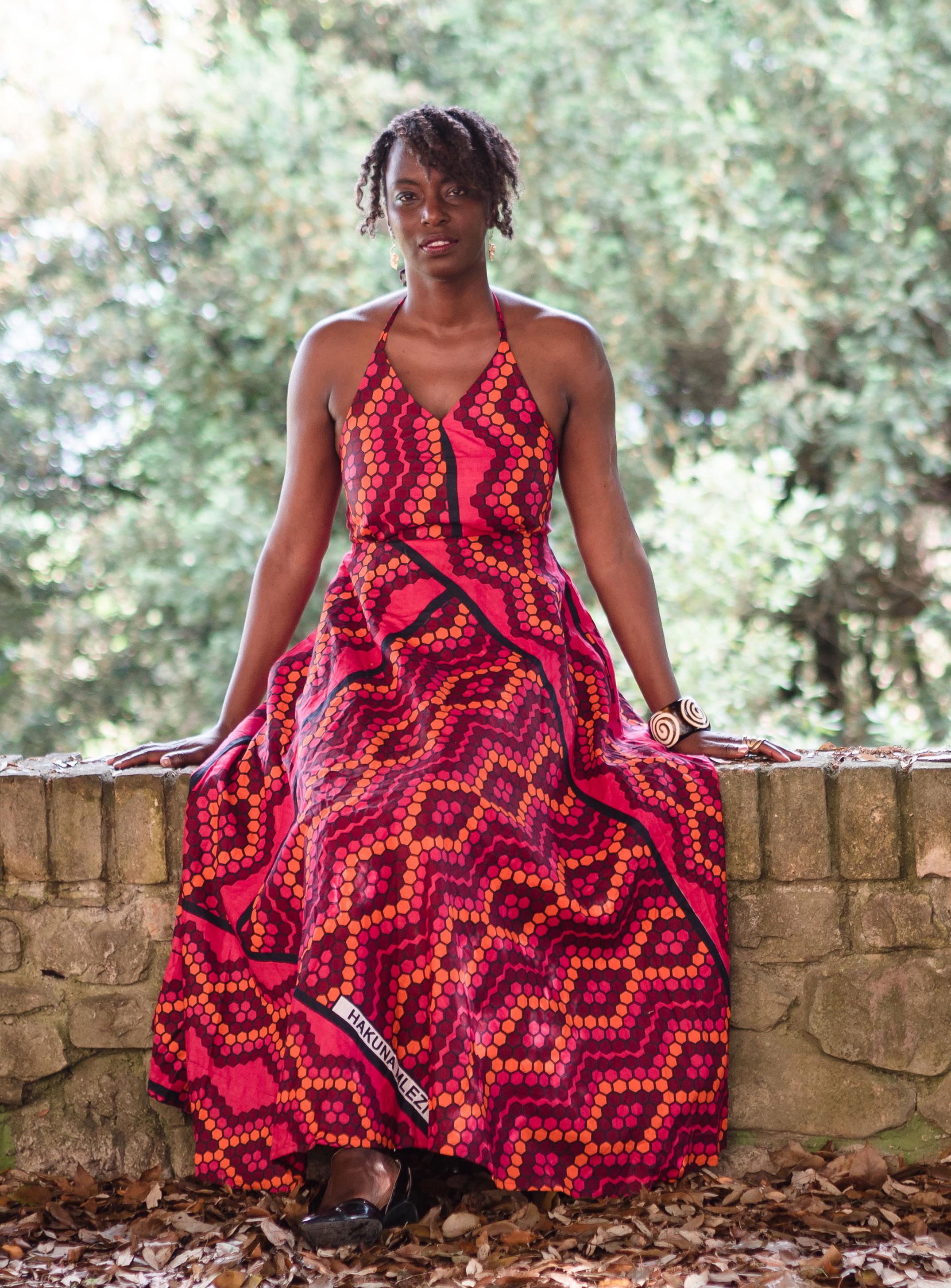
CA: how did you become an author?
YAO: I got into literature through the discovery of words and reading; the pleasure of worlds revealed. I was excessively shy in school, but I could become anything through the books that found me. I loved writing stories and poems, and I was skilled at it. I also came from a family of readers and knowledge seekers. There were books everywhere. All of these laid the foundation for what would become a ‘lat-er-life’ vocation. I only started to write seriously when I had passed through corporate, social development, event production doors.
CA: What inspires you when you write?
YAO: I am inspired by all things of life; from the skies to the sight of a little ant carrying a hundred times its weight in bread. I find life a magical, mysterious puzzle. Writing gives me a tool to investigate the world around me and try to make sense of things. Human beings are a great source of inspiration – have you seen what we get up to? Visual art, especially that of the Surrealists and Impressionists also have an oversized influence on me. African contemporary art delivers to my imagination the worlds from which my special characters and story notions emerge; the works of those like Michael Armitage, Wangeci Mutu, Peter Elungat, Martin Onyis, Syowia Kyambi and Paul Onditi among others. I also draw inspiration from music – most of the music of the world without discrimination is an important source of inspiration. And of course, nature and the entire cosmos.
CA: What do you enjoy most about writing?
YAO: It is like a great puzzle finally getting solved. I love the alchemy of letters and words. I do love puzzles, challenges on the edge, and writing feels very much like this for me. I love the worlds that slowly reveal themselves from the darkness of the labyrinths of the imagination. But it is not that easy, one does sweat for one’s art. Like working in front of the fire of a foundry. And yet I would not do any-thing else, or if I did do something else, it would only be as a companion to writing.
CA: You realised your calling as a writer later in life, how has the transition been for you?
YAO: It was not easy. My most difficult challenge was seeking the courage to let go of everything else and plunge into full-time writing. It took another nine years to be able to do this even from the time I had won the Caine Prize. I kept thinking I needed to earn enough money first so that I might just write, but that wasn’t working either. My creative being was so torn by the practicalities


of living, and following the call, the summons to create, and to do this without a parachute. There was also the option of giving up writing, but the thought of that sent me spiraling. Yeah, that was a tough season. Looking back now, I realise I should not have been afraid.
CA: How has African literature evolved over time?
YAO: African literature has a long, long history that stretches past time. Right from the first cave etchings narrating the story of a hunt, into the hieroglyphics, and later the development of the Ge’ez texts in Ethiopia, the incorporation of tales of the seas into that which comes to be known as Alfa Lela Ulela, or the rhapsodic utendi from the Swahili coast, the chronicles and recited genealogies of assorted griots, the poetic forms and ways of our numerous cultures, few of which we as a people have not even bothered to understand (have you heard of “Eoko” or “Pakruok”?) The literatures of Africa are complex, vast, and always changing. The contemporary global literary spaces are well occupied by a variety of writers of, or those affiliated to Africa, and there is a more confident literary generation now emerging. The next leap will happen with those who will with greater certainty marry digital technologies with story-making in and for Africa.
CA: What is the one thing you would change about the literature industry in Kenya?
YAO: That is such a frustrating question! We have tried to present ideas for so many years. It is like speaking into an abyss. A series of things. The first, what more must we do for the Government to take the literature and story industry seriously enough to support, sustain and encourage it? Why is it that not one of our African governments understand that Nations project themselves through, and build their futures around the stories and myths they create for themselves. When we the writers are invited to other countries, and offered the chance to stay and belong to them, do you think this is because they want to do us a favour? Yes, I am truly grateful to my global readers, and all the global art institutions and residences that have ensured that I have a literary life, but isn’t it a tragedy that there is not even the semblance of the pretence of interest from our African entities? You would assume they would get keen, given that the content economy is pegged at over USD 3 trillion. I would wish to even ask how best they might support a local and regional story production value chain. You know, if the Government of Kenya had paid attention to what we had been proposing twenty years ago, today we would probably be close to where South Korea is in terms of the exports from their cultural, imagination and creative industries.
“
Read fiercely, widely, madly. Eavesdrop on the world without shame.
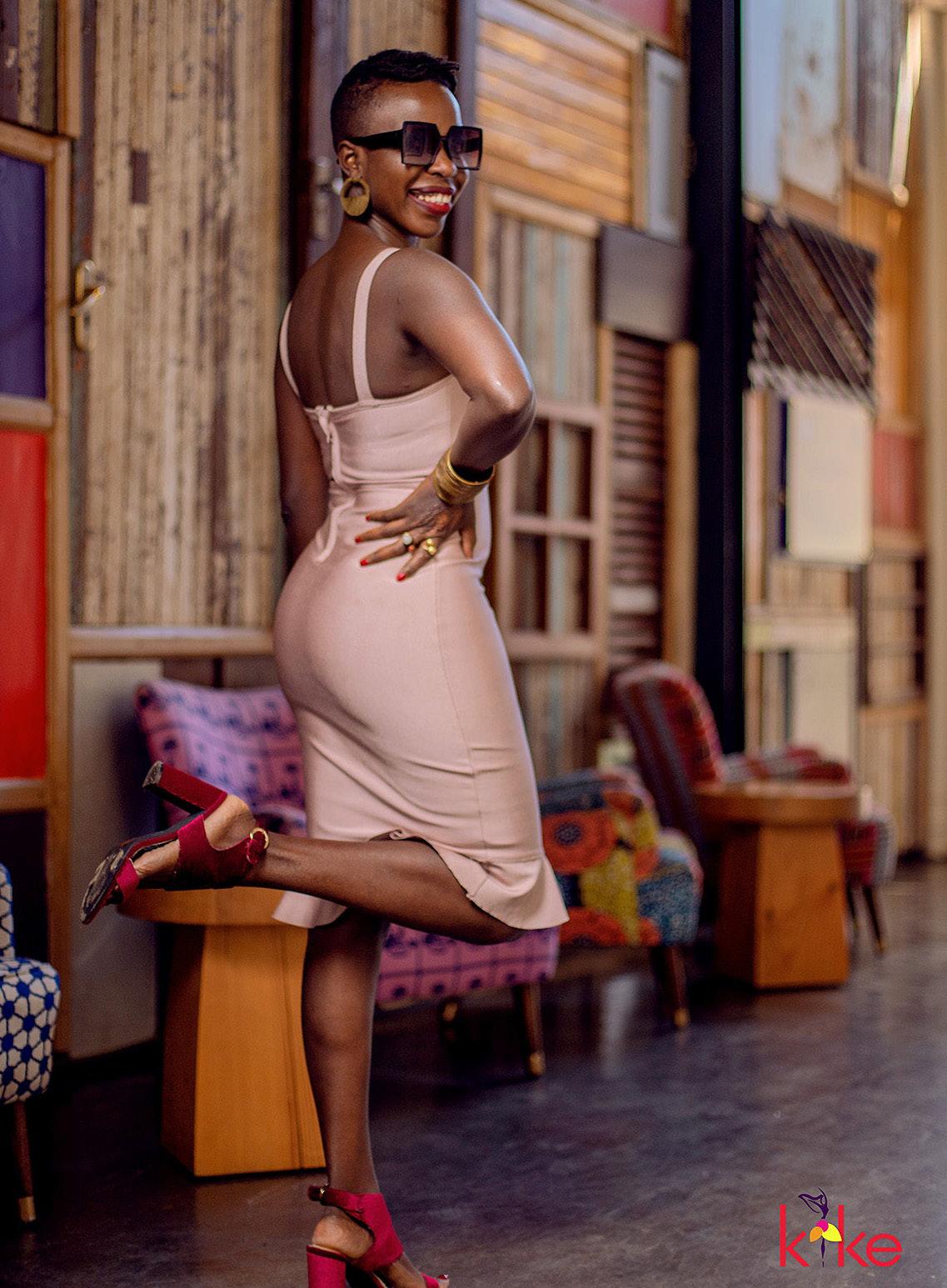
Marion Munga is the founder of Dance Factory Kenya, acclaimed as East Africa’s Afro Latin Dance and Wellness powerhouse. The Dance Factory Kenya organises genre specific dance classes including African dance, bachata, kizomba, afrobeat, belly dancing, salsa, Zumba and wedding classes. They also organise themed dance events such as salsa nights and offer bespoke choreography to organisations, alongside team building, movement and dance therapy. Marion has served as a judge in several dance competitions and won awards as a performer. She organises events that promote cultural exchange and sustainability and is one of the founders and choreographers of KIKE, a collective of creatives that empower women and society through dance. Follow Marion on @marionmunga @thedancefactorykenya and @dancekike
CA: How did you get into dance, as a career?
MM: I started dancing in primary school. I always loved being active and drama club was an amazing outlet. I also loved music. Growing up, my parents used to play ‘Zilizopendwa’ and Congolese rhumba music which sparked my interest. My passion for music and dance grew stronger in university where my friends and I danced together for hours on end as a co-curricular activity. We learnt different choreographies and eventually dared to represent Kenya and Africa in international salsa competition at the Berlin Salsa Congress and bagged an award. This passion developed and became my profession soon after realizing that one can actually pursue dance as a career. Consequently, I delved further into training, and eventually founded Dance Factory Kenya which was born after connecting the need for more opportunities for dance and in specific Afro Latin dance in Kenya and East Africa.
CA: As a choreographer, where do you find inspiration for your routines?
MM: I draw inspiration from people, culture, nature, self and art. I have a curiosity for life, to understand how things work and why they do not and by virtue translate that into movement. Dance is an artist's recollection of everyday life; past, present and future hopes and dreams. Sometimes I also I delve into my imagination and create my own world.
CA: What do you enjoy most about the process?
MM: I enjoy the different ways in which I use dance as a tool to happiness. Dancing not only brings improved physical fitness and mental health but also boosts your emotional and social well-being. This is the reason I dance and continue to share the love of it to help better the lives of others through my passion. When I choreograph dance pieces, I get to tell stories through movement, in a way that influences society, which is powerful. One time I created a routine for International Women's Day and the dance spoke of how, as women, we can break through the glass ceiling in whatever space we are in and own our power. Lastly, when I create bespoke events for clients and I see how it improves their quality of life, that experience is fulfilling.
CA: What has been the highlight of your career so far?
MM: There are a lot of highlights that I am grateful for! I have a couple of memorable moments. In 2013, I was one of the Berlin Stargate champions. I won the 2015 Ceroc Dance Championship. In addition to the regional workshops I host in East Africa, I have taught and performed in Germany
(Berlin Salsa Congress), South Africa (Mzansi Cape Town Festival), Cape Town (Mother City Dance Festival), Rovinj, Croatia (Croatia Summer Festival) and Nigeria (West African Music and Dance Congress). Not to mention, I have also moderated a seminar at Johannesburg Afro Latin Festival. I am humbled that I am the only dancer to date who has performed at the IGODA Full Circuit Tour. IGODA is a Southern African Festival touring circuit that facilitates the movement of artists, creative expression and the celebration of music and culture encompassing festivals from Mozambique, Swaziland, South Africa and Reunion Island.
CA: How has your dance aesthetic evolved over time?
MM: It has become more professional in my eyes. More specialised. The experience I have gained over time has also helped create better solutions. I listen to my clients needs and create with them. Now I know my worth and the value for my time and I am looking forward to learning more as I
continue to grow. I am also allowing myself to be open to explore different ways of refining my craft.
CA: Who is your biggest influence?
MM: My biggest influence is my family. With their support and unconditional love, I believe I can achieve whatever I put my mind and heart to.
CA: What is the one thing you would change about the dance industry in Kenya?
We need support from the state to improve the quality of the dance industry in terms of funding accessible studios and affordable training in technique and business skills for dancers, teachers, choreographers and performers in the dance industry. This way we can export dance talent outside the country. We have phenomenal cultural dance that needs to be preserved and passed down to future generations. I am proud of the creativity we have, and Kenyans are slowly beginning to appreciate the benefits of dance. Dance Factory Kenya has been vital in the growth of our dance scene.
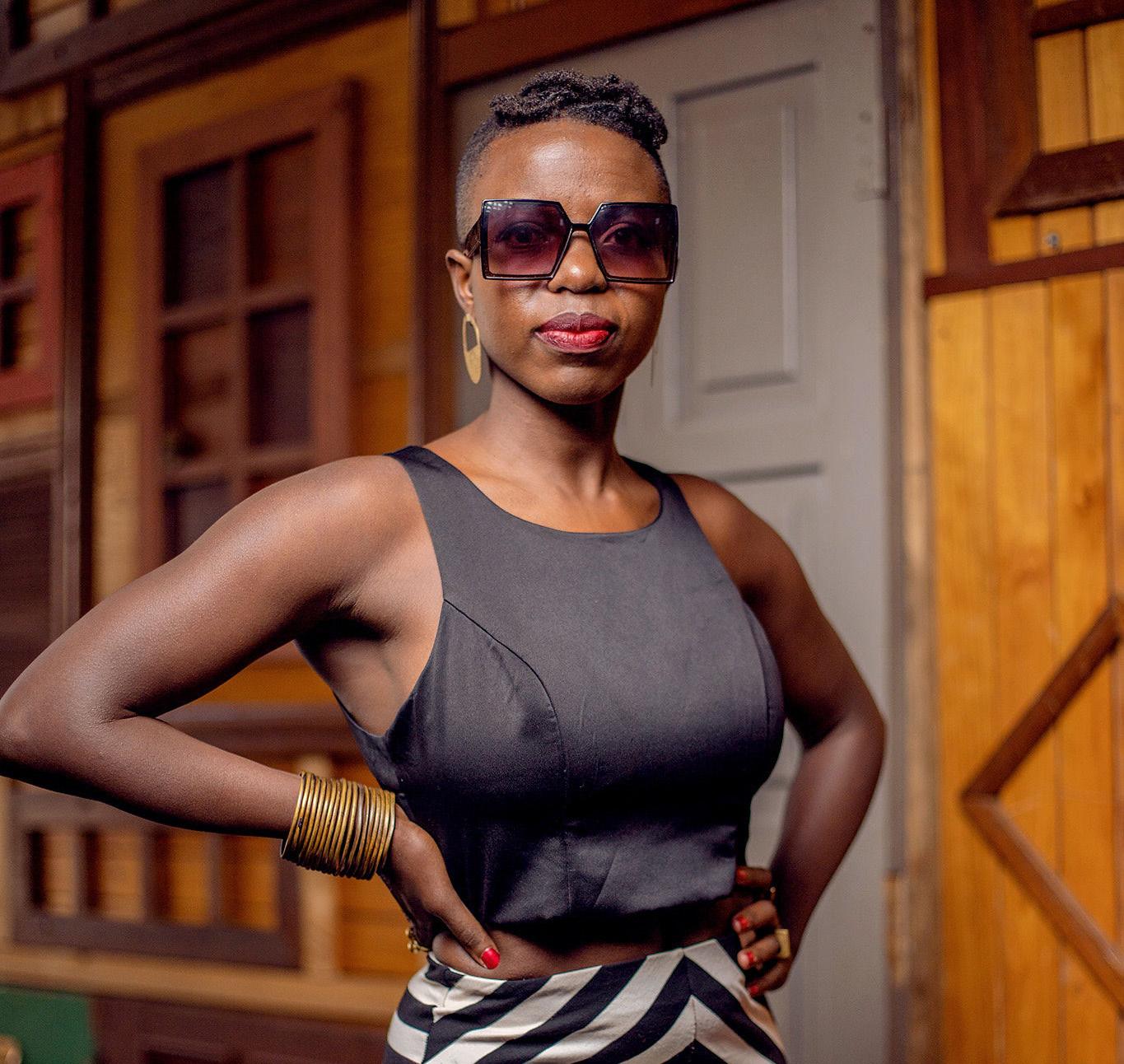
African culture has a lot of intelligence. The African culture is rich, diverse and creative. Culture, is the cumulative deposit of knowledge, experience, beliefs, values, attitudes, meanings, hierarchies, religion, notions of time, roles or concepts of the universe. Culture is also learned behavior. People from a certain country or region behave the way they do because they progressively learnt a way of life that affects how they behave. So I would say that culture is cultivated behavior which is socially transmitted.
By Njee Muturi
Culture has a life of its own, so to speak; that is, it is a continuum of things and events in a cause and effect relationship; it flows down through time from one generation to another. It ebbs and flows making strides as it comes. The interesting thing with the human being’s way of life is that we grasp a little bit of everything from here and there, from the places we visit and the diverse people we interact with. We do not intentionally set out to plan the outlines of culture.
The core of our culture is formed by values. What is ill behavior in one setting may not be in another. In line with that, we live in the digital era where social media has become a massive tool that now affects our culture. We cannot live without the Internet and without our phones. Any form of information can be accessed with just the touch of a button. We can now do or view things that were once considered taboo. Our younger generation has adopted new behaviors and ways of life in the way they speak and dress – I would like to call it a programming of the mind – which is now beginning to define their culture.
As a jeweler and artist, I define culture through my work. Traditional African culture is seen in my jewelry. What inspires my art and jewelry is that I am an observer of human life. I am intrigued by human behavior and I am able to notice the subtlest of things – like how people behave when going home in a matatu. I document it in the form of a drawing or in my jewelry. I usually go to several countries and represent my country with my jewelry without me necessarily having to speak. Art speaks a lot; it speaks volumes. Art is also deep and spiritual and is an integral part of culture. Culture informs art; that's where I draw my inspiration from.
There is no universal "right way" of being human. What affects our traditional African culture is that we are very ignorant about our roots, native language, land, history and the natural resources we have. We have left it to the Western countries to define it for us. We have allowed their mannerism to shape everything we do. As a result, they have defined our art and our way of life and called anything remotely traditional primitive. Elitism suffocates culture. Take for example, how we sing and dance in public spaces, so dignified yet our African music is very pompous with rigorous moves. The reason we cannot make great strides as a continent is because we do not embrace our native culture as we should. In the fast paced world that we live in, people rarely go to the country side. Slowly and slowly we have lost touch on our heritage and values. I would say West Africans have been able to preserve their culture; this is a lesson for all of us to learn.
We as a continent need to get to the point of cultural awareness. Certain aspects of culture need to be learned consciously. We should have more African culture in terms of decor, tradition, books in our places of work, hotels and social amenities. We should also put up more museums and centers that showcase our history
to preserve culture that can be be passed on to other generations. The CBC (Competency Based Curriculum) education system is a key game changer in culture awareness because it focuses more on the technical and social aspects of life as opposed to just cramming irrelevant information. This will gradually propel our children to a better understanding of their society and their culture at large.
When we talk of modernisation, people often think of wearing the kitenge, having very refined English or how Western countries are more receptive to African culture in how they decorate their houses with African decor pieces, adorn African jewelry and install dreadlocks on their hair. Probably that's our definition of evolving culture. But in my opinion, evolution of culture is when it is incorporated with technology. Preservation of culture doesn't have to mean that we walk around ignorantly and not access information. By all means go to school and get a good education but then afterwards, use that information to harness your craft and better your society. Technology, development and culture have to go hand in hand. One should not work without the other. I am also open to new ways of making jewelry while still maintaining my aesthetic and roots. My art has to speak of where I come from and who I am as a father, an African, an artist and a jeweler. It is the sum of all my parts and that is what informs of what culture means to me.
I am drawn to everything about my African heritage. I started making beaded jewelry from the age of seven and I also make African art. I work with a team of artistes and together we develop our art and workshops in an agricultural farm called Mlango Farm in Ngecha, Limuru. My jewelry aesthetic is African and I specialize in using different forms of silver for the pieces. I learnt a lot of jewelry making in the USA but I still incorporate my African heritage into my work. You can find me at my shop called Zanji Art in Palette Café, Lavington selling my unique pieces, or reach out on Instagram @zanjiart or contact me directly +254 721 454 820
“ Art speaks a lot; it speaks volumes. Art is also deep and spiritual and is an integral part of culture. Culture informs art.
In recent years, there has been a significant resurgence of interest among people of African descent in the diaspora to reconnect with their roots and embrace their African heritage. This phenomenon can be attributed to several interrelated factors, ranging from the impact of globalization and the internet to the influence of social and political movements. It is important to understand the driving forces behind this trend and the implications for the African continent and the global African diaspora.
By Mwangi MaingiGlobalization and the Internet: One of the most powerful forces behind the renewed interest in African heritage among the diaspora is the process of globalization and the widespread availability of the internet. With access to the world's information at their fingertips, people of African descent can easily explore their ancestry, learn about the diverse cultures, history, and traditions of Africa, and engage with others who share similar interests. This increased connectivity has fostered a sense of curiosity and appreciation for their African roots, encouraging many to dig deeper into their heritage and seek out connections with the continent.
DNA Ancestry Testing: Advances in genetic testing technology have made it possible for individuals to trace their ancestral origins with unprecedented accuracy. Many people of African descent in the diaspora have taken advantage of these services to discover their specific African heritage, often leading to a greater desire to learn about and connect with their ancestral homeland. This newfound knowledge of their roots can inspire a sense of pride and belonging, as well as a deeper understanding of their place in the broader African diaspora.
Growing African Cultural Influence: The global success of African artists and cultural icons has played a significant role in sparking interest in African culture and identity among the diaspora. African music, fashion, art, and literature have gained international recognition and popularity, showcasing the continent's rich cultural heritage and creative talent. The worldwide impact of movies like “Black Panther” has demonstrated the power of African-inspired storytelling and imagery, inspiring many in the diaspora to explore their own connections to African culture.
Political and Social Movements: The Black Lives Matter movement and other social movements addressing racial injustice and inequality have prompted many people of African descent to seek a deeper understanding of their roots and cultural heritage. These movements have also highlighted the importance of solidarity and unity among people of African descent worldwide, emphasizing the need for collective action in the face of systemic racism and discrimination. By connecting with their African roots, individuals in the diaspora can find strength and inspiration in their shared history and experiences.
Tourism and Investment: Many African countries have actively promoted tourism and investment from the diaspora, recognizing the potential economic benefits and the opportunity to strengthen ties between the continent and its diaspora communities. Initiatives like Ghana’s
‘Year of Return’ in 2019, which marked 400 years since the first enslaved Africans were brought to the Americas, have drawn thousands of visitors and investors from the African diaspora. These efforts have not only provided a platform for cultural exchange and economic cooperation but have also fostered a greater sense of belonging and connection to the African continent.
Educational Opportunities: The desire to learn and experience Africa first-hand has led more people in the diaspora to seek educational opportunities on the continent. Numerous study abroad programs, language courses, and cultural exchange initiatives have provided avenues for individuals to immerse themselves in African societies and deepen their understanding of their heritage. This exposure to the diverse cultures, traditions, and perspectives of Africa can cultivate a stronger sense of connection and appreciation for one's roots.
Personal Identity and Empowerment: Embracing one's African heritage can be a source of empowerment and pride for people of African descent in the diaspora. By connecting with their roots, many individuals find a greater sense of identity and belonging, which can be especially valuable in the face of racial prejudice and discrimination. This renewed connection to their African heritage can also inspire creativity, self-expression, and activism, as individuals draw from their cultural background to shape their worldview and engage with the world.
The rising tide of Africans in the diaspora reconnecting with their motherland is a multifaceted and complex phenomenon, driven by a combination of factors. his trend reflects a growing sense of unity and solidarity among people of African descent worldwide and has significant implications for the African continent and the global African diaspora. As individuals continue to explore and embrace their African roots, the bonds between the continent and its diaspora communities will only grow stronger, fostering greater cooperation, understanding, and shared progress.
Moreso, there is a strong sense of continentalism for Africans across the continent. Never before has there been a stronger sense of pride to be African as there is today, and this is greatly represented through the creative arts. As we take back our pride and power as Africans, it’s critical not to dwell on the past sins of our colonial masters but focus instead on building an independent and economically prosperous region that benefits from cross-border trade, free travel and cultural exchange. Our time is now.
“
The global success of African artists and cultural icons has played a significant role in sparking interest in African culture and identity among the diaspora.



 BY OLIVE GACHARA
BY OLIVE GACHARA


